One of my most anticipated safaris of recent years took me to the stunning wildlife areas of Botswana, in August and September, classically the best times of year. The trip was 18 nights spread across 5 locations, using Kwando Safaris and Natural Selection’s camps. We started with Lagoon Camp in the NW part of Botswana, followed by time in the Dinare concession at Rra Dinare Camp, 4 nights at Splash Camp in Kwara and then a week split between the Central Kalahari Game Reserve and the Mkgadikgadi Salt Pans. (Two of the guests then continued with me to Lion Camp in the South Luangwa; that review will follow later.)
Botswana’s wildlife areas are diverse, game rich and well managed. The tourism operation is classy, well executed and both Kwando & Natural Selections share my determination to prioritise the safari experience above everything else. Some camps will offer complex – and undoubtedly delicious – breakfasts that enable you to watch the sunrise while eating poached eggs…..but we prefer to be watching wildlife while the sun rises… Kwando and NS are both excellent in that regard, offering us early or packed breakfasts to allow us to get out in the bush when we wanted.
Choosing the variety of locations selected for this tour offered a change of scenery and wildlife every few days; the lions and elephants of Lagoon camp were replaced by the cheetahs and leopards of Dinare. It was wild dogs and birds that dominated at Splash camp and then lions and bat-eared fox at Tau Pan. We finished the trip with wildebeest, zebra and meerkats in the Mkgaikgadi Pans. It was a diverse, fascinating and highly rewarding trip for photography.
One of the guests who joined the tour wrote the following review on Trust Pilot: “This was our 6th safari with Ed which should let you know how much we enjoy and benefit from his safari guiding and his photographic skills. As we become better at photographing wildlife, Ed increases the challenge by concentrating on more unique animal behavior or interesting lighting situations. This requires the upmost skill in finding these unusual opportunities and then being able to properly position us and instruct us on different techniques to use to capture the moment. Additionally Ed is enjoyable, passionate and a great traveling partner. We have booked our 7th safari with him for next year!” Don, USA.
Below is an image-orientated report of the trip, using captions and explanations where needed. It was a long trip — with over 18,000 images taken — so I had to be selective in my highlights. There is much more to see on a trip to Botswana. Thank you for reading.
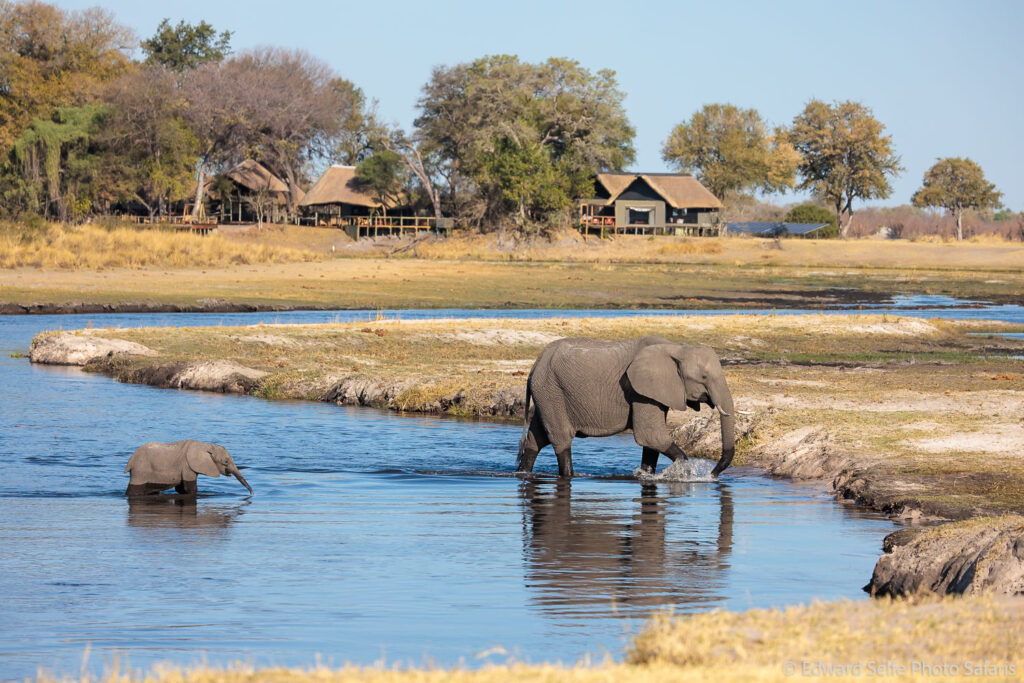
LAGOON CAMP
We started at the lovely Lagoon Camp in the Kwando Concession in northern Botswana, bordering Namibia. This is dry-country, and especially so this year with southern Africa’s drought biting hard. The emergence of elephants all day long from the forests to bathe and drink at the Kwando river gave us continuous entertainment, and in the evenings the dust combined with sunset light was very special.
Over 4 days, we patrolled the river near camp. Given that the inland areas were very dry and yielded few sightings, we focussed on the Kwando river. We enjoyed an interesting ongoing leopard story, where a leopardess had killed a baboon and moved it alternately from a big tree during the night, to keep it from lions, to a thicket by day to keep it from vultures and to protect her location. While she was there, we spent time with her cubs, with the two big male lions of the area, and with hundreds of elephants which descend on the floodplains in the afternoons. On our final evening, we found the resident lion pride but they were highly immobile and slept solidly until dark! In camp, there was a confiding African Barred Owlet which gave me some beautiful images one lunchtime, and on the final morning, we caught up with one of the resident lionesses with her tiny cubs. This was a brilliant 4 nights.
RRA DINARE
We started our safari directly from the airstrip at Santawani. Our guide advised that there was a coalition of 4 male cheetahs nearby and we would miss them if we checked in to camp before starting the safari. Easy choice. These 4 days were filled with action; following cheetahs (expertly tracked by our tracker Lake) and watching leopards in the treeline along the edge of the Gomoti River. We searched along the edge of the Gomoti all the way to the flanks of the famous Moremi Game Reserve, where we found a nesting pair of Dickinson’s kestrels, and enjoyed a superb backlit encounter with drinking giraffes. We spent a whole day with a lioness who was hunting alone in order to feed her cubs. She eventually ended the day empty handed, but we’d appreciated the chance to watch and see what it takes to pull off a solitary hunt – she was exhausted when she met the cubs again in the evening.
The camp was also fortunate to have a pack of wild dogs denning very close by; we spent many hours at the den site with the 17 adults and nearly 20 pups. At times it was hard to know where to look, let alone to photograph. Wild dogs are a highly threatened species and it was a privilege to spend as much time — often alone — at a den site with them.
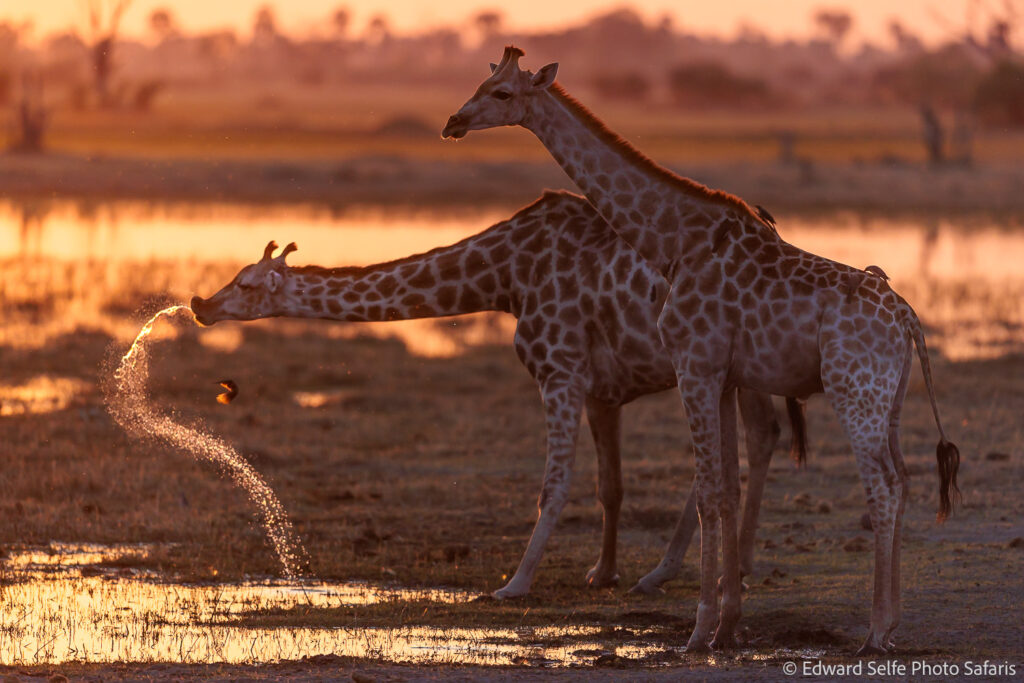
One particular encounter stands out in my memory; we had been watching a leopard and her cub for a couple of days. One morning, another female was mating briefly with a male and then the male disappeared. We followed the female and she gave us endless great viewing. We stayed with her as she patrolled until she suddenly started to scout around, apparently looking for something. Suddenly, another leopard dropped from a tree nearby, followed by a cub. The cub vanished into the bushes but the incumbent tree-dweller faced up to the intruding female and we watched as an hour of intense social interaction unraveled in front of us. The two leopards never came closer than 30m from each other, but the stress was evident from the generation of saliva in both their mouths. We believe we observed a chance encounter where a younger female on patrol picked up the smell of a carcass and went to investigate. An incumbent female was there feeding with her cub and was reluctant to give up their prize. Incredible memories.
SPLASH CAMP
I had stayed at Splash Camp in the past, and it has always given fantastic sightings. This visit was no different; the massive grasslands along the edge of the main channels that drain the delta are leaping with game and the predators follow. In our case, it was the wild dogs which were most in evidence; we saw a pack of adults with 11 pups on a daily basis as they terrorised the plains game on the short grass areas. Within an hour of the start of our first game drive, we were in hot pursuit of wild dogs chasing impala, and then regrouping to harass a warthog which repeatedly emerged from its burrow. The lions were residing in an area further from the camp, and we decided not to go after them since it was a long drive which would have eaten up a lot of our safari time; we didn’t miss out, as the dogs were superb throughout.
One morning, we took a boat safari into Moremi Game Reserve to visit a heronry at Gadikwe and see what wildlife we could find from the water. The heronry was wonderful with a constant stream of birds flying in and out with nesting material giving us repeated chances to try capturing photos of the birds on the move.
The stand-out sighting was likely the encounter between a pack of wild dogs and a mixed herd of wildebeest and zebra on the flood plains. We had been following the dogs during the morning and they seem to have settled. But then, without warning, one of the alphas rose and led an attack on the herd feeding nearby. It was extraordinary to watch; the herbivores immediately closed ranks gathering tightly together. But, while the zebras turned inwards to keep their rear hooves pointing towards the dogs, the wildebeest faced outwards keeping their horns pointed towards the dogs. By this point, all the adult dogs had joined the attack. But however hard they tried they couldn’t break it the ranks of the herbivores. Once a wildebeest broke away from the rest to chase the dogs giving the dogs an opportunity to surround the individual, but it quickly rejoined the herd before they could bring it down. The whole encounter lasted perhaps 15 minutes and was one of the most intense wildlife experiences I’ve ever enjoyed.
TAU PAN
After 12 days in the Delta, we were excited to explore the desert environments of the central Kalahari game reserve. After an hour and a half flight across the empty wastelands of central Botswana, we landed at Tau Pan in the northern part of the reserve. Flying in, it’s easy to believe that this habitat holds no game whatsoever. And it’s true, the density of life here is far lower than in the Delta. But given a bit of time and moving slowly through the dry scrubland, it becomes apparent that this is a rich and diverse habitat. As as well as as hosting large mammals like elephants, giraffes, lions and desert-adapted creatures like bat-eared fox, oryx and springbok, there is a multitude of bird life and smaller creatures like ground squirrels, tortoises, and snakes.
We loved learning about how large creatures managed to scrape out an existence in this dry area. Oryx and springbok are skilled at finding moisture-rich roots and tubers; and in doing so they often open up opportunities for other creatures to follow suit. Of course the black maned lions of the Kalahari were a major drawcard and we were lucky to see them on several occasions. But, unexpectedly, it was the vastness of the landscape, the unusual creatures and the complex interactions between species – which enable them to survive – which I found most memorable about this area.
The camp has an excellent water hole, just a few hundred metres in front of the main area, which brings wildlife in throughout the day. Large flocks of birds visit in the mornings, elephants bathe at lunchtime, and the lions dominate the water hole in the evenings. We spent many hours at the water, watching, waiting, observing the relationships between species. Just as the numbers of doves coming to drink reached a climax, so a dark chanting goshawk would sweep in and snatch one.
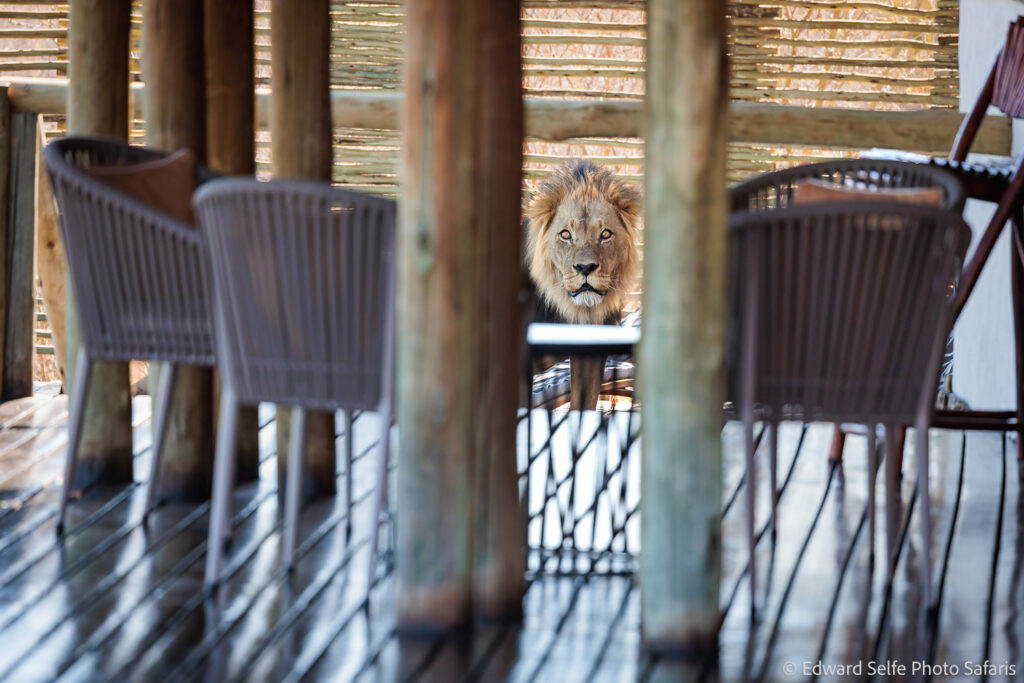
But it was the adventures of our second night that stay most of my memory. Lions have been calling nearby and we’d listened to them all through dinner. It seemed the new male was keen to mate with one of the females….and wanted to do so underneath the chalets! All through the night we were treated to the sounds of mating and of the lion’s territorial calls. By the time breakfast came around, they had settled themselves on the stairs of one of the guests chalets! We managed to extract the guests through another entrance by which time the lions had moved round and were sleeping next to the swimming pool. Particularly the male was not very keen on our company and repeatedly charged while we drank our morning coffee. Only once before have I experienced “lions in camp” in quite this way and it was certainly something which will stay with me for years to come.
CAMP KALAHARI – MKGADIKGADI SALT PANS
Our final destination of the trip was Camp Kalahari on the edge of the salt pans. This is a truly extraordinary area transforming from an extensive series of dry salt pans in the dry season to a lush, rich, muddy, green paradise in the rains. We had chosen to visit this area for two main reasons: firstly to experience such an unusual environment and secondly to spend time with the habituated meerkats.
It was hot, dry and dusty making the pumped water holes very attractive to local wildlife. Large birds of prey cooled their legs in the water while long lines of zebra and wildebeest arrived to drink. One morning we drove out to spend time on the vast flat salt pans, watching as herds of wildebeest traversed across the crispy surface to reach the shade of the nearby woodlands.
Two major highlights remained with me from our time at Camp Kalahari. The first was without doubt, the chance to spend time with busy, industrious troops of meerkats. Our first meerkat visit was with a family that had very young pups. They had only recently emerged from the burrow and were not yet travelling with the troop in search of food during the day. So after an extended period of socialisation, grooming and greeting, three of the adults departed leaving the alpha male with all the pups. Photographing meerkats is hard work! In order to show them at their best you have to be on your hands and knees or, better, lying flat on your front! During our morning with the troop we were fortunate to observe wonderful behaviours including the alpha male carrying one of the pups in his mouth.
In the afternoon, we visited a different troop, this time without any pups. This meant that the whole troop were out foraging giving us more opportunities to observe their digging and feeding behaviour. Their sense of smell is extraordinary; once they locate something, even if it is far below the surface, they start to dig vigourous, stopping only when they have unearthed the grub,spider or food morsel that they detected. They are small creatures, but they managed to dig very rapidly and create huge clouds of dust. Shooting against the sun creates a very dramatic, atmospheric images at this time. Finally, the whole troop arrived back at the overnight burrow where two of them stood century until the sun finally set.
For me, this was a major highlight of the trip and something that I very much enjoyed sharing with my guests.
Botswana has extraordinary wildlife which, in most cases, is highly habituated. Combined with excellent camps, brilliant logistics and efficient flights connecting together all the areas that you might wish to visit, the country offers one of the best safari experiences anywhere. It was a pleasure to spend time in the wild areas of Botswana and particularly to have time in both the super-abundant Okavango Delta and the dry and challenging Kalahari desert. In both areas the accessibility of nature, and all its intricacies, is vividly on show for visitors to enjoy.
Kwando Safaris gave us a very special safari. Throughout, their guides, management and hospitality teams allowed us to prioritise safari and enjoy a first class Nature experience. I will be leading a Safari to Kwando in December 2024 and I have more safaris with Kwando planned in 2025 and beyond. I highly recommend them for their blend of authenticity and comfort as well as for offering a competitively-priced safari option in Botswana.

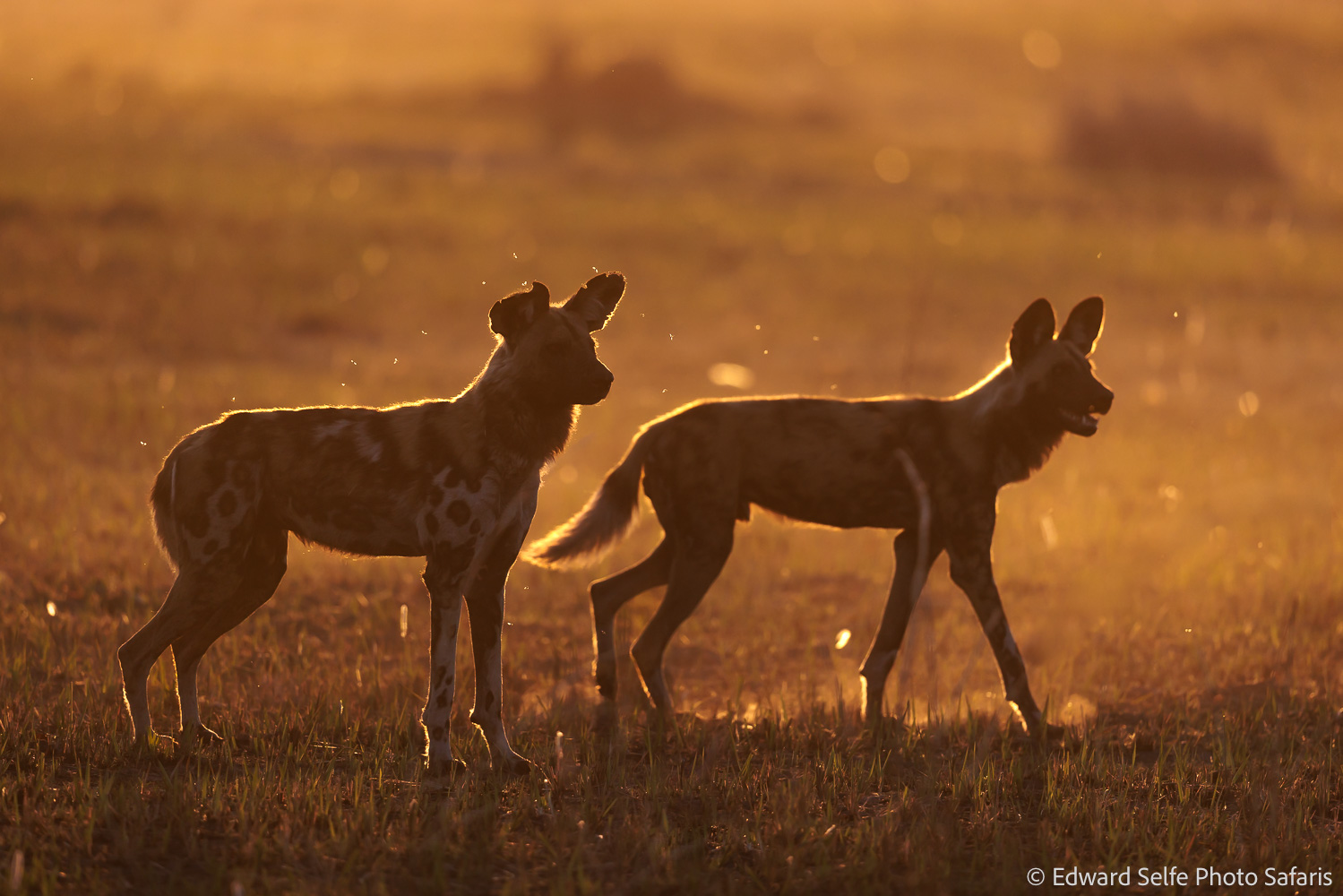
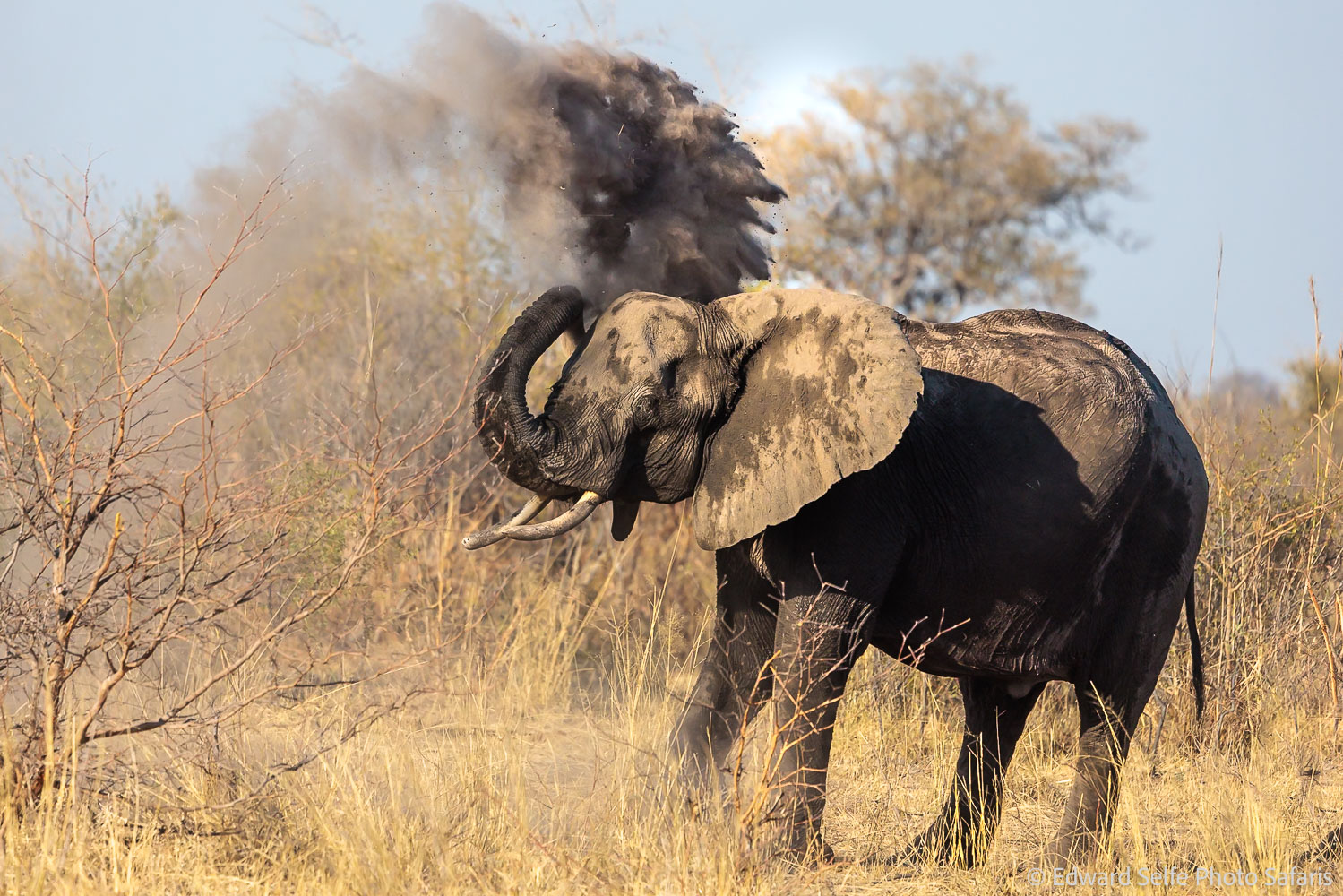
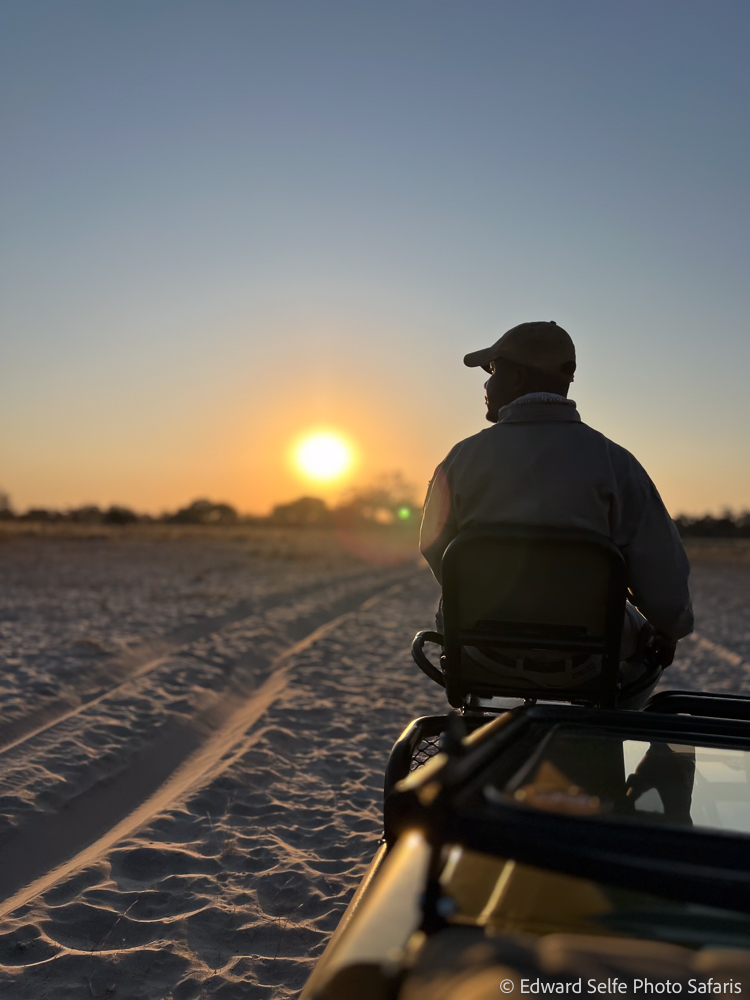
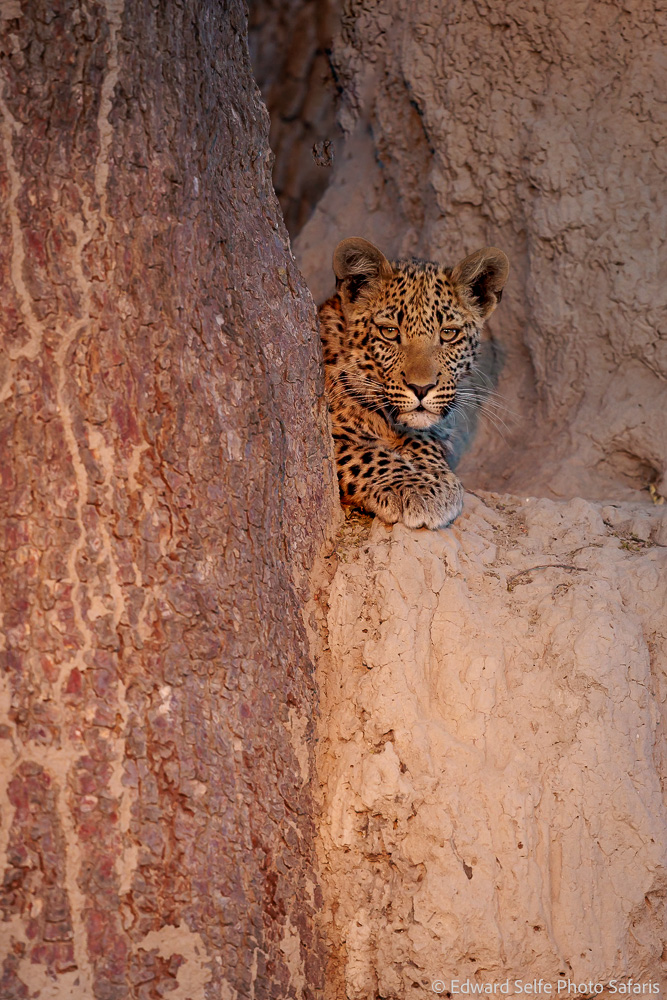
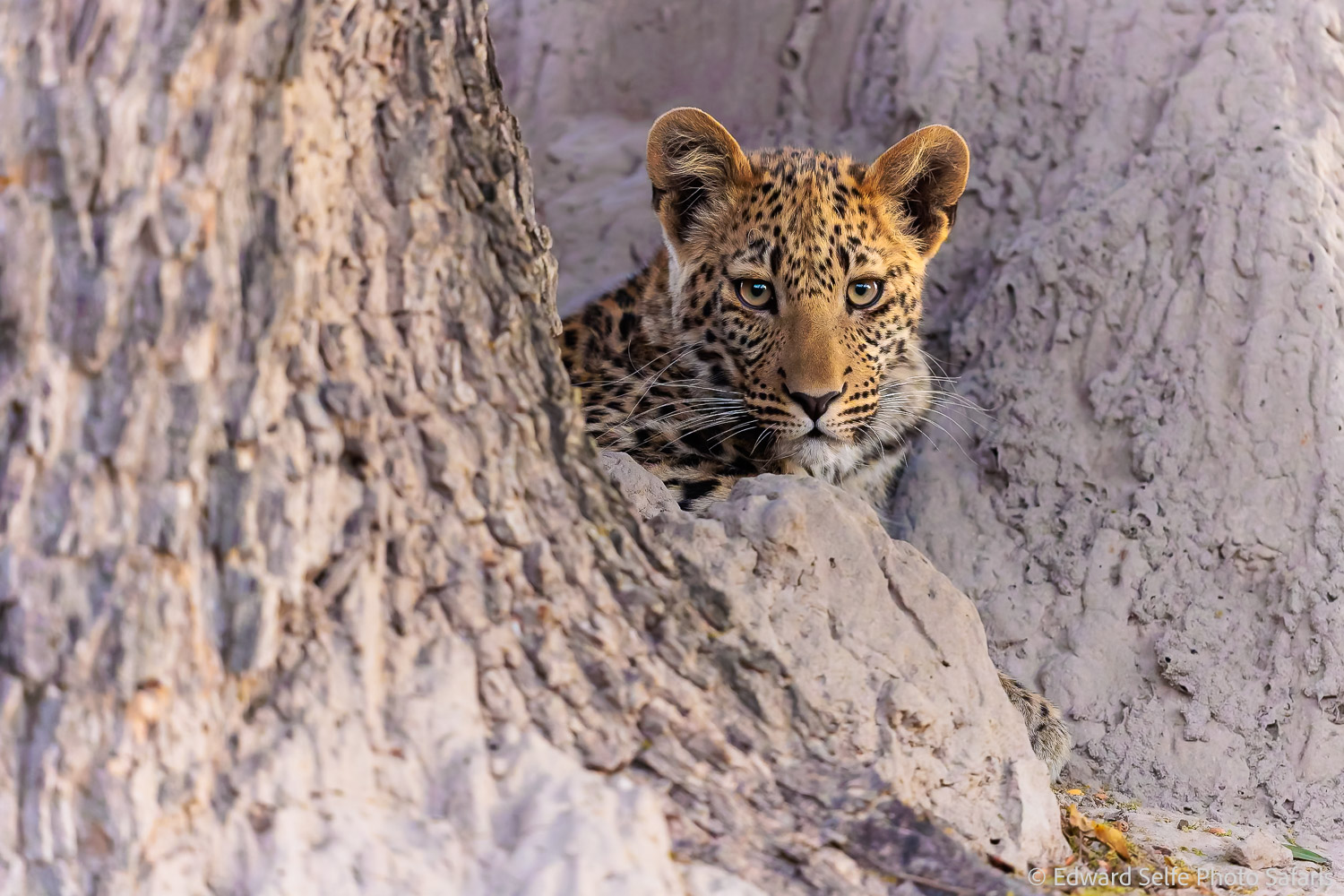
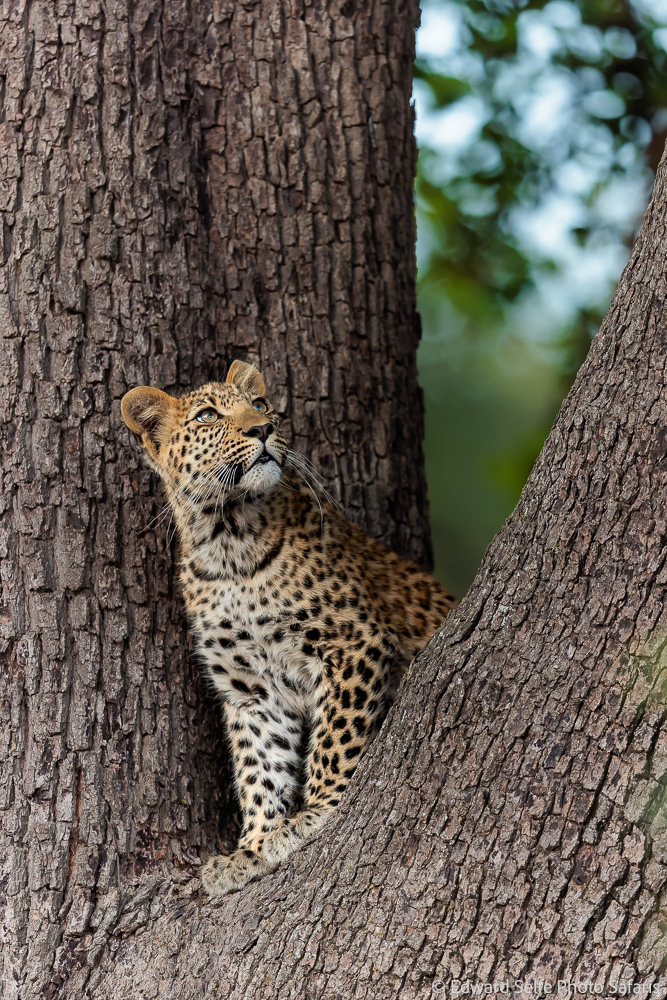
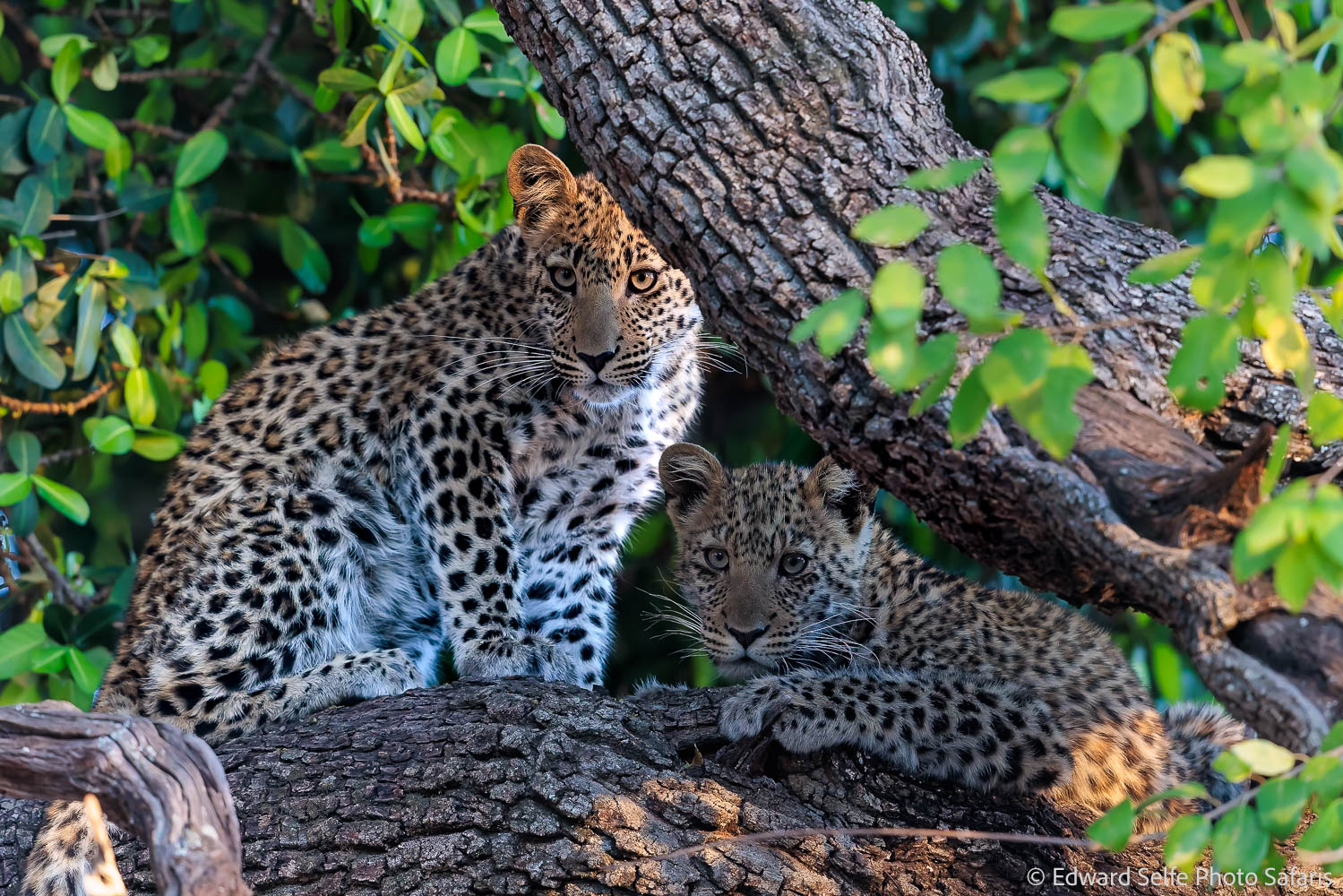
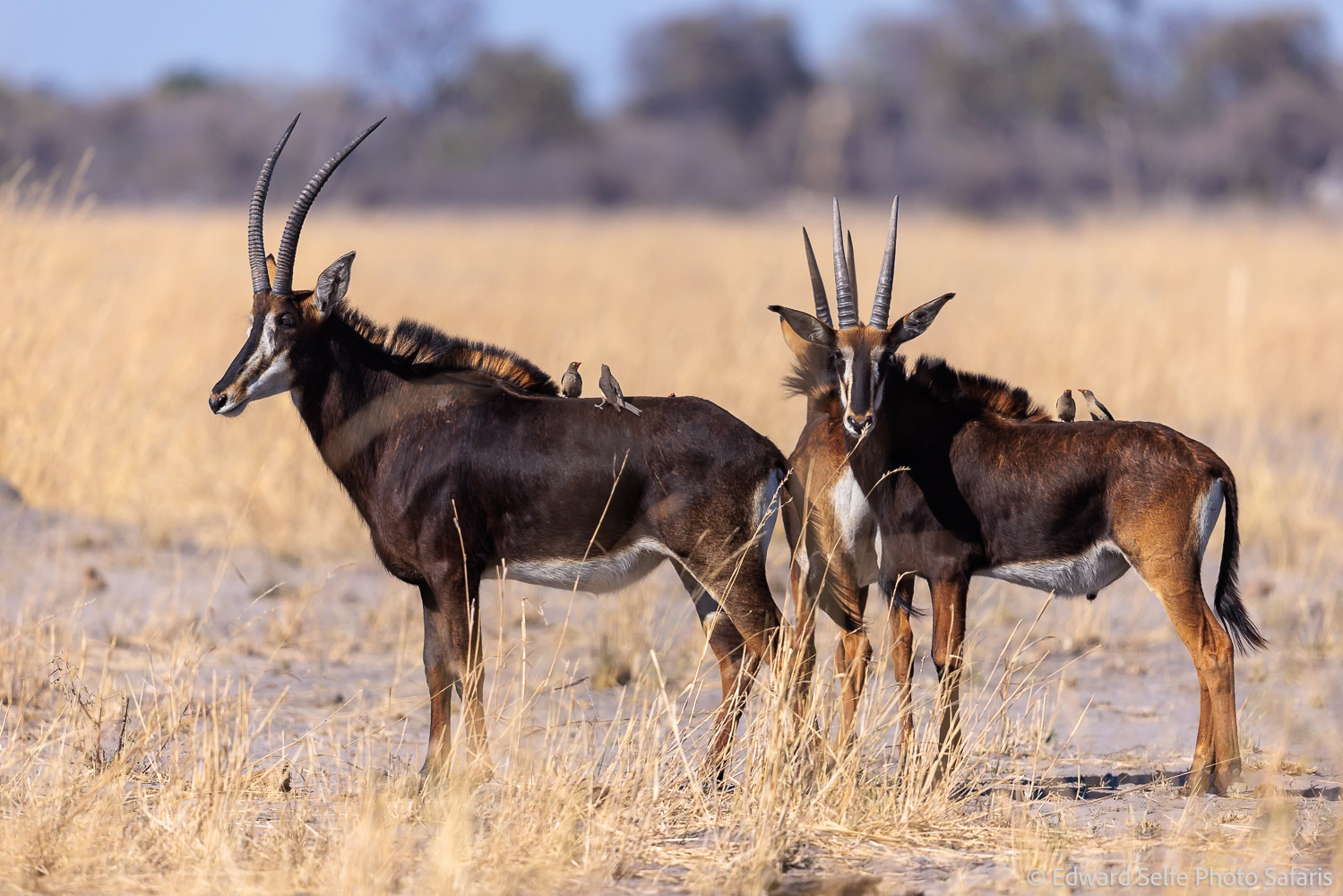
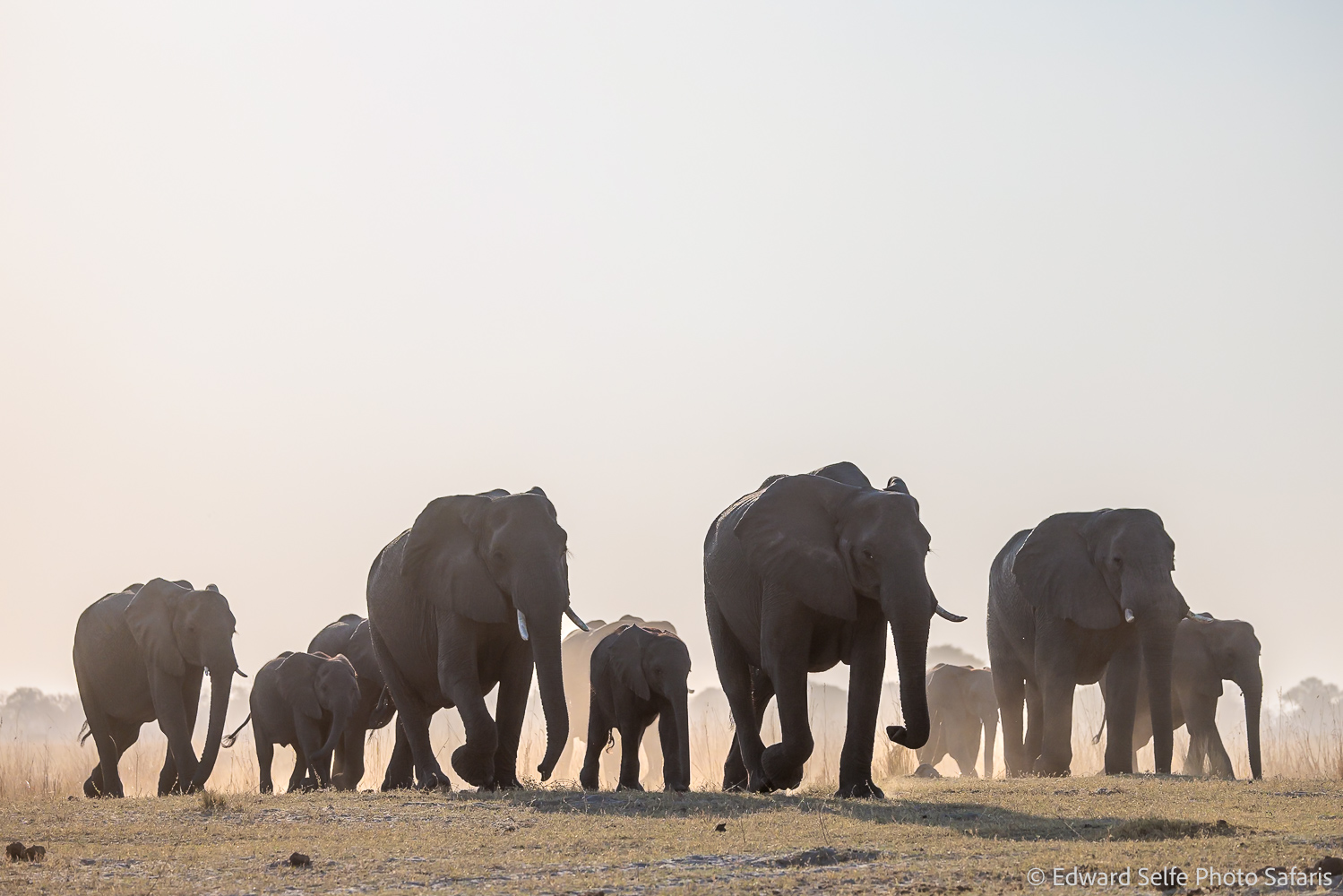
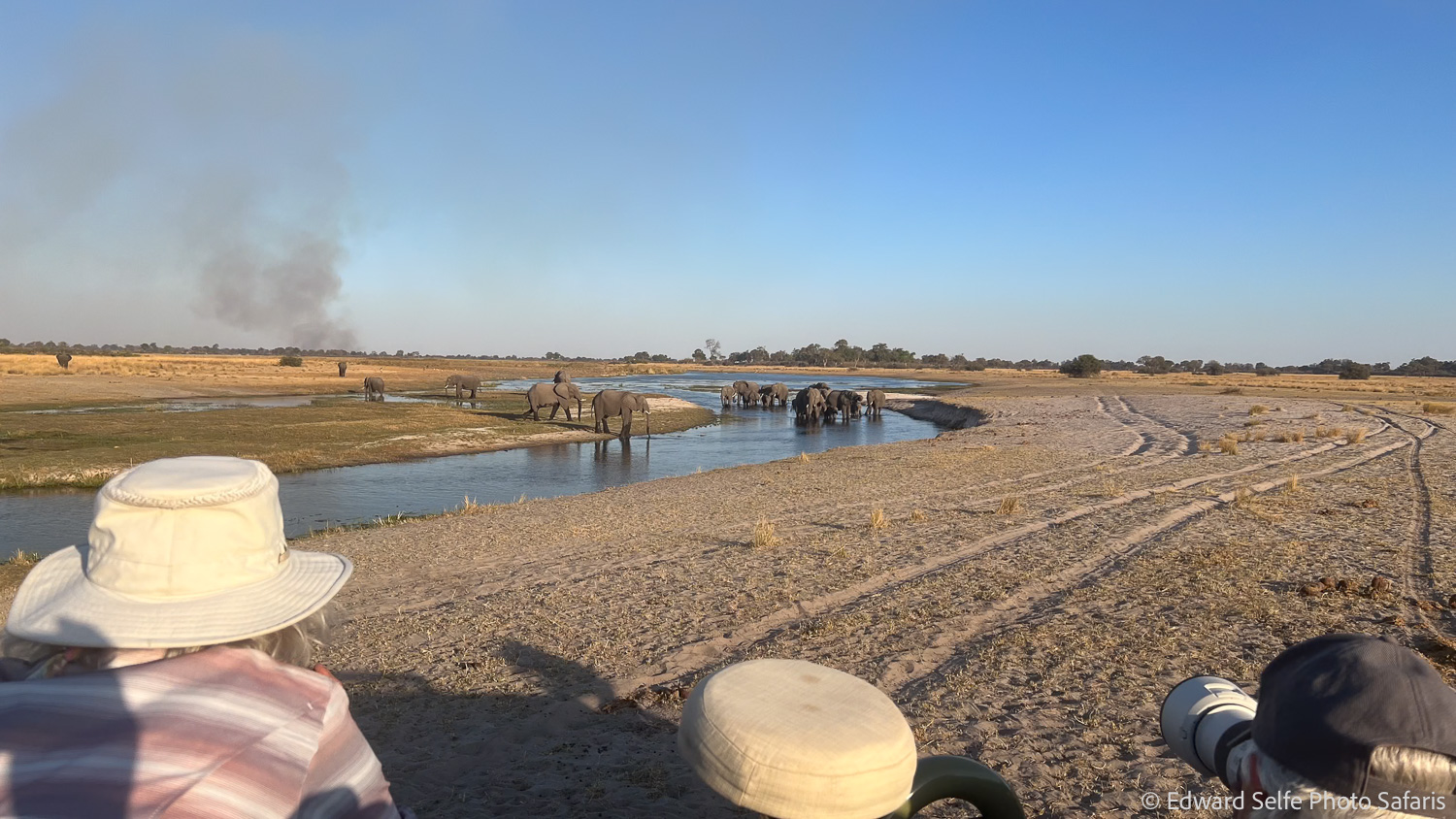
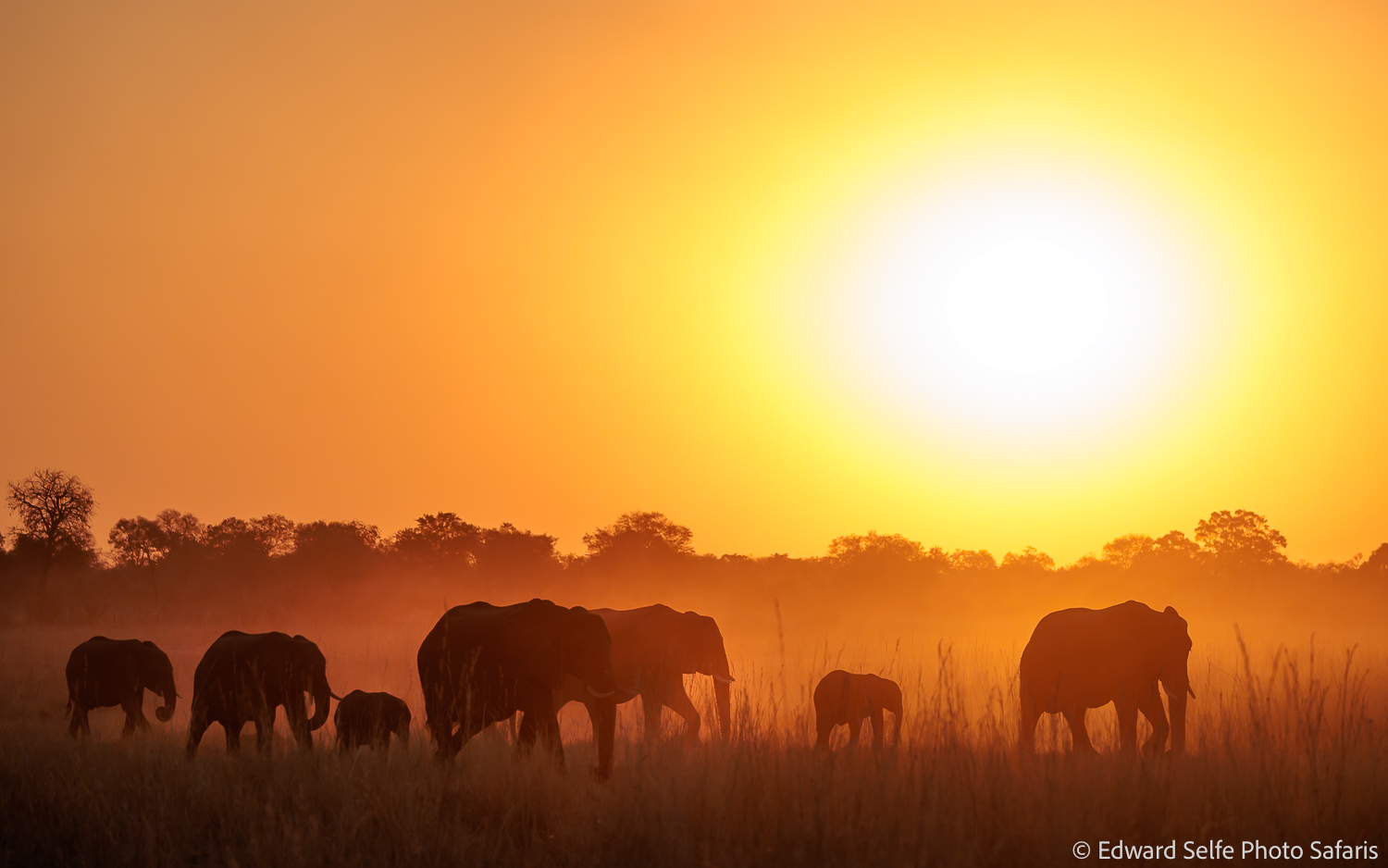
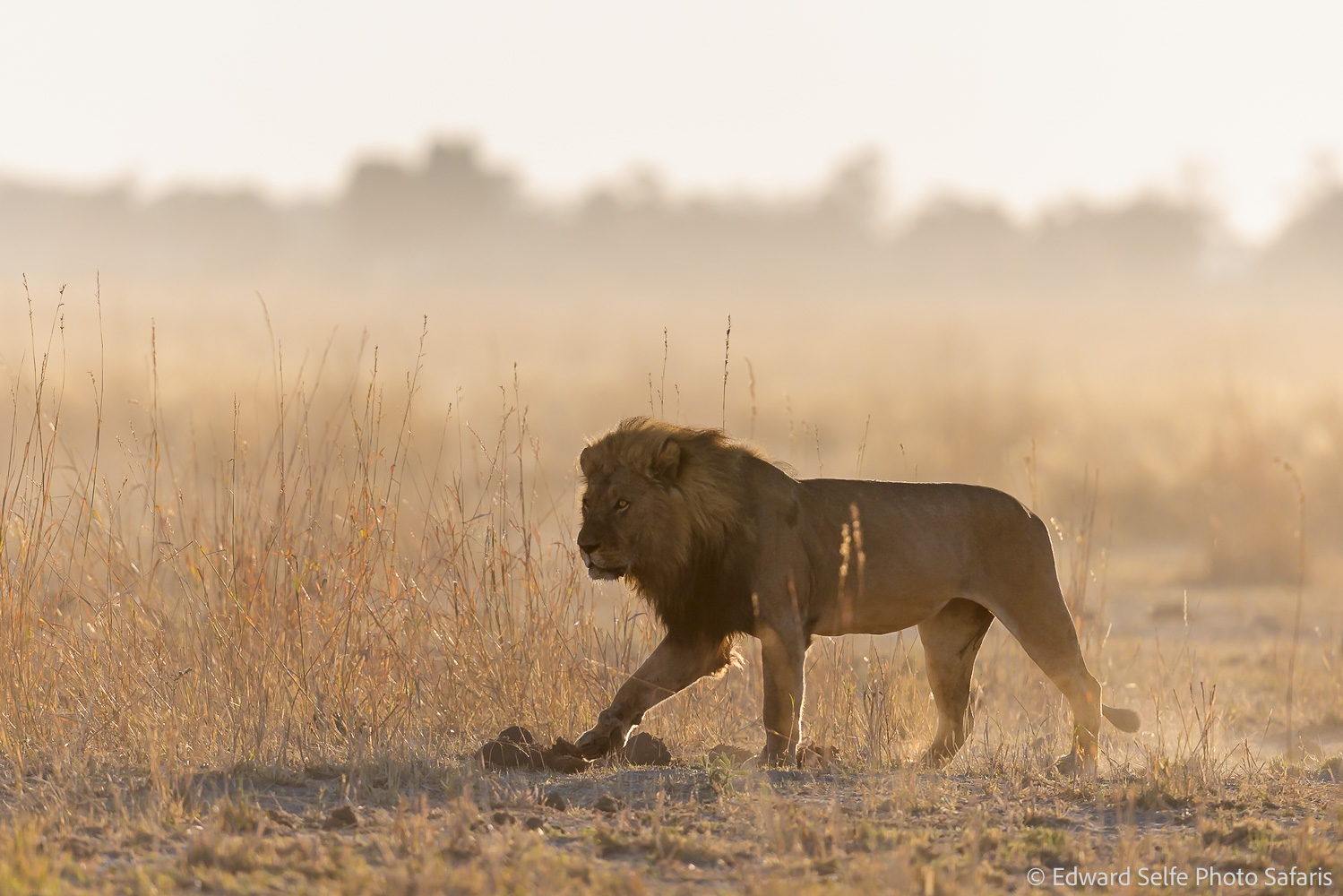
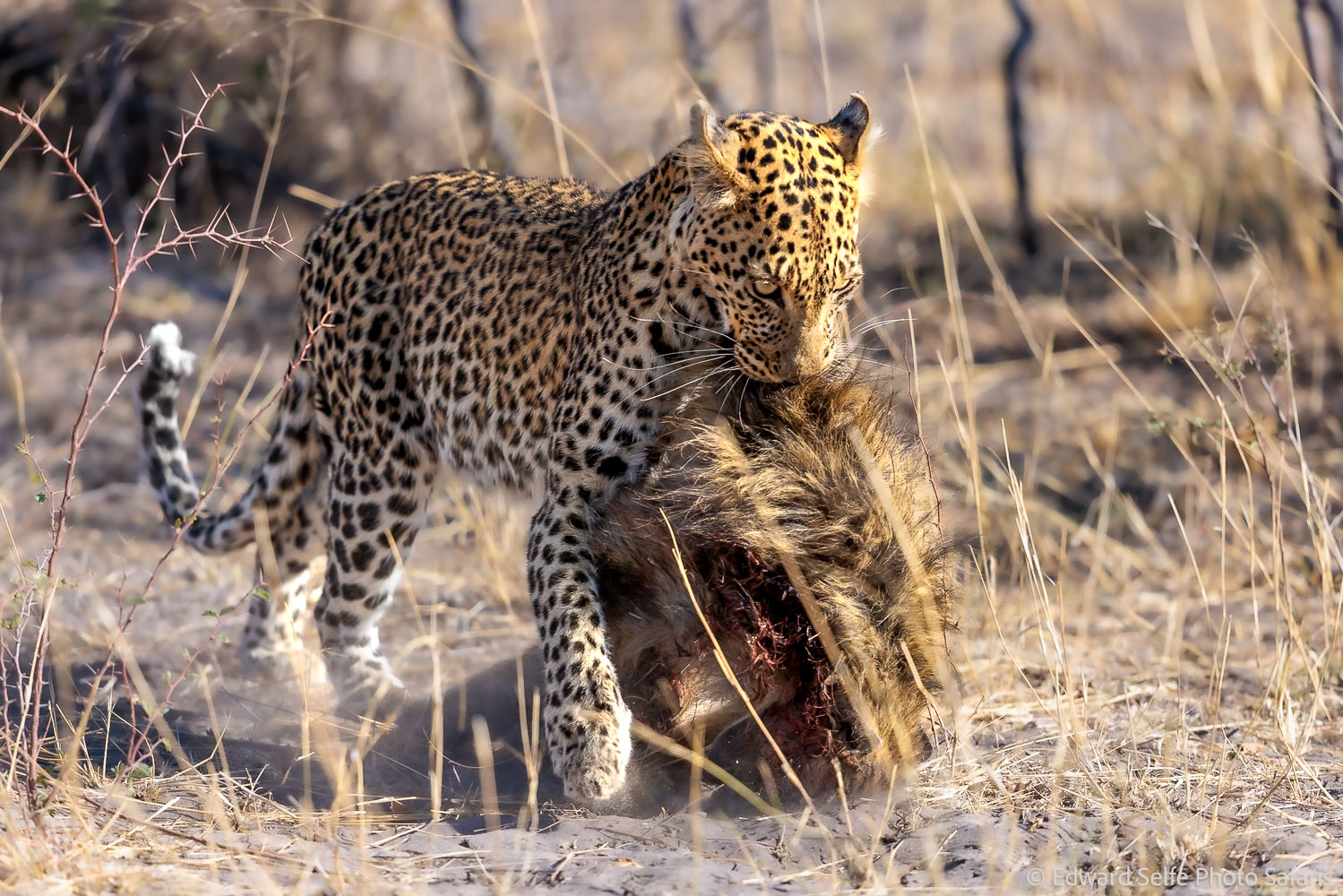
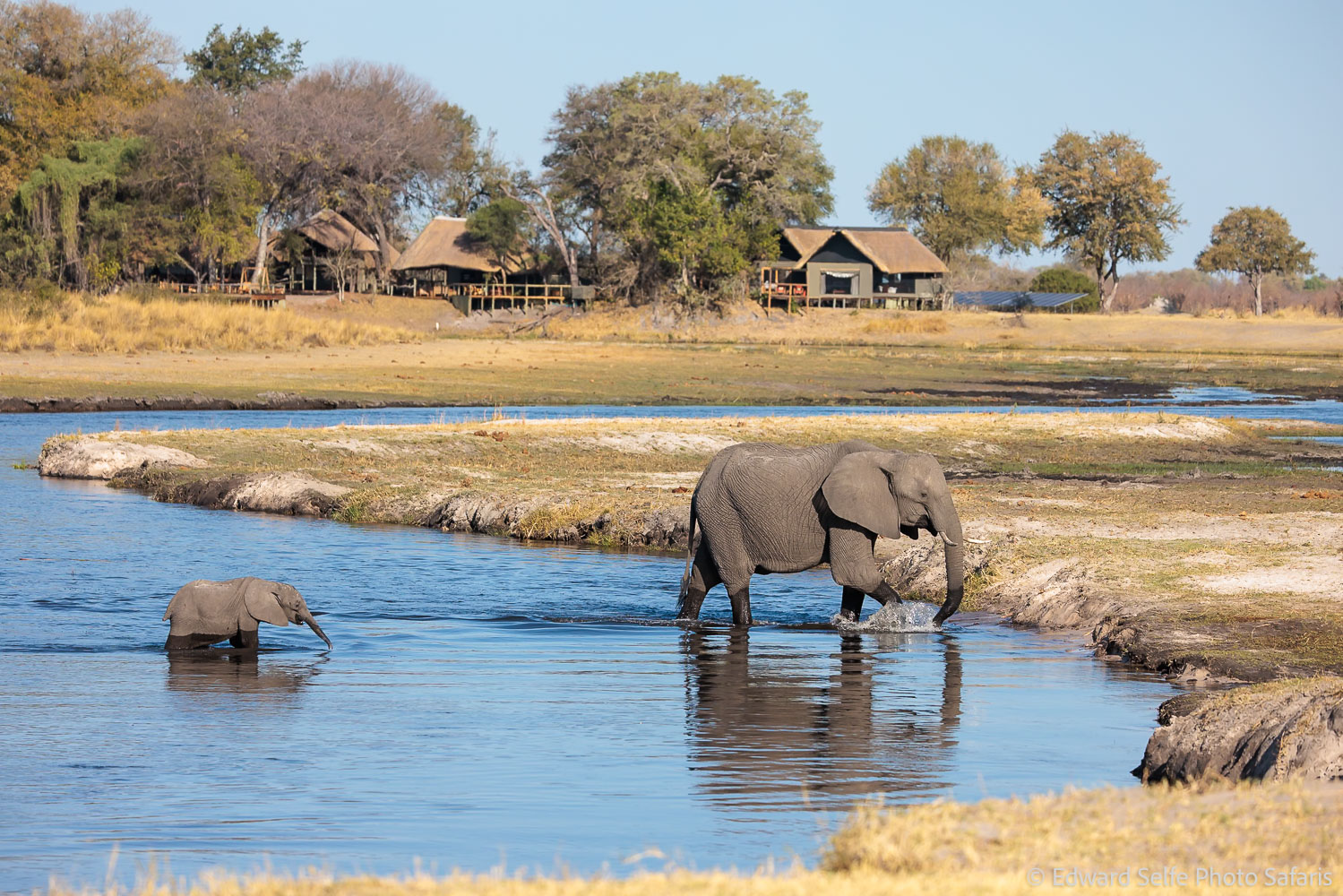
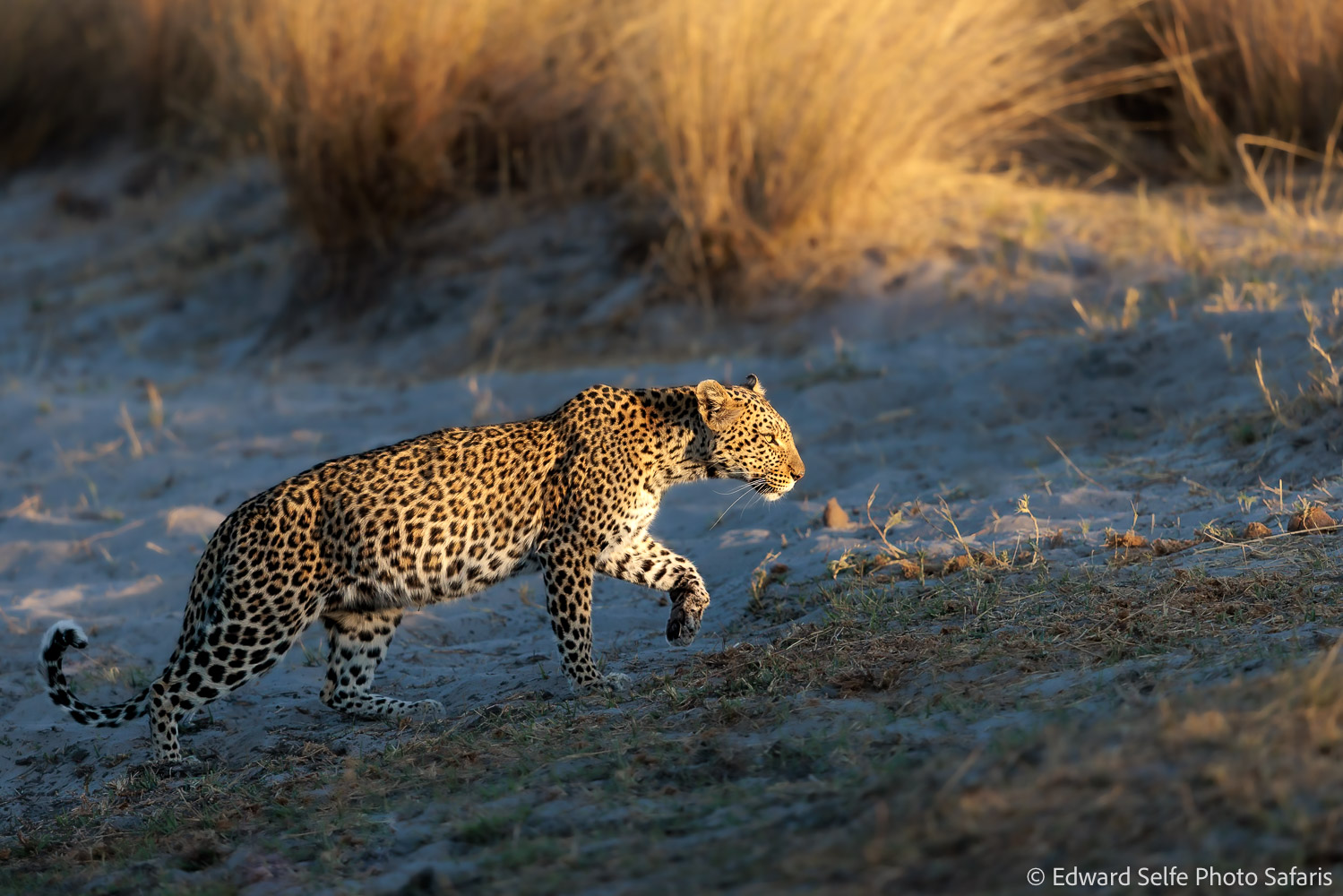
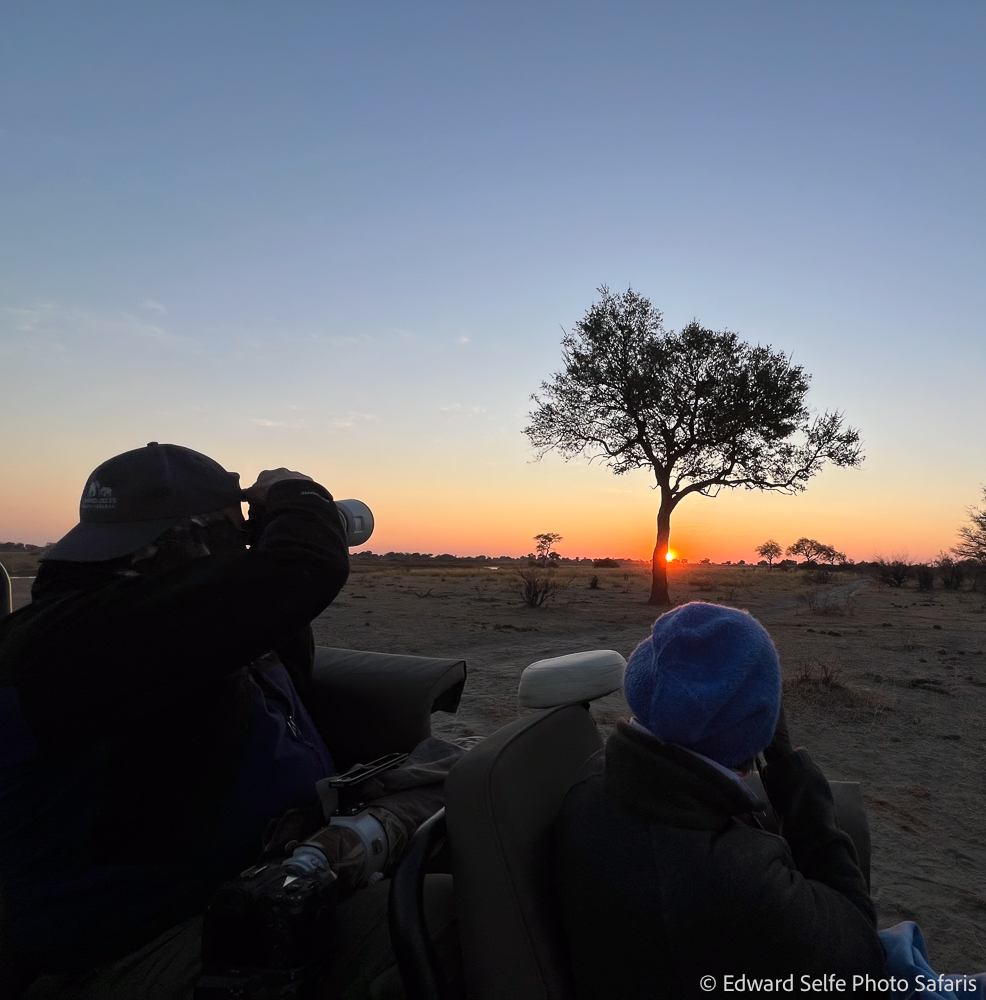
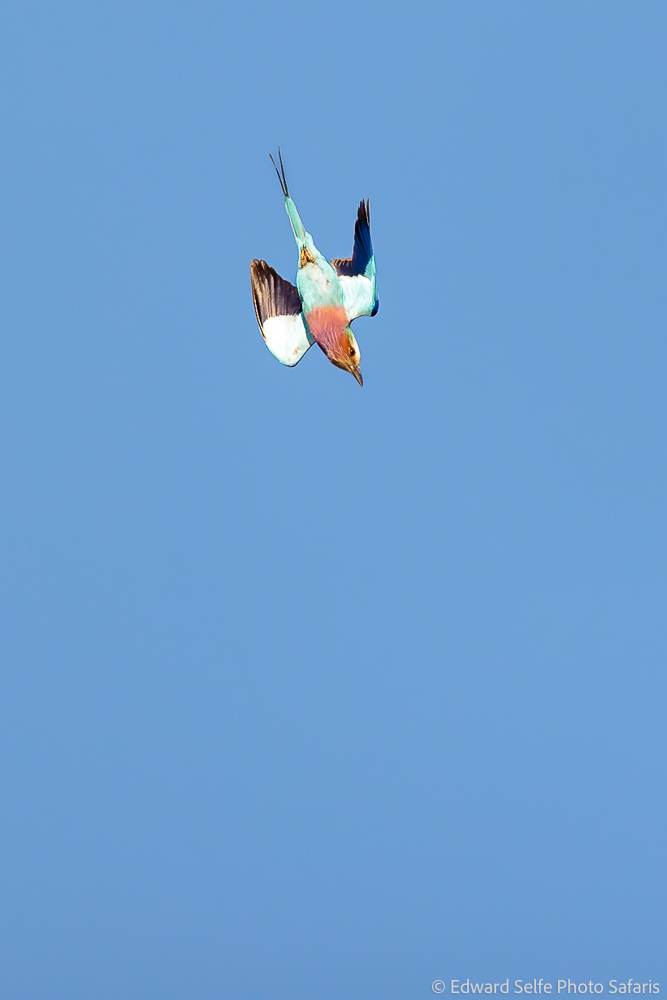
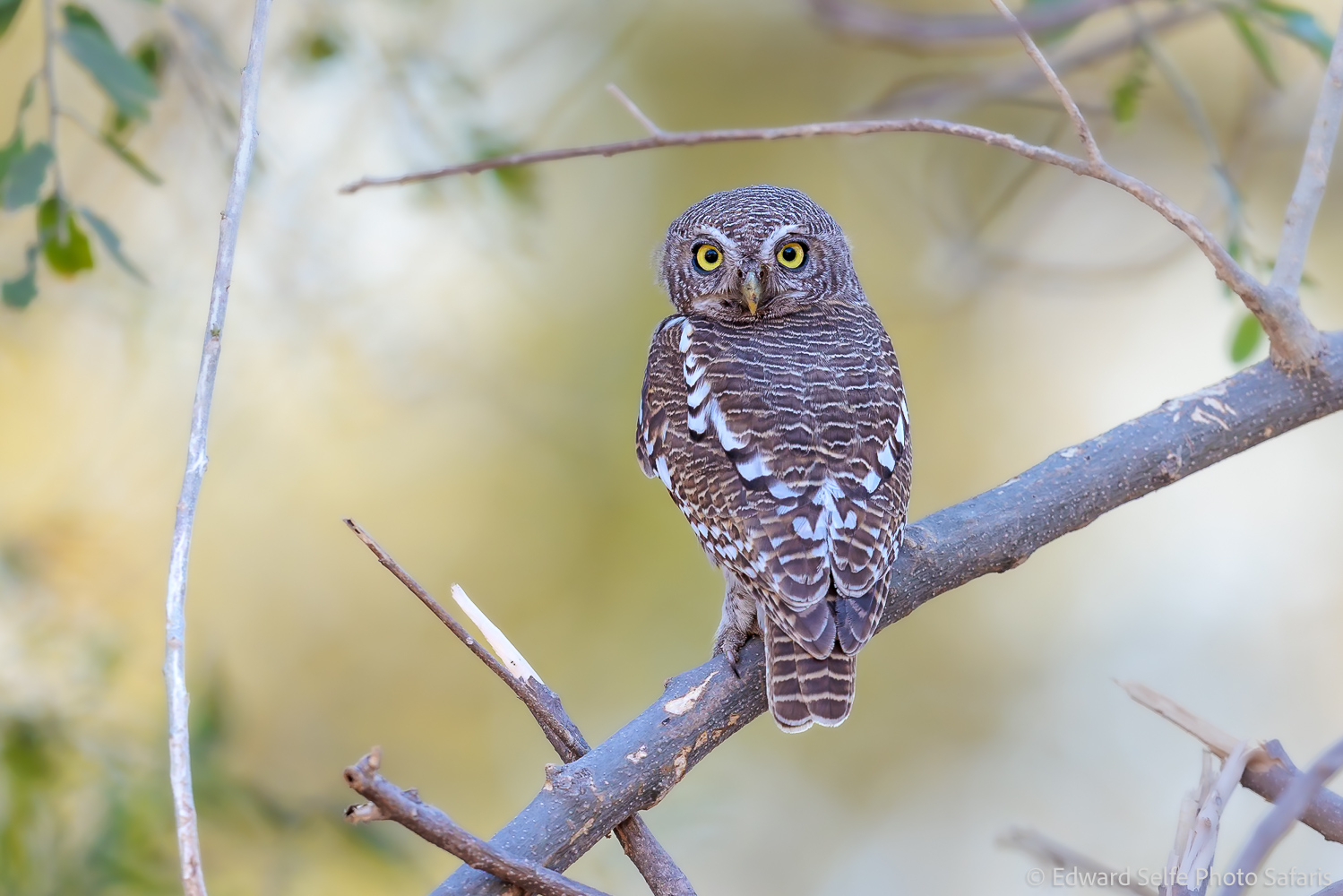
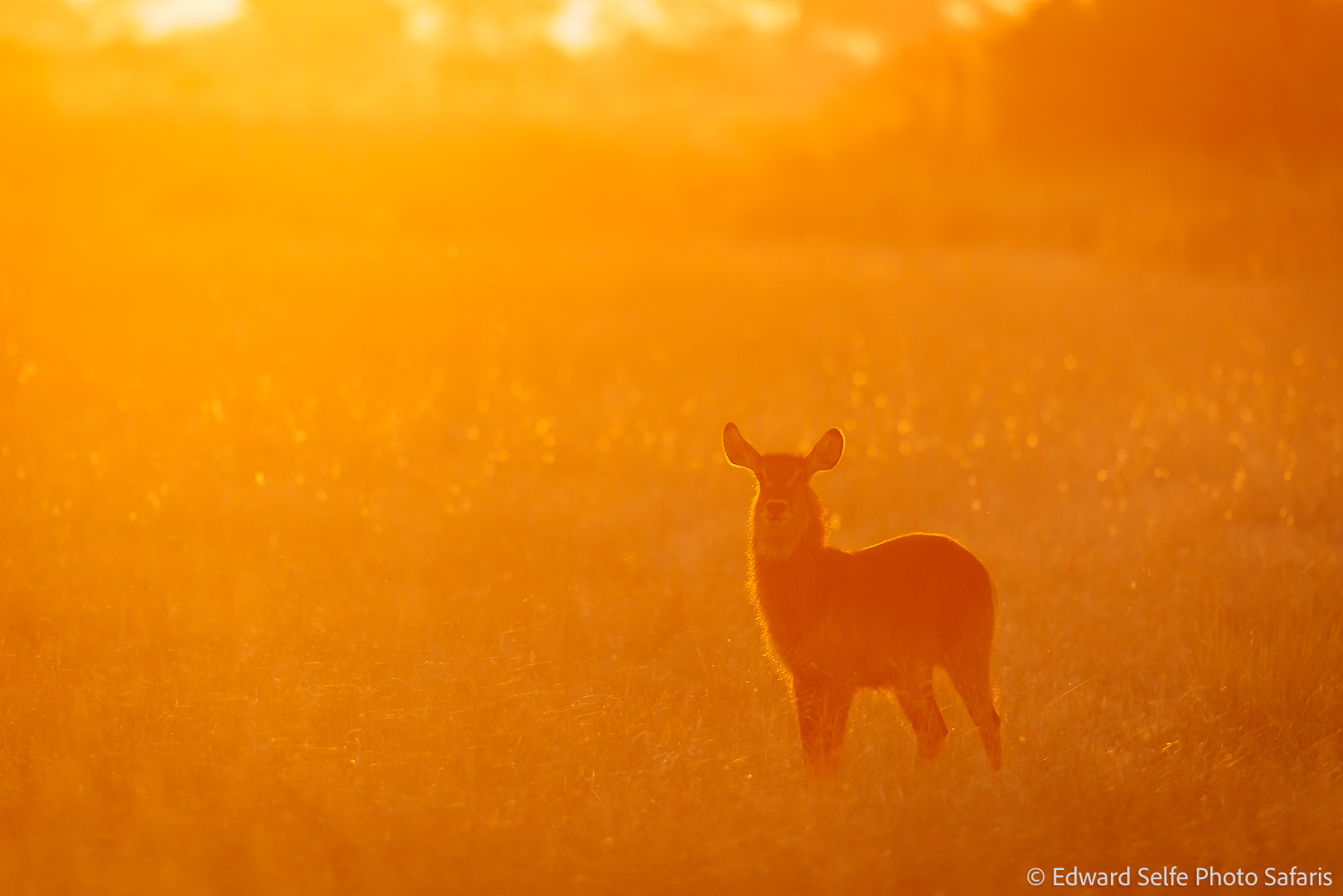
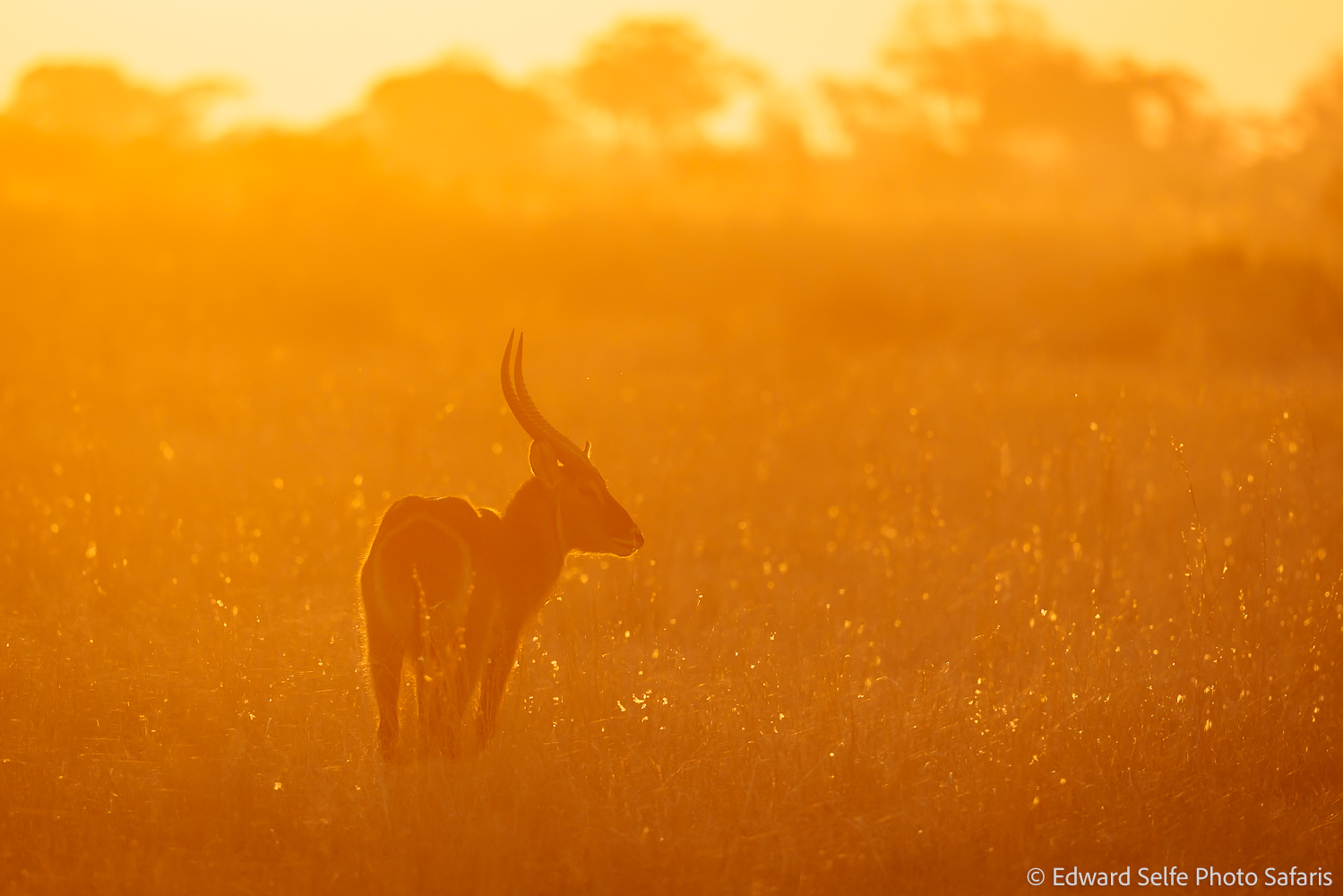
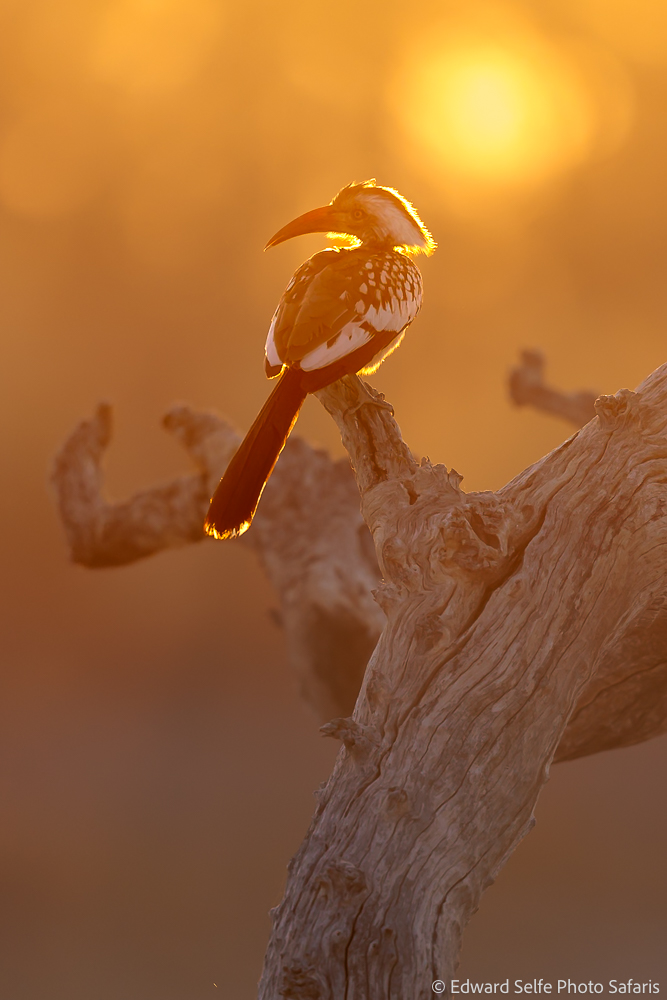
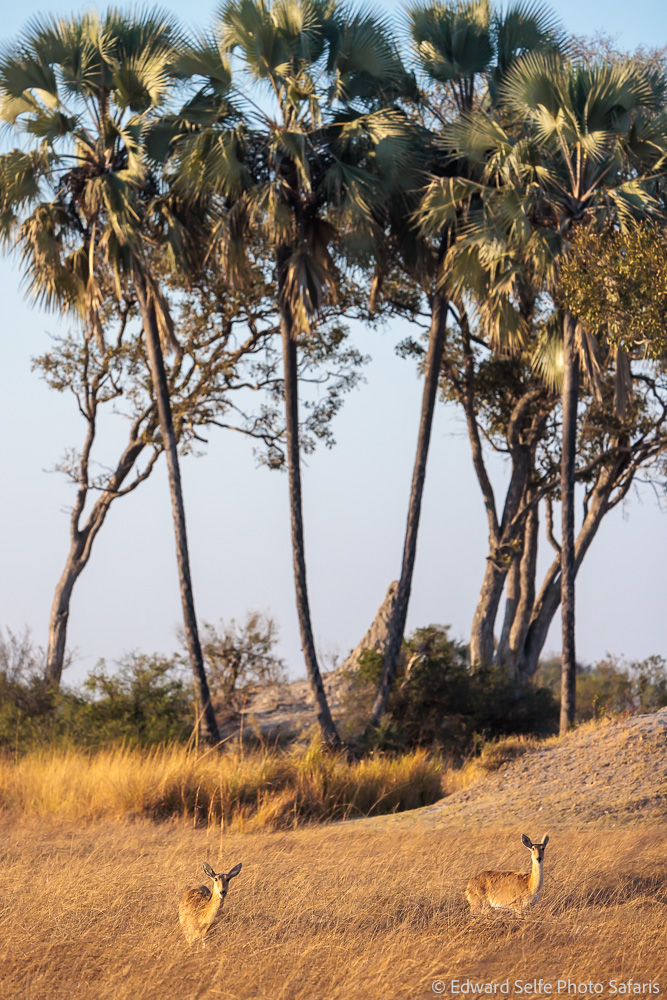
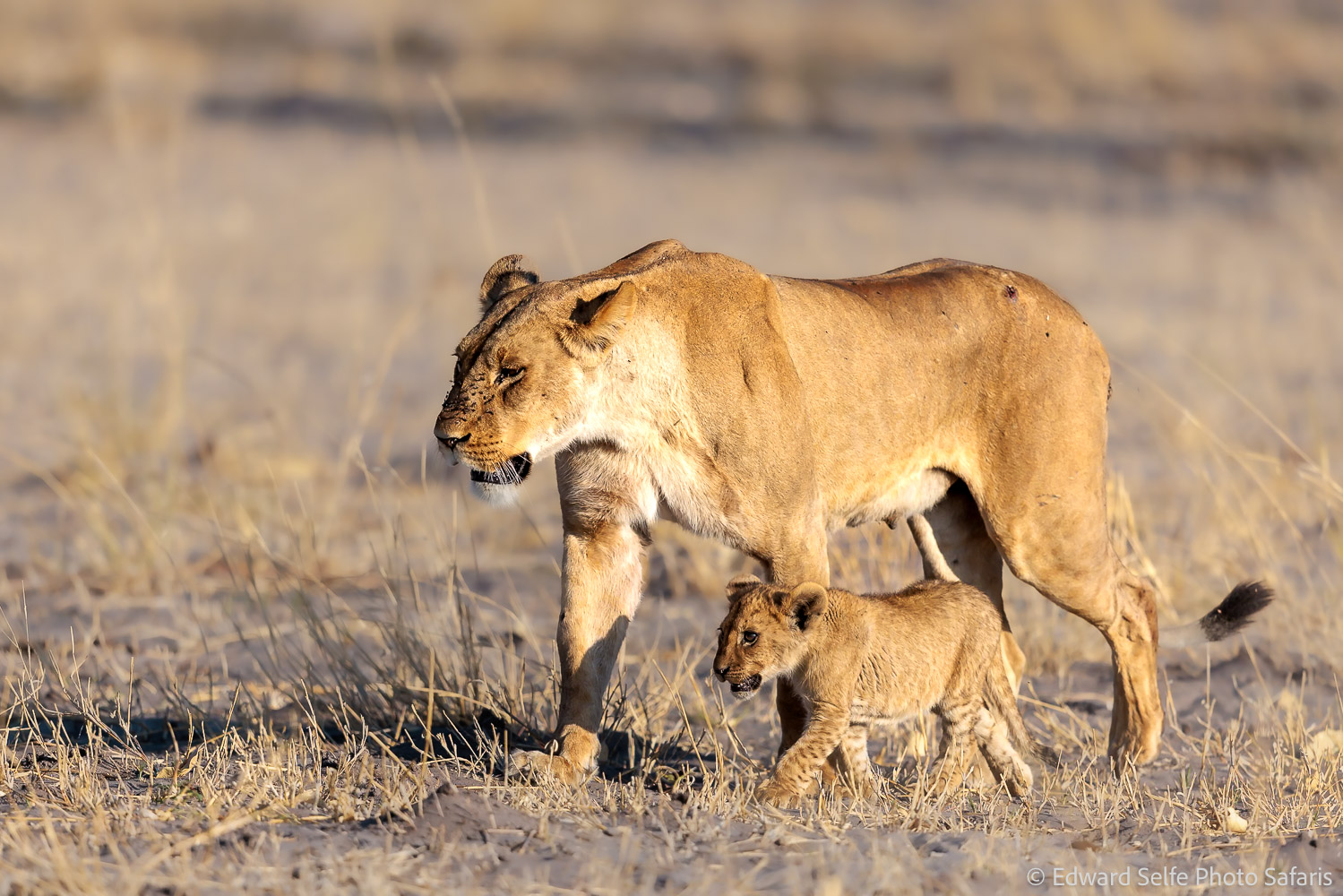
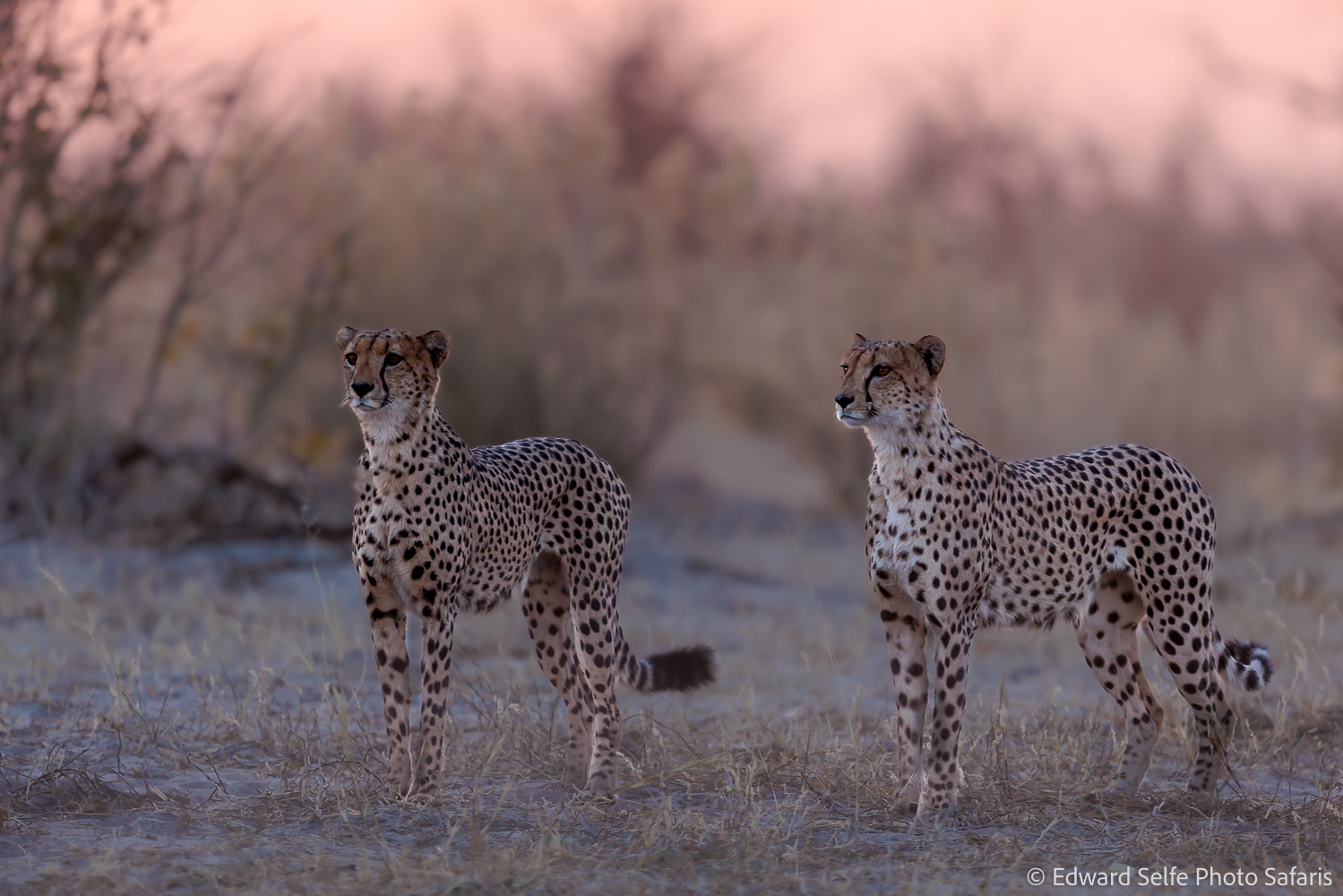
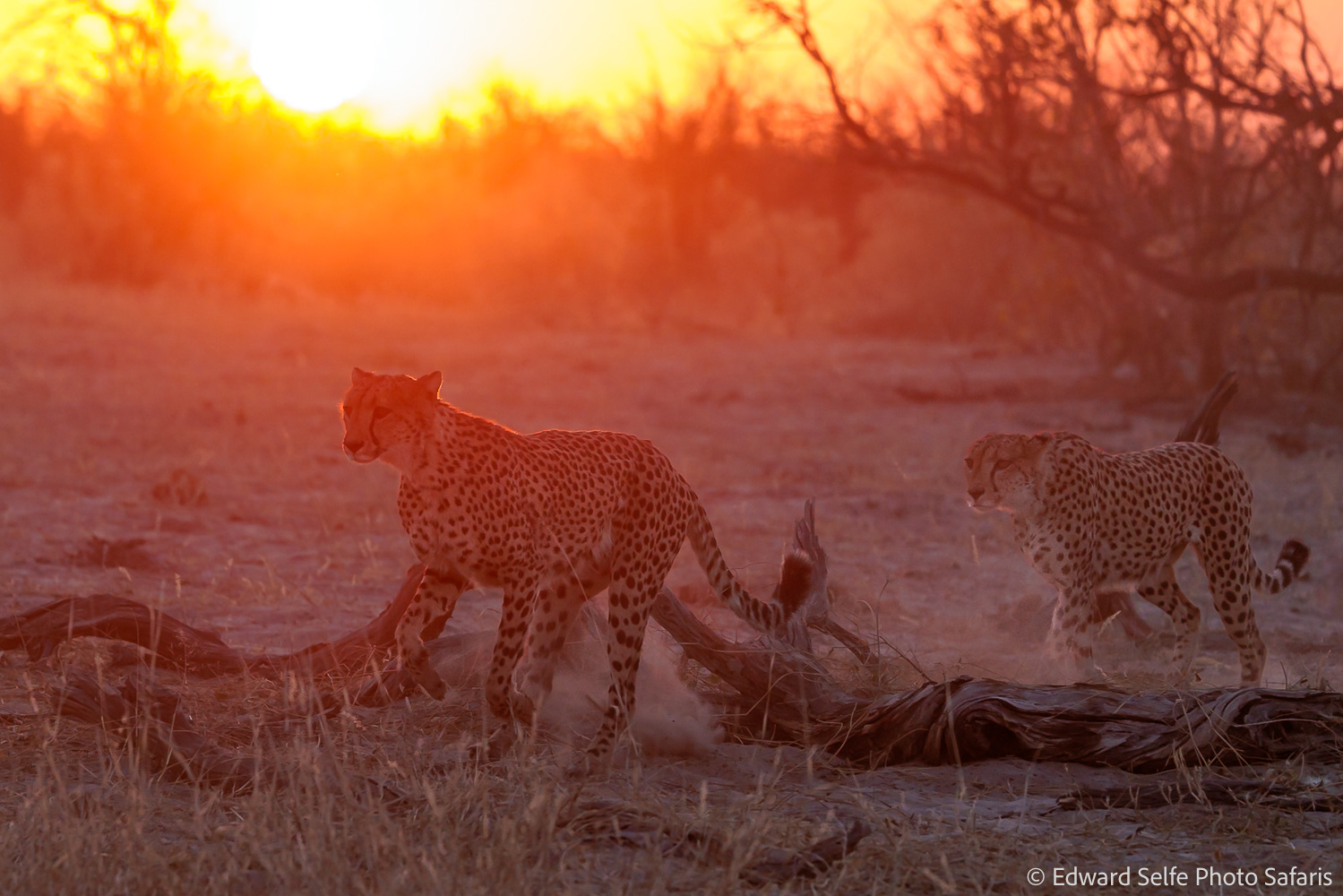
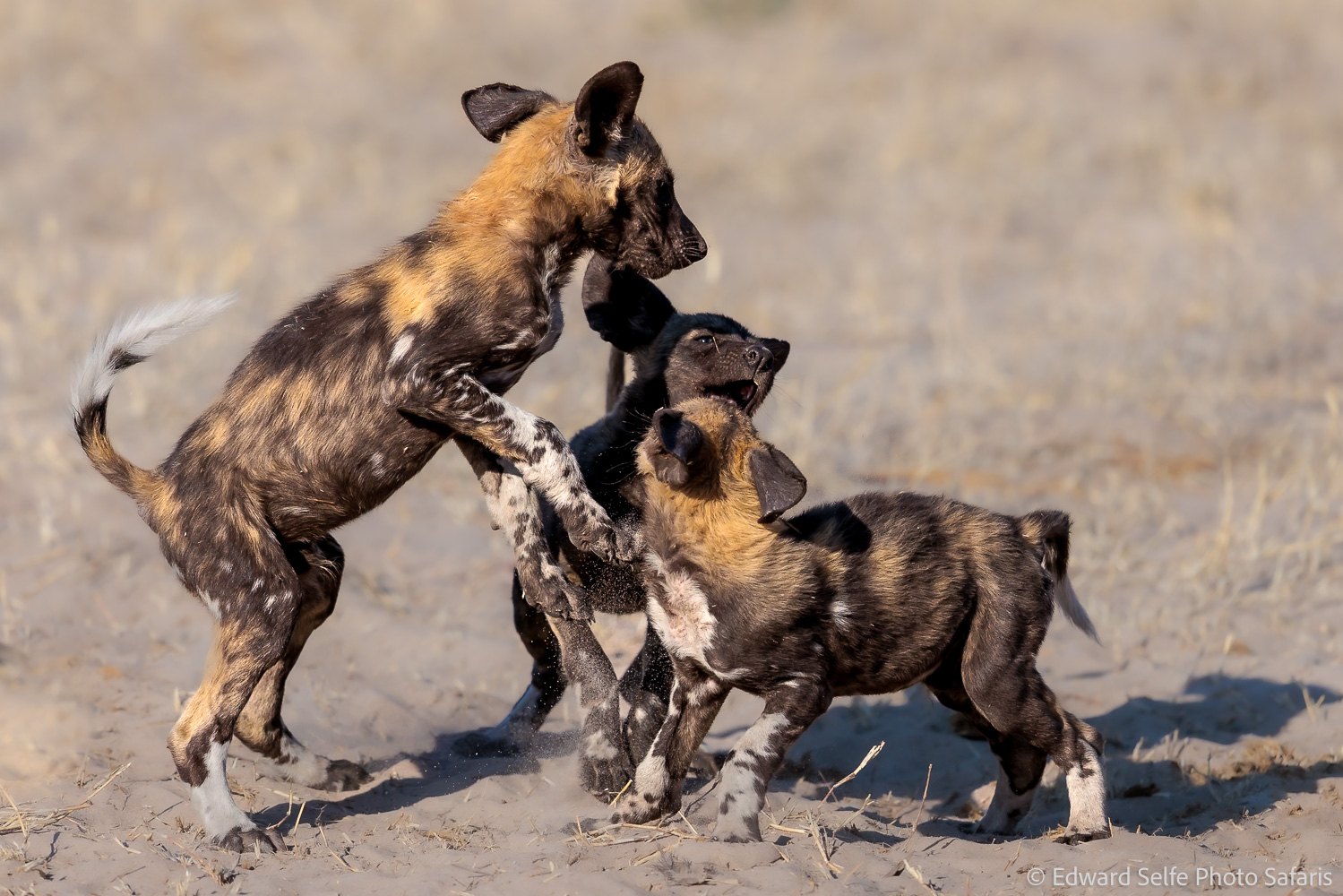
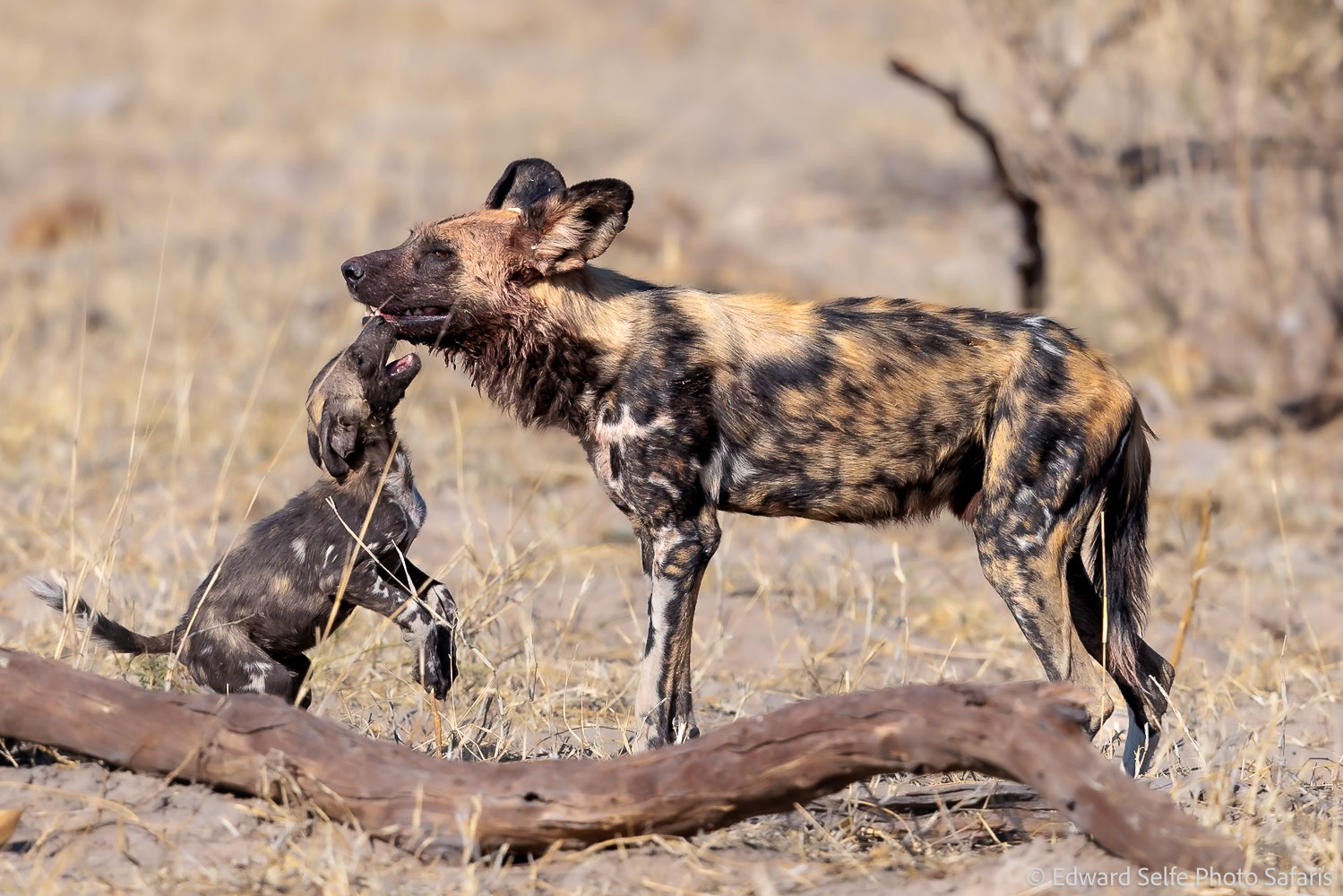
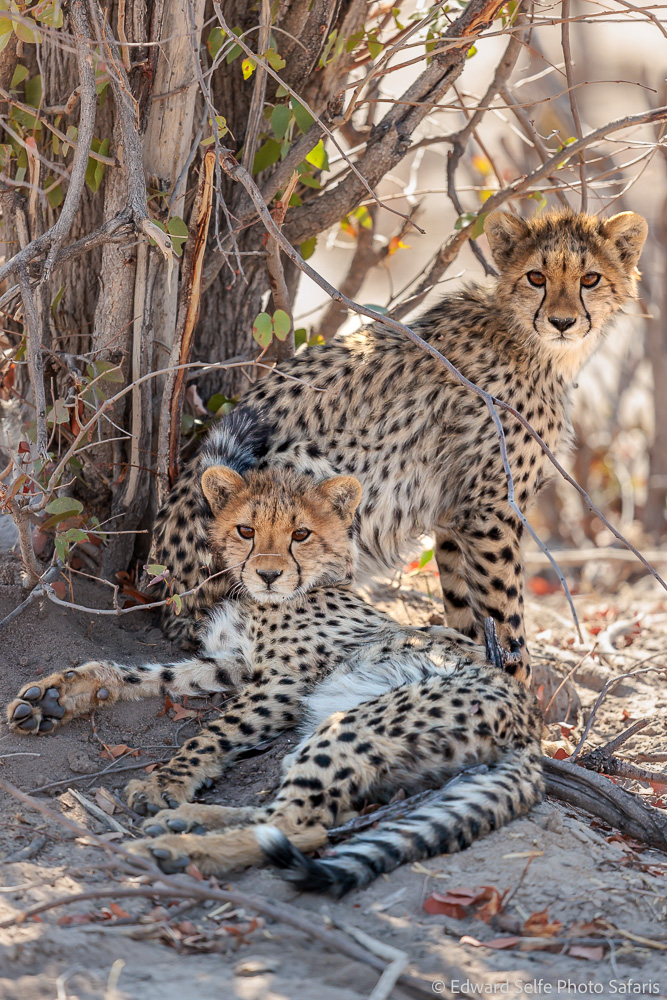
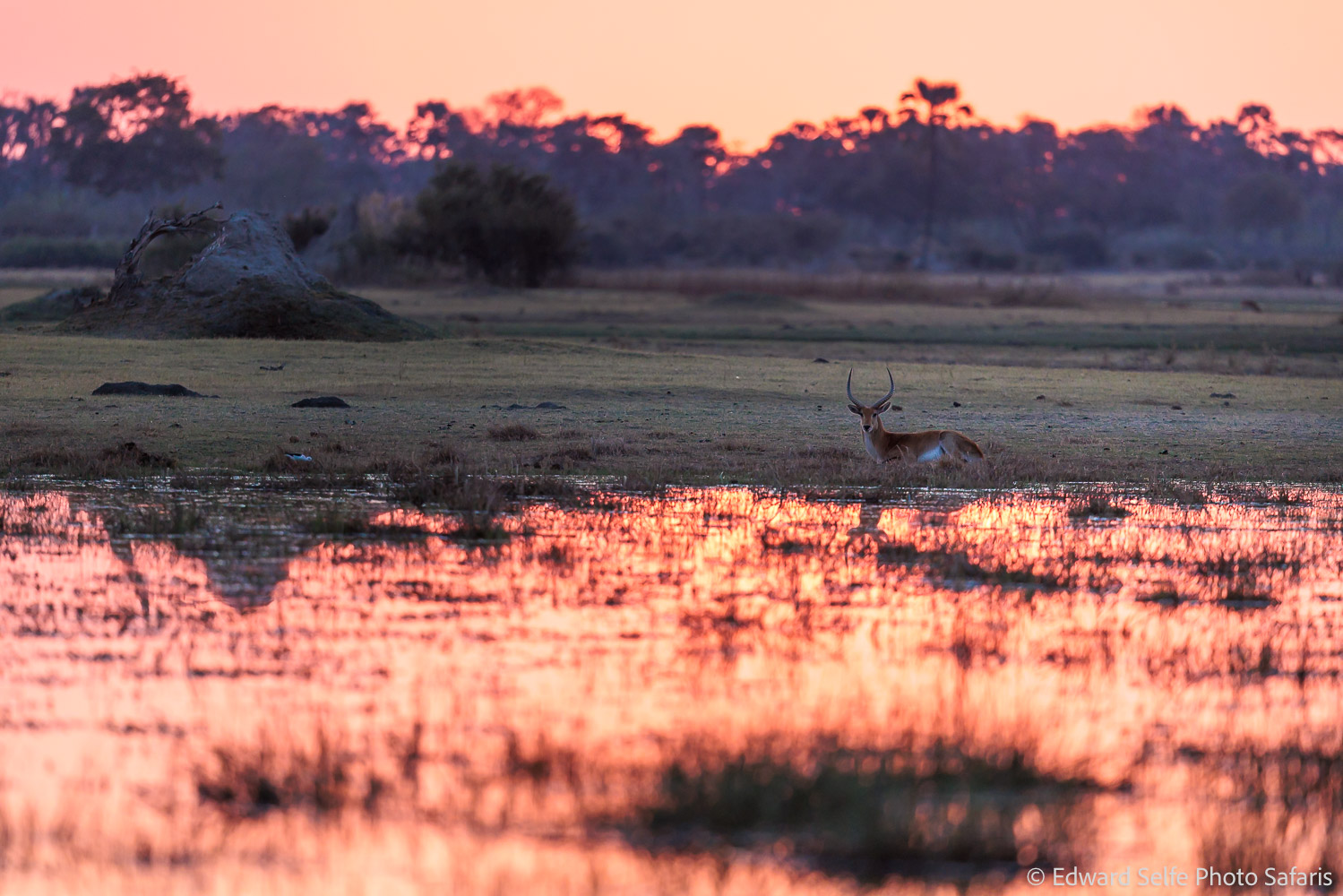
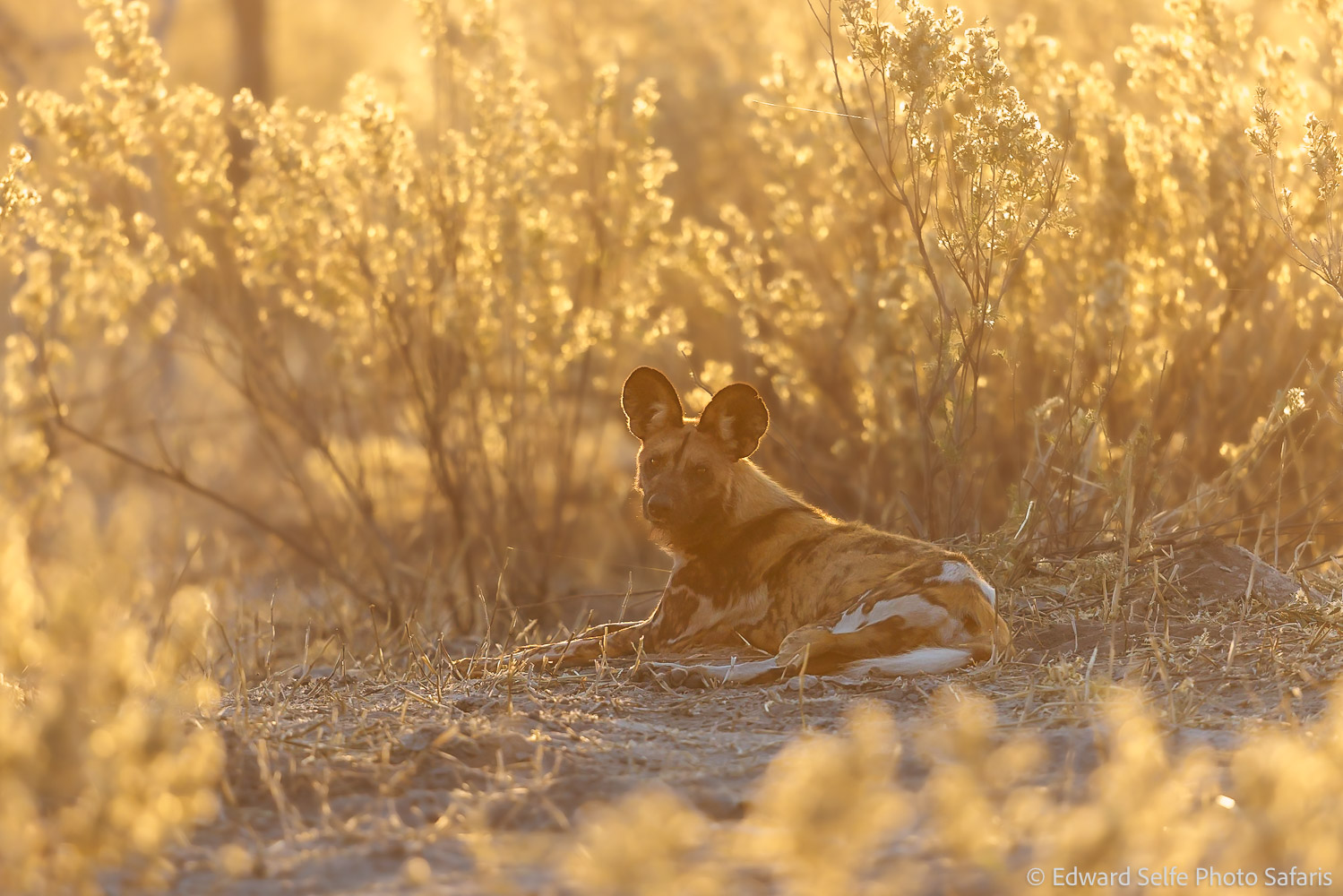
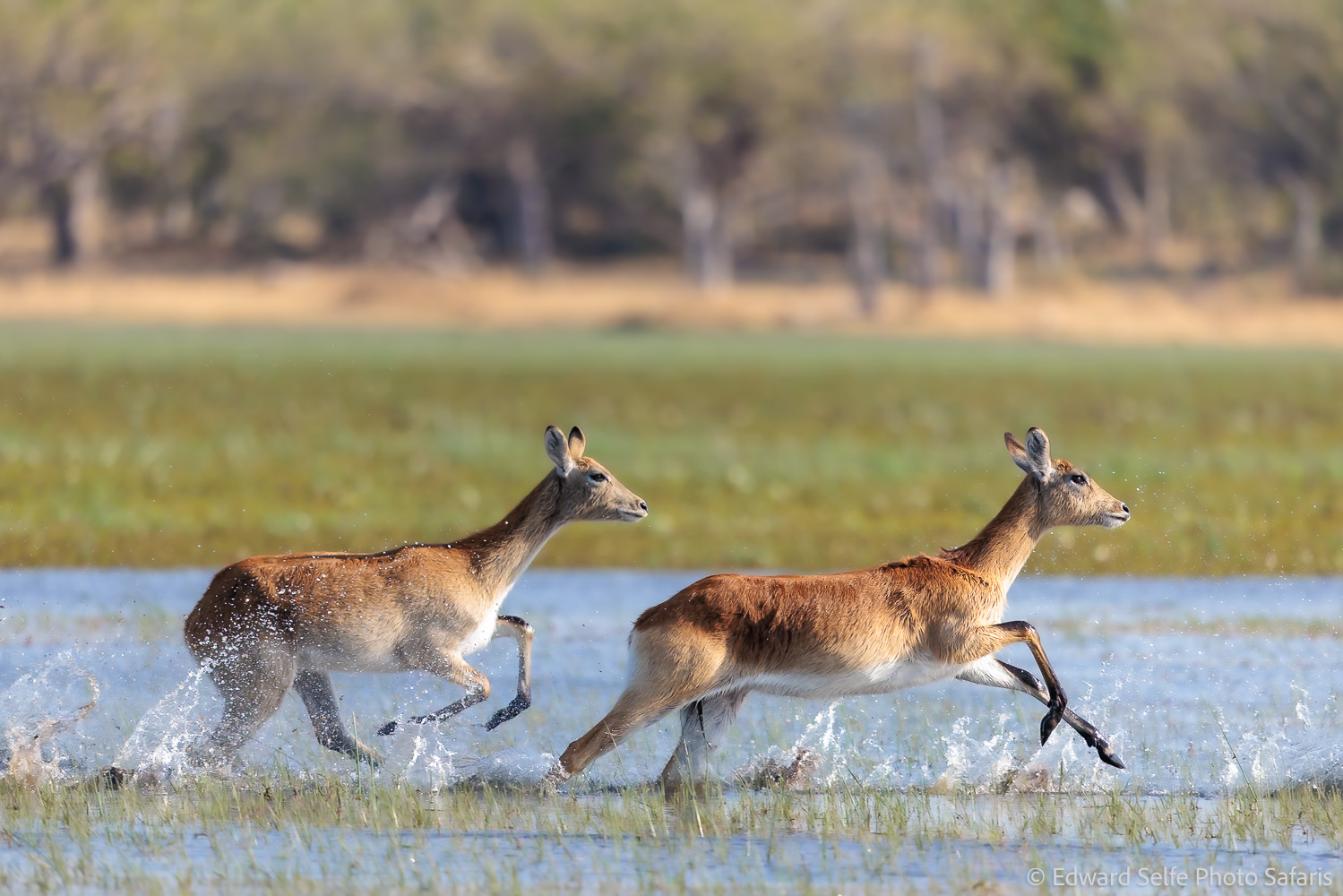
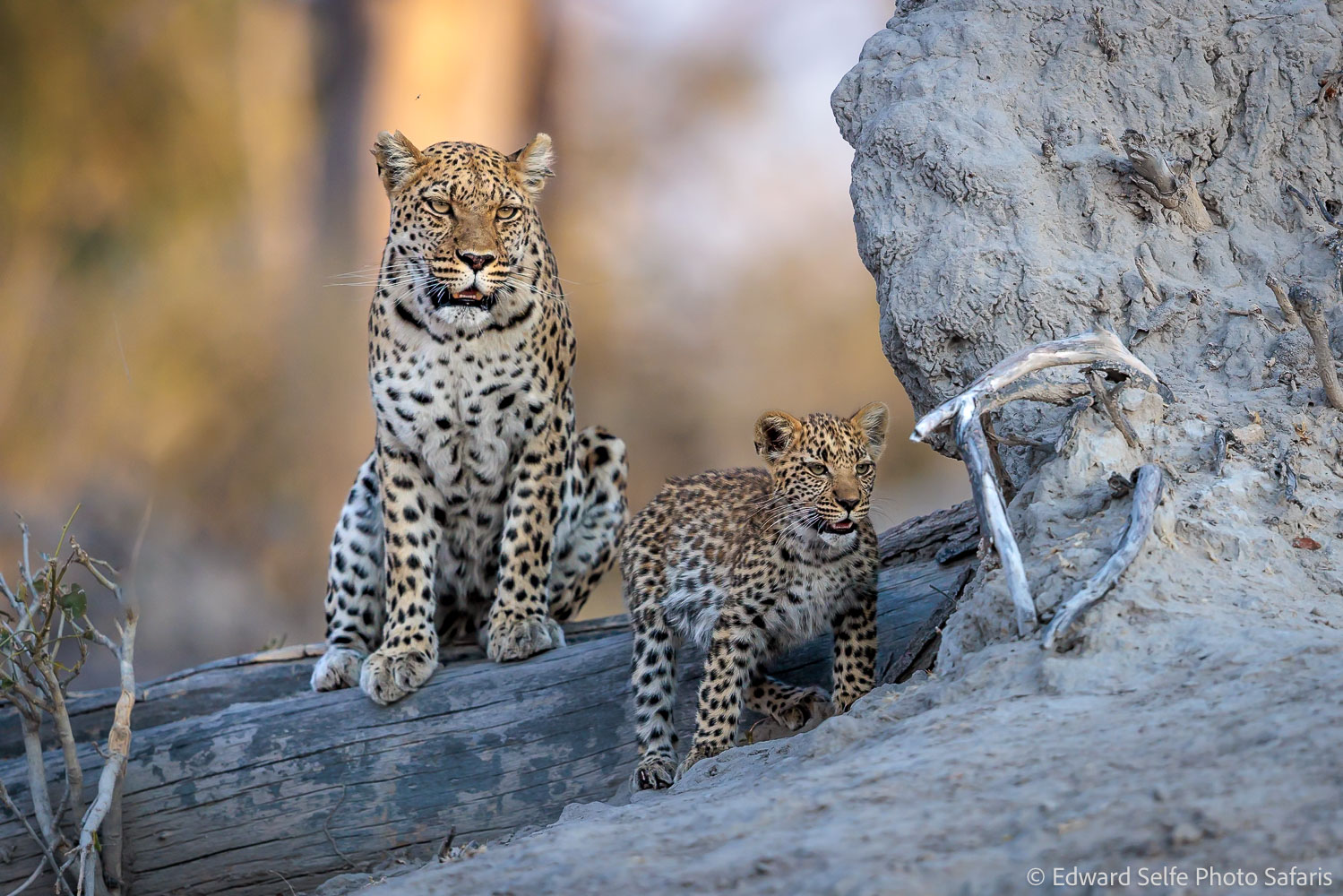
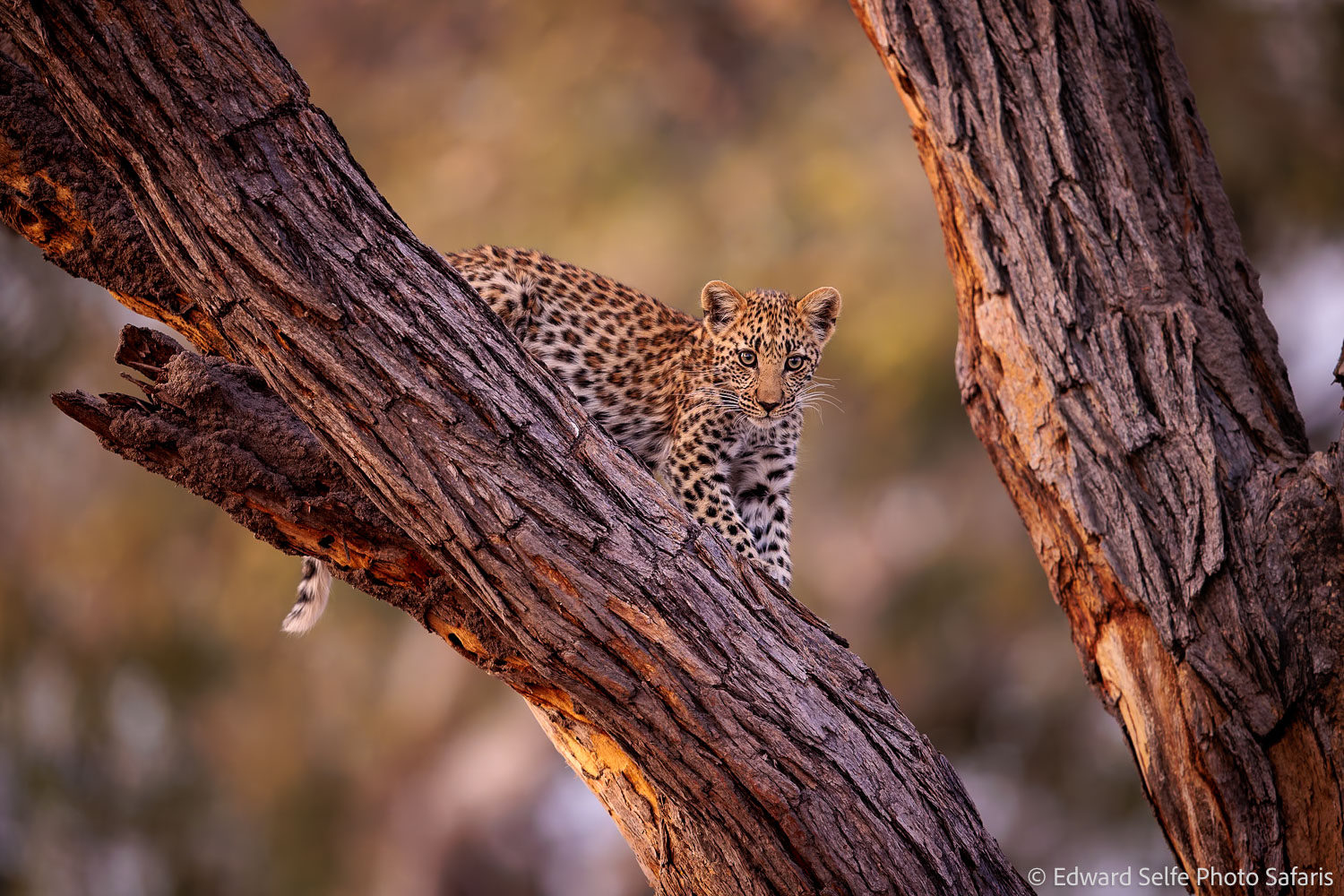
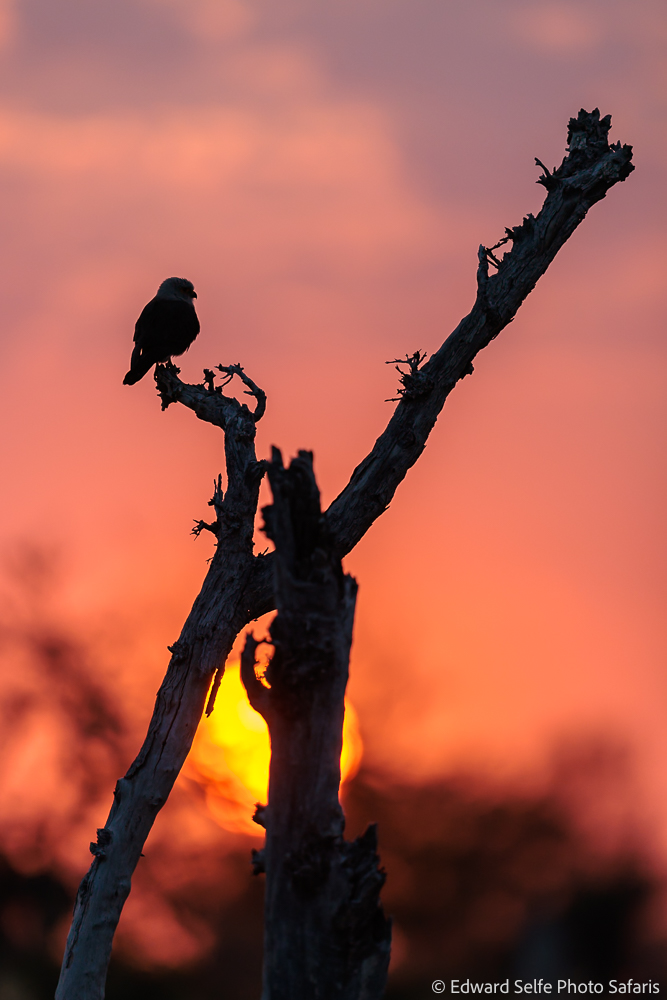
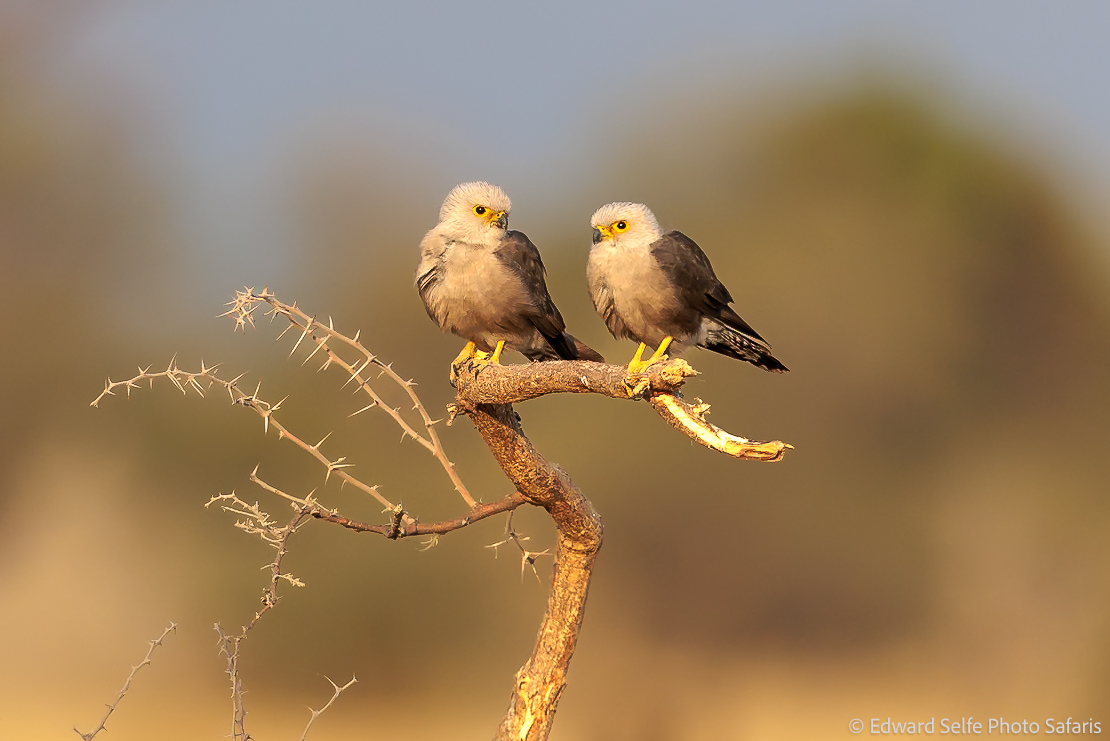
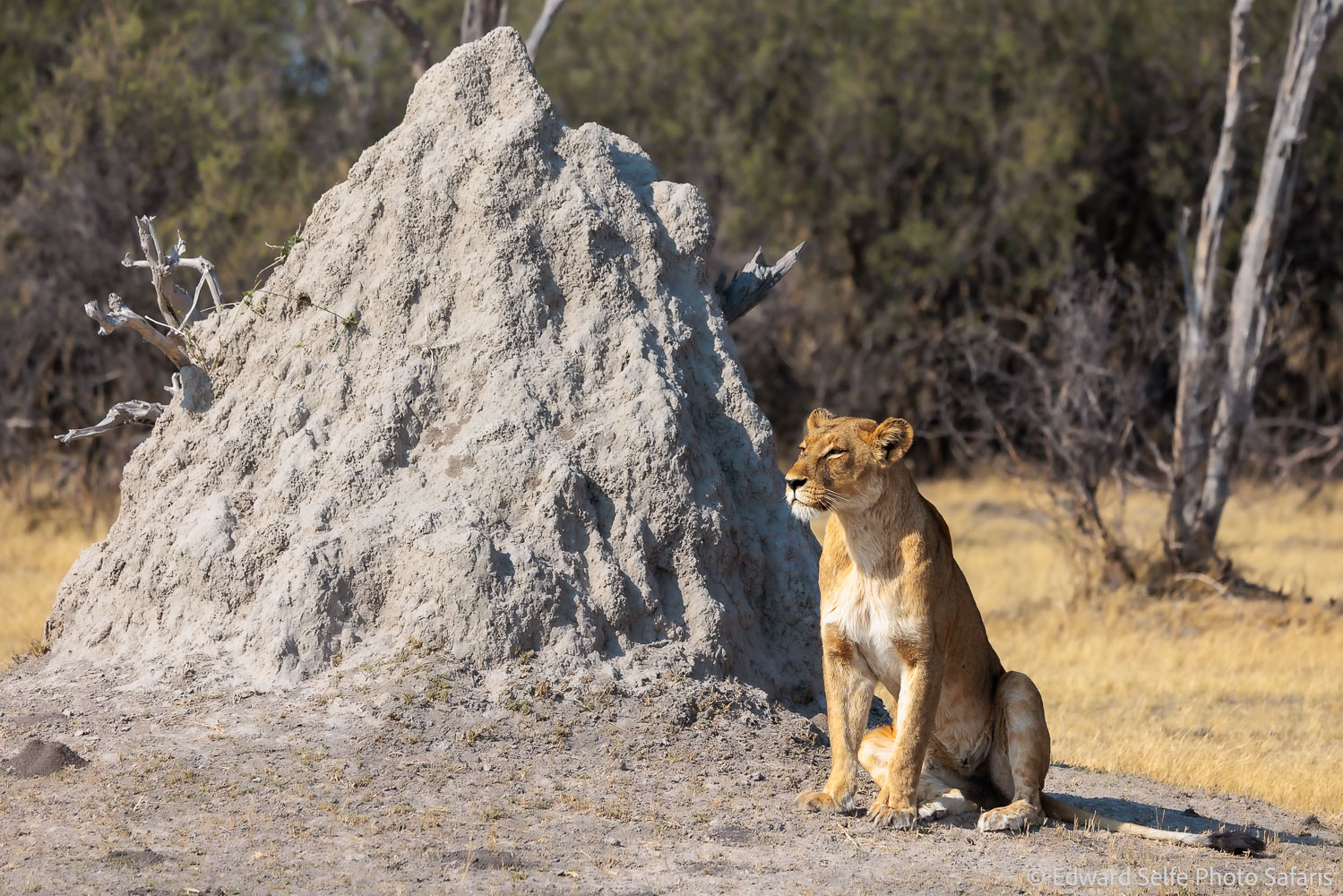
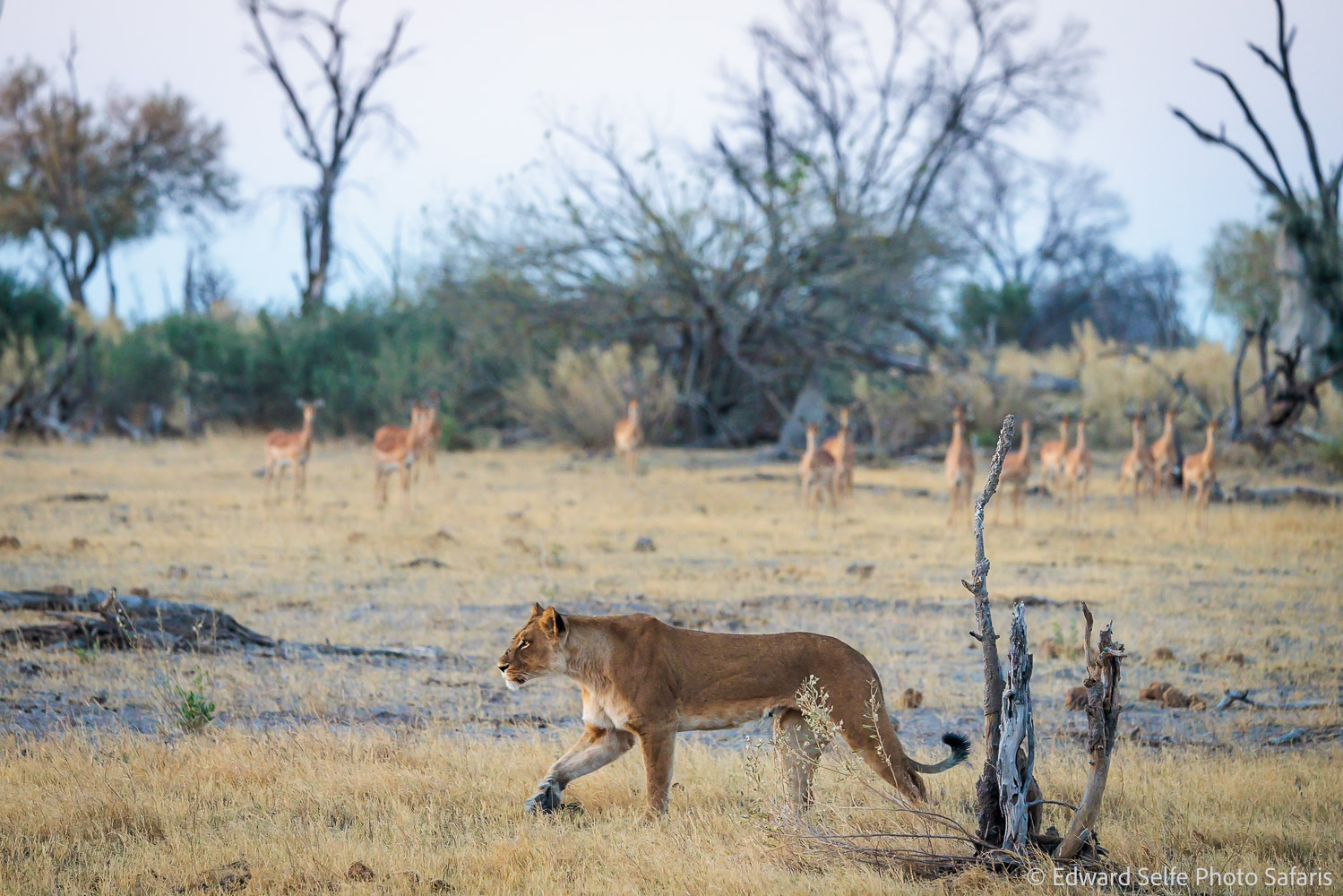
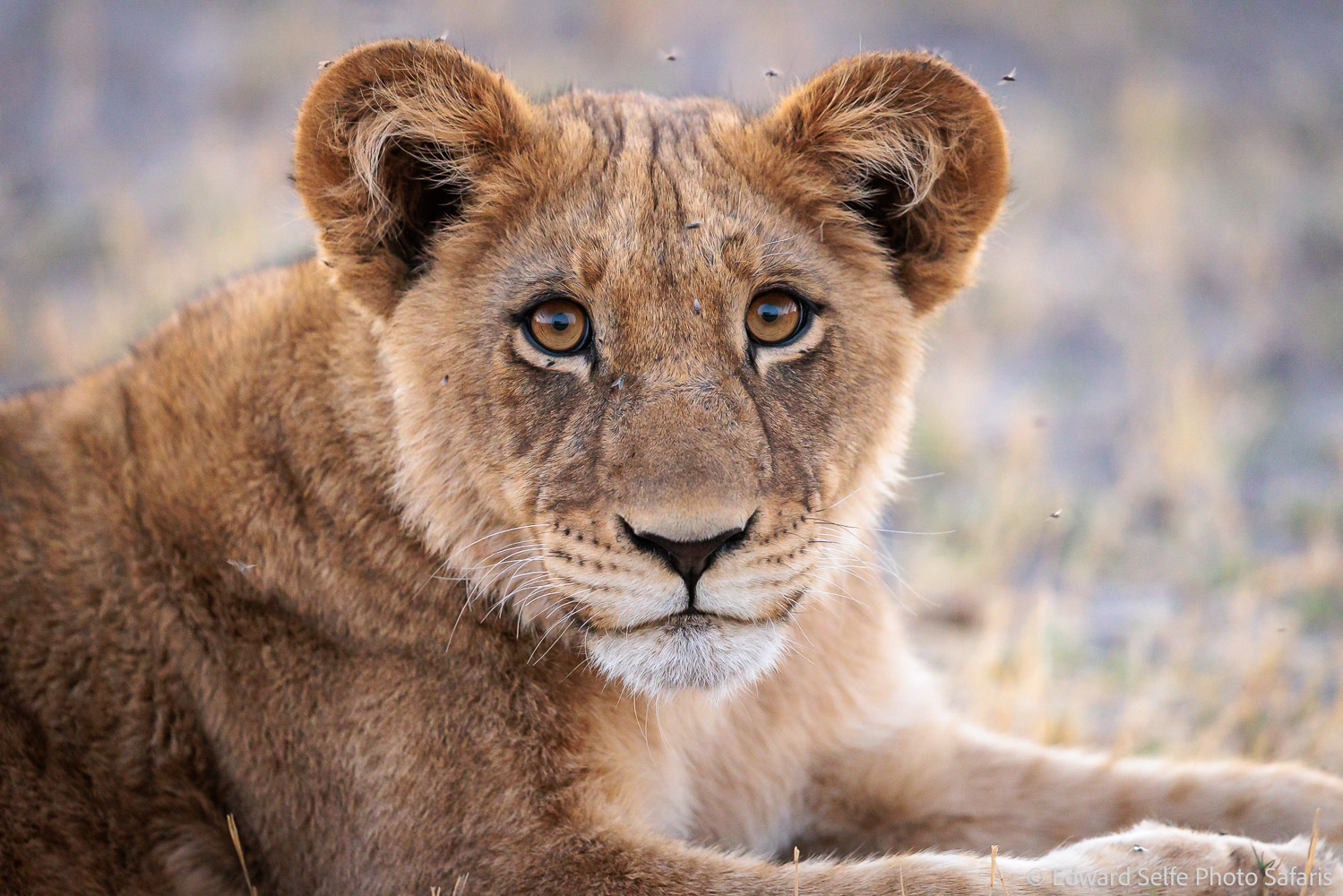
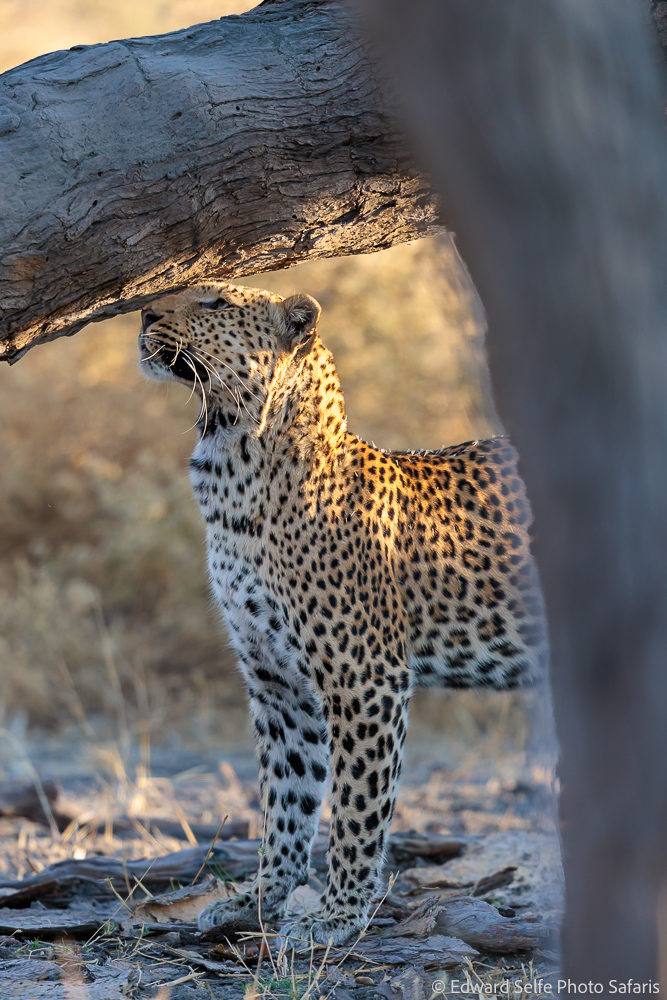

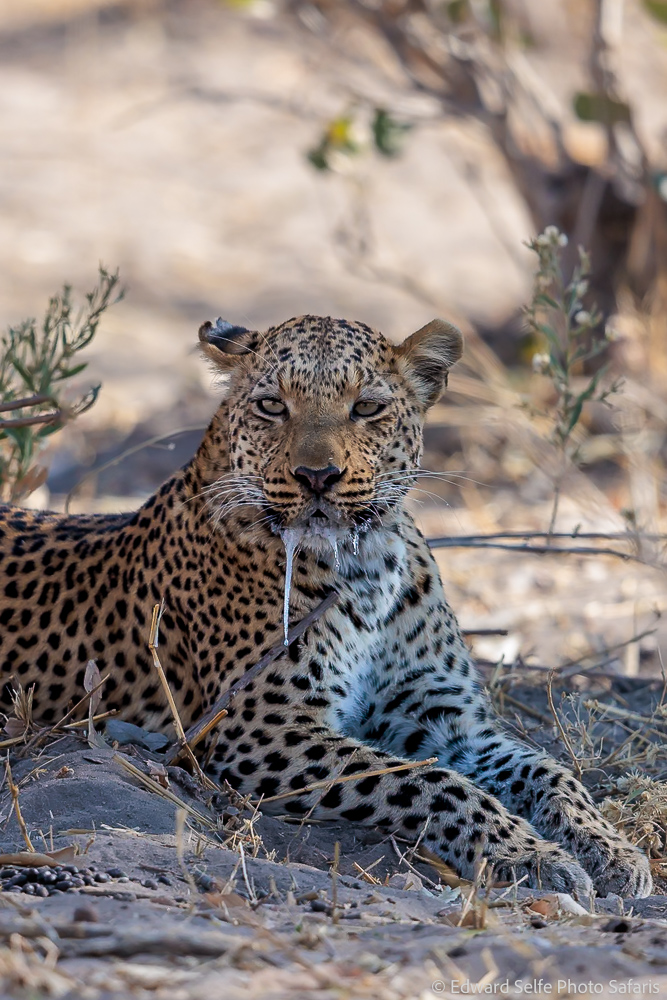
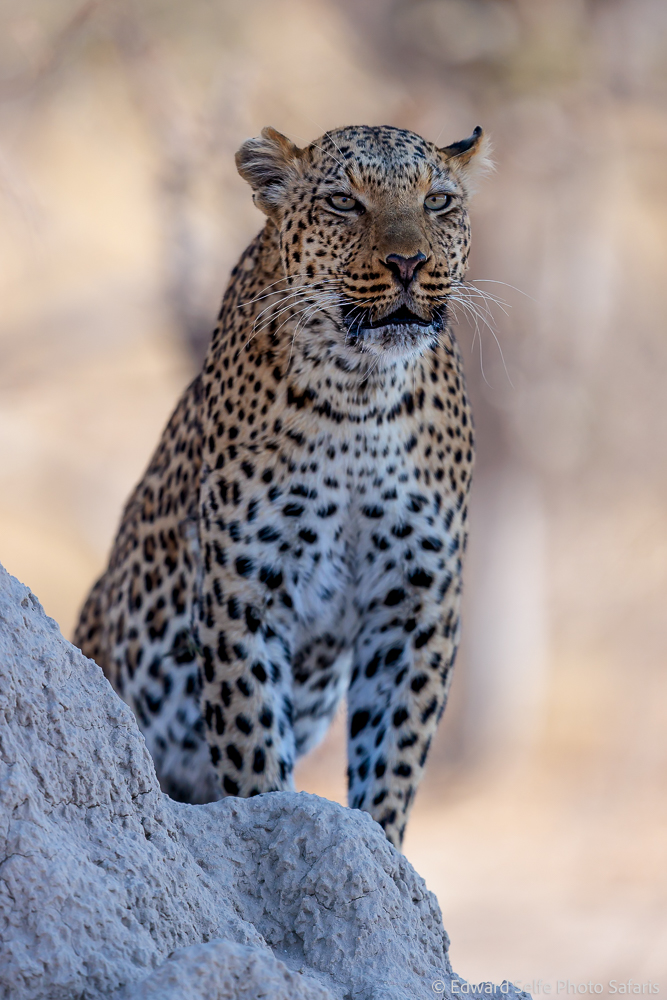
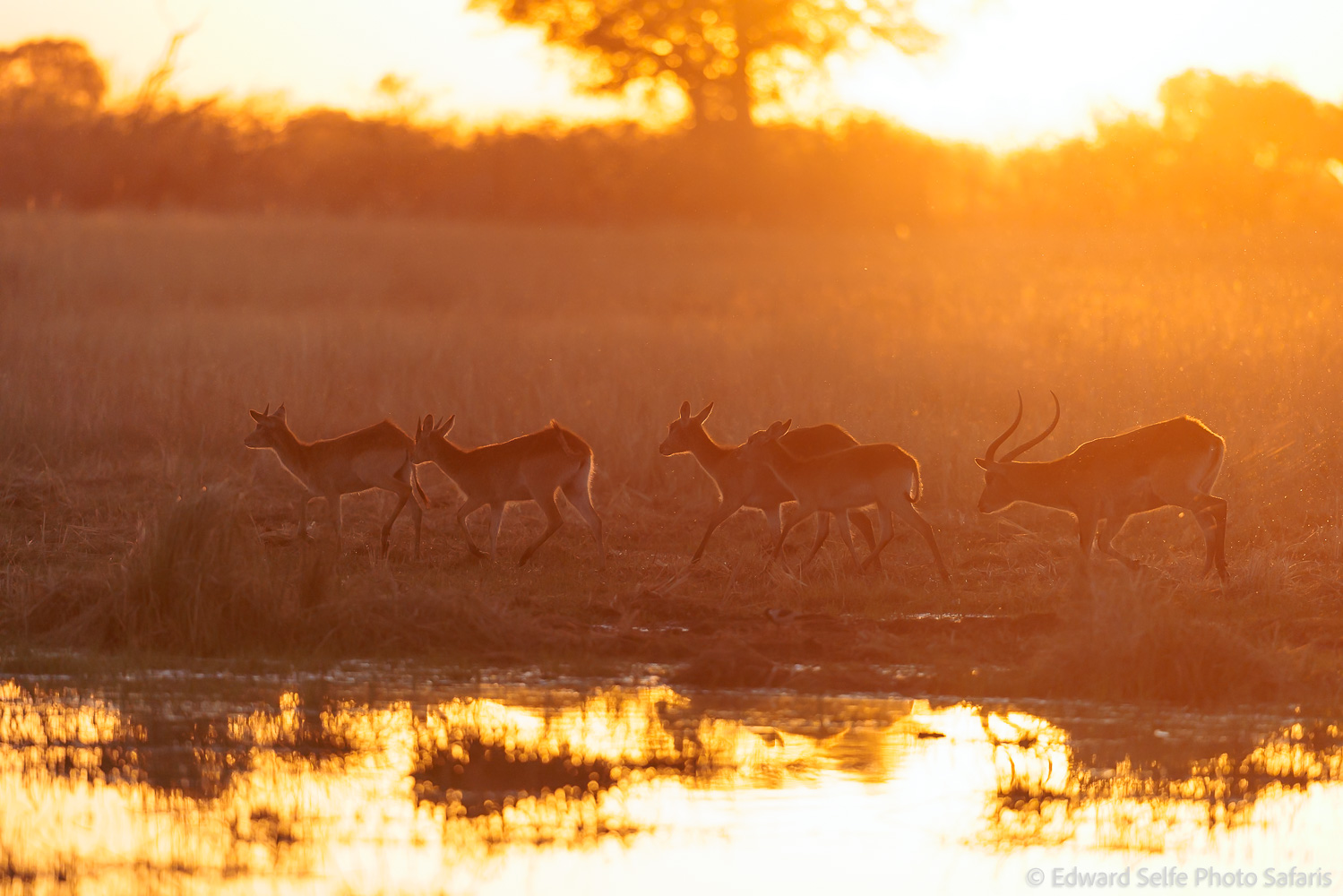
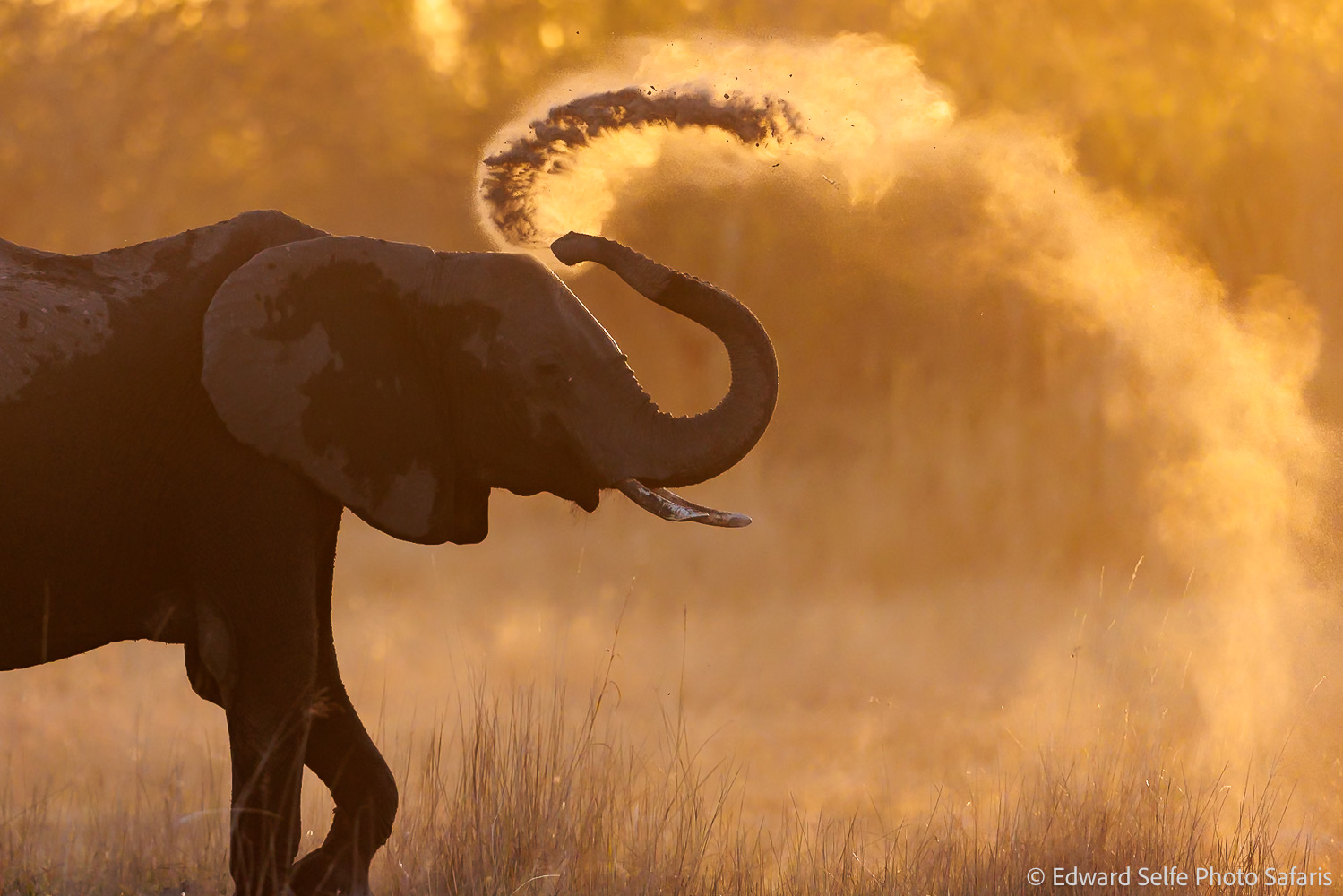
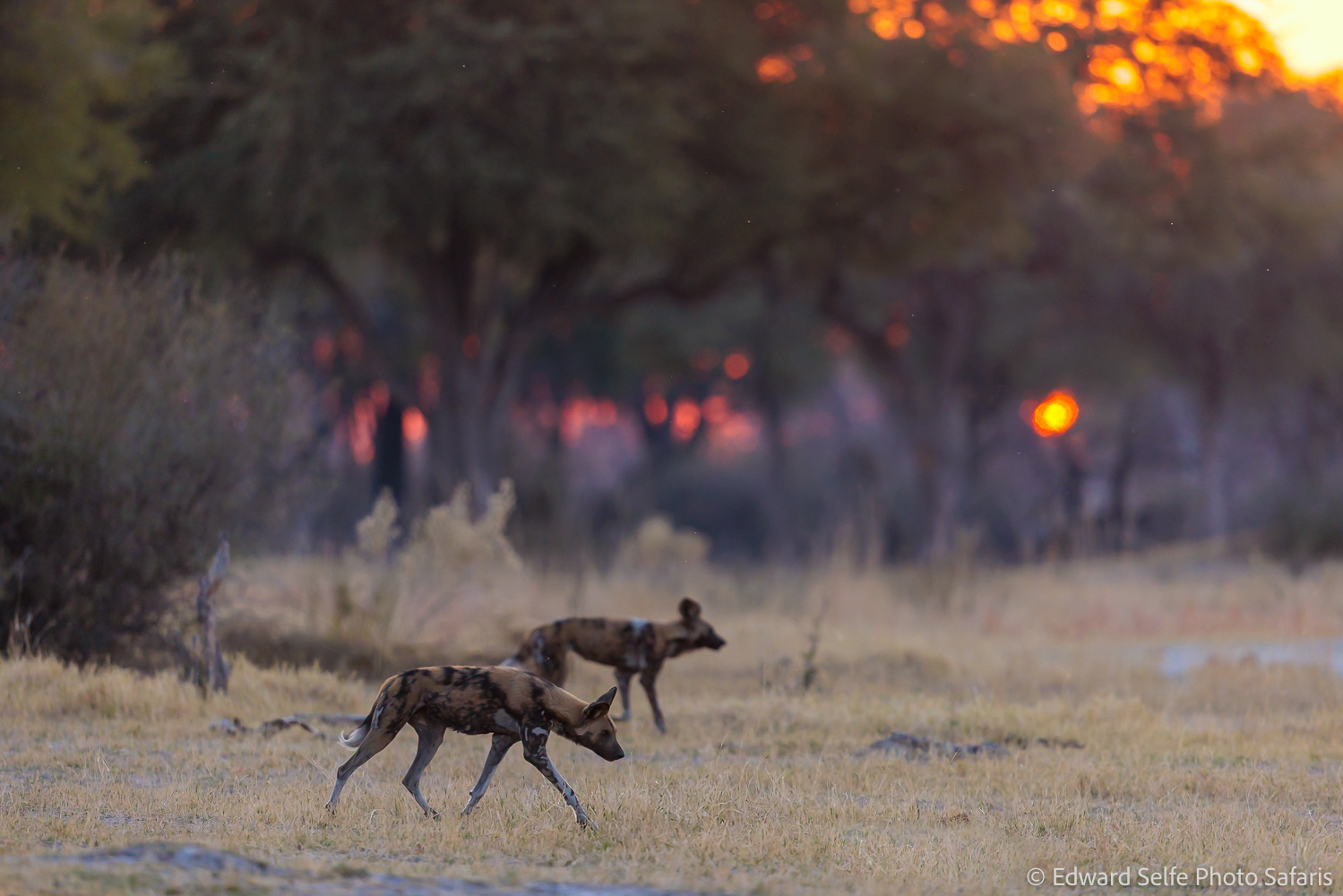
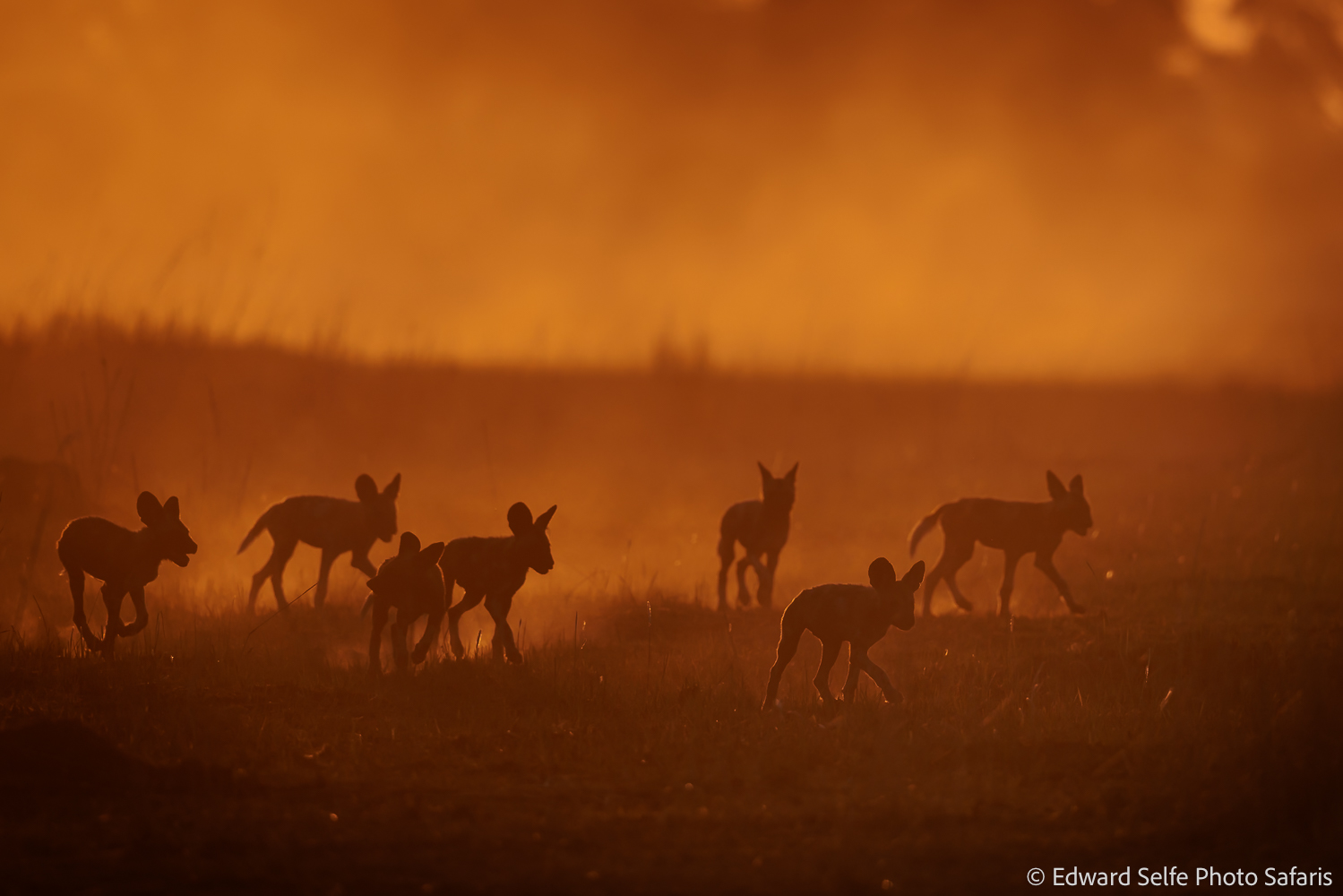
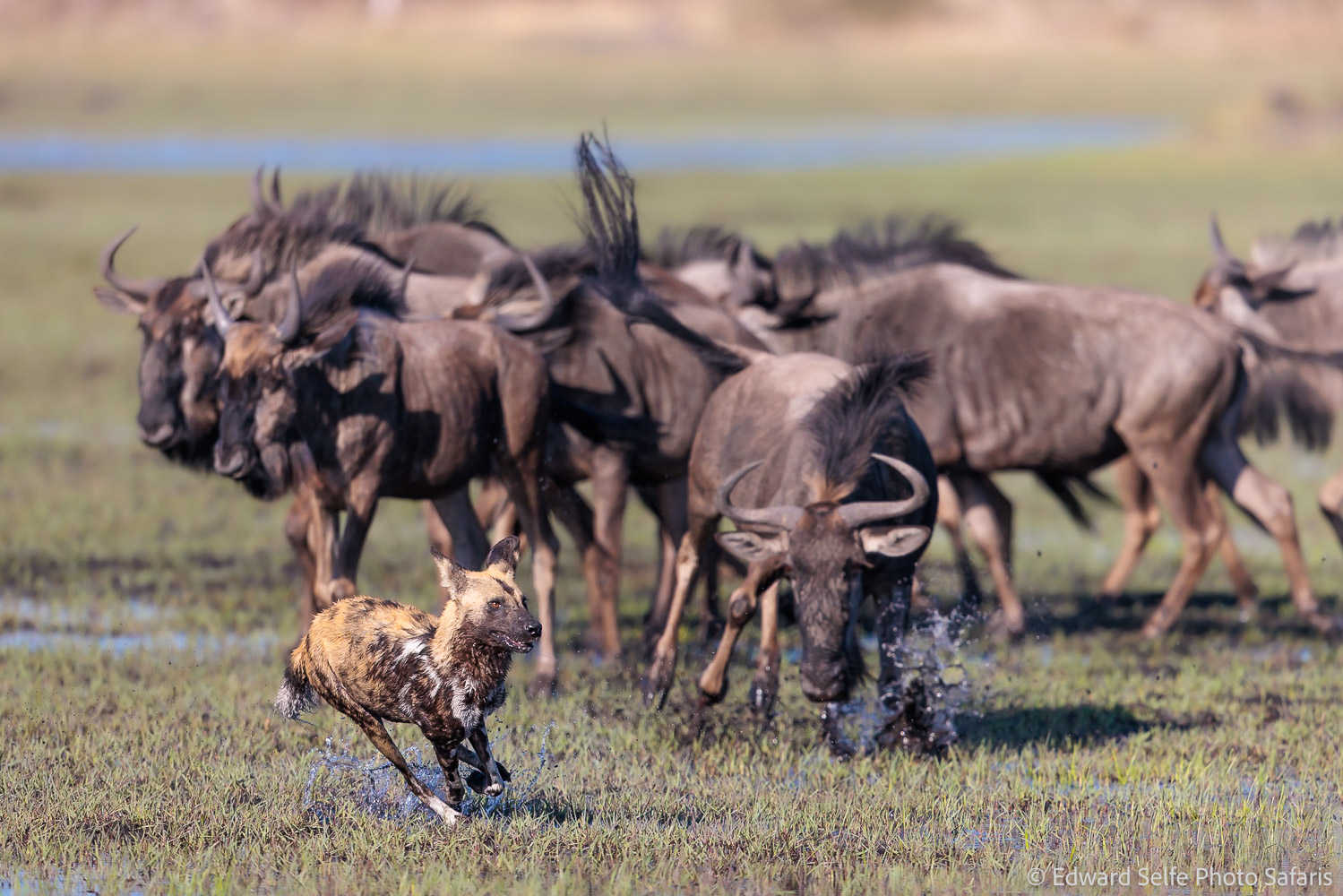
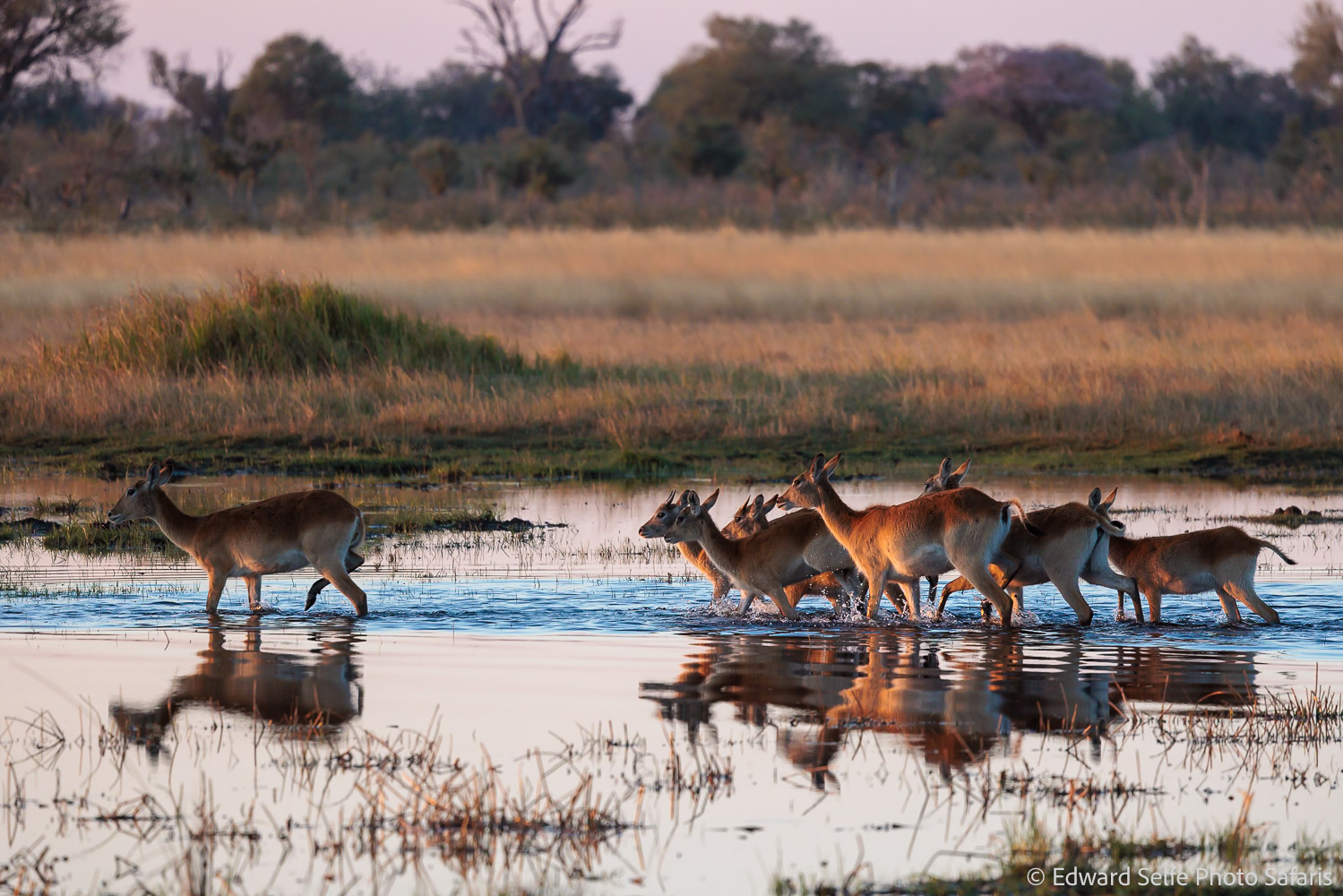
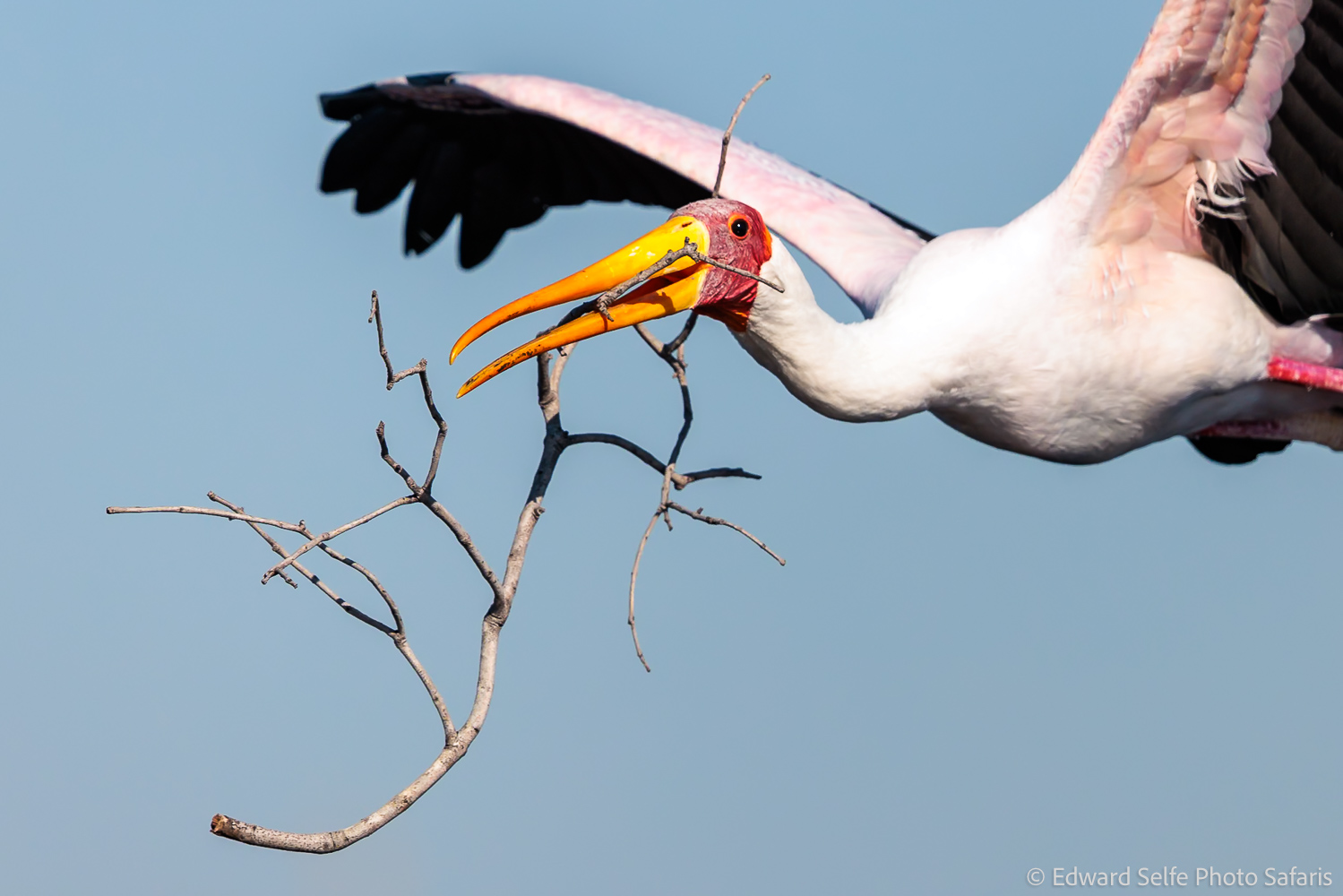
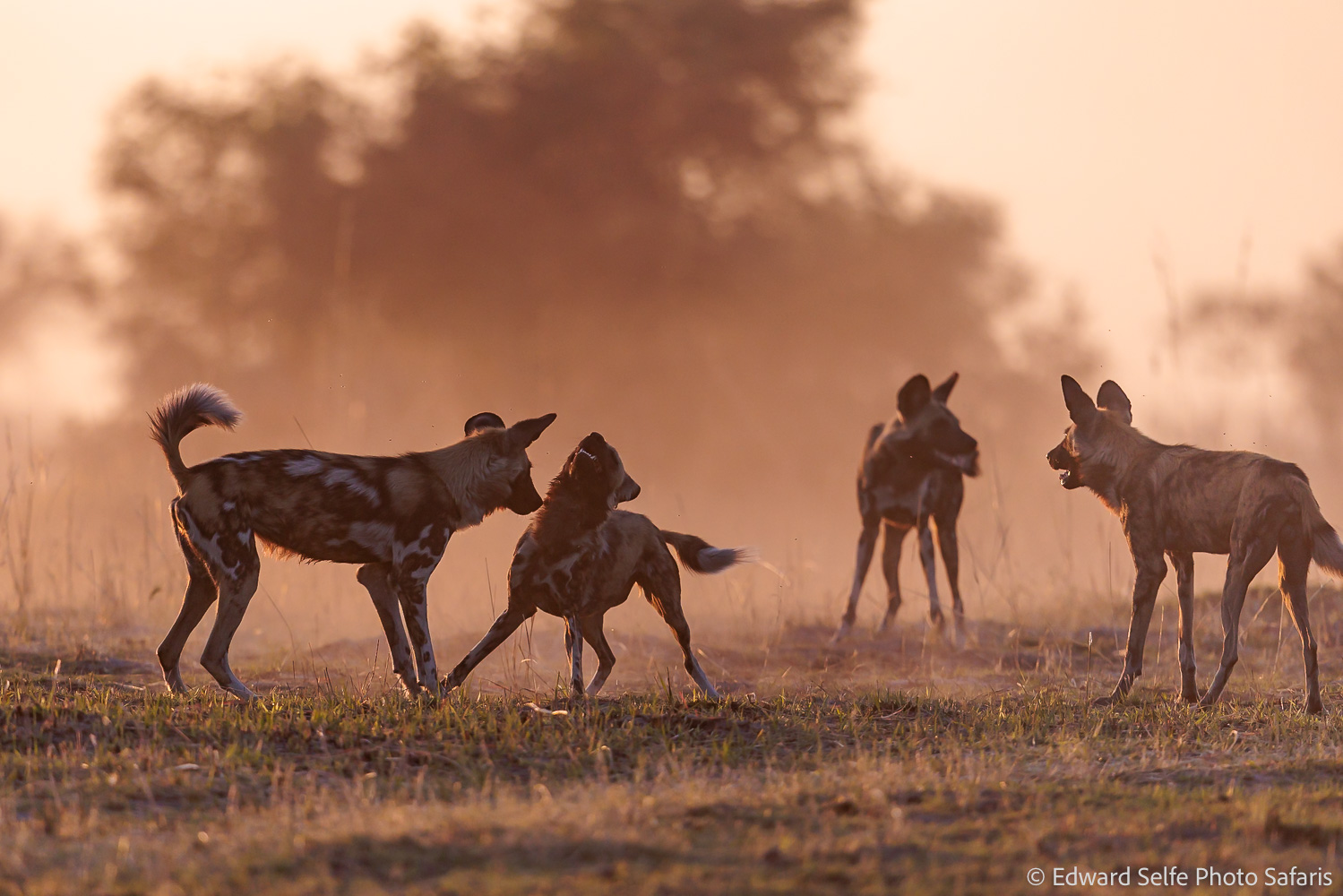
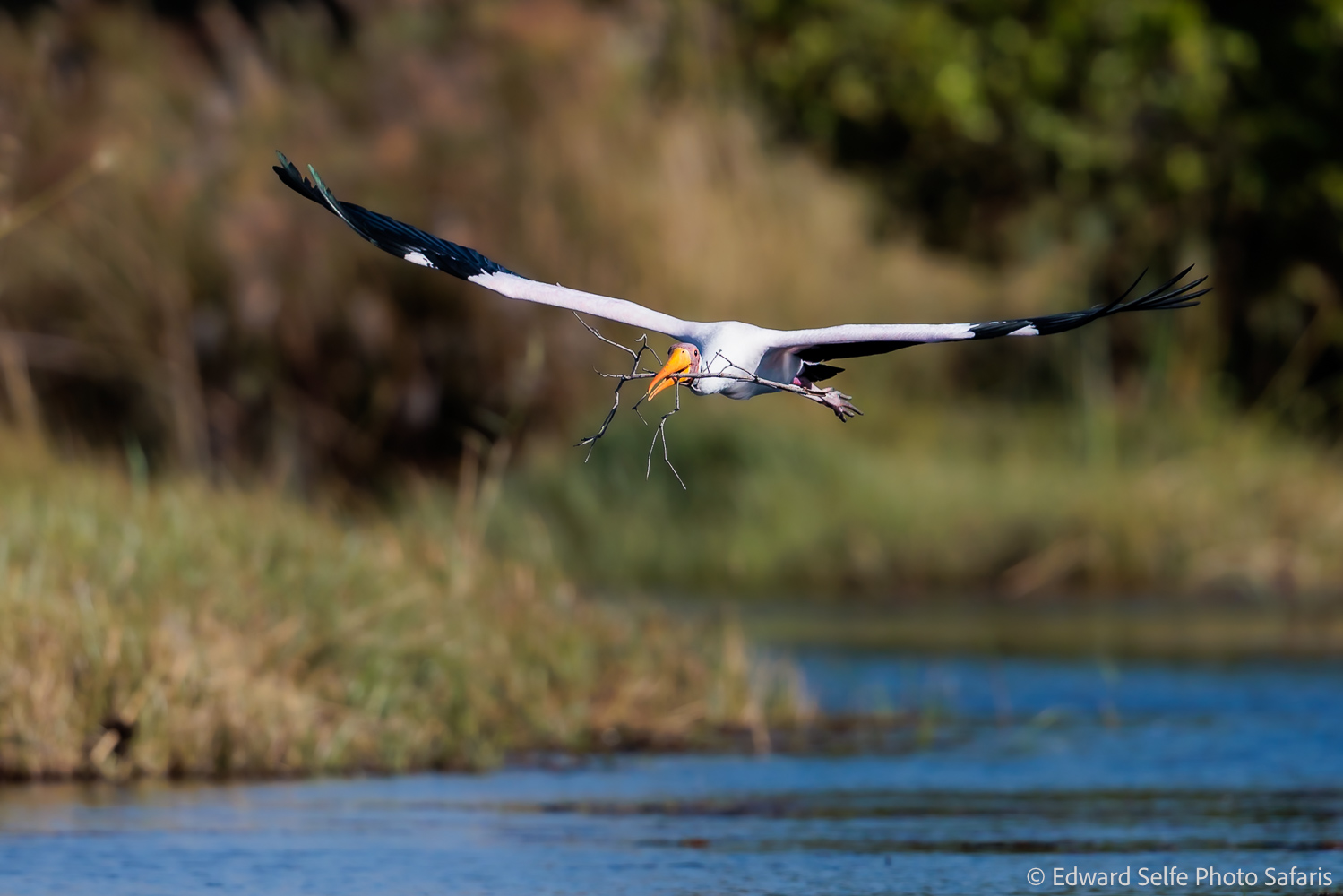
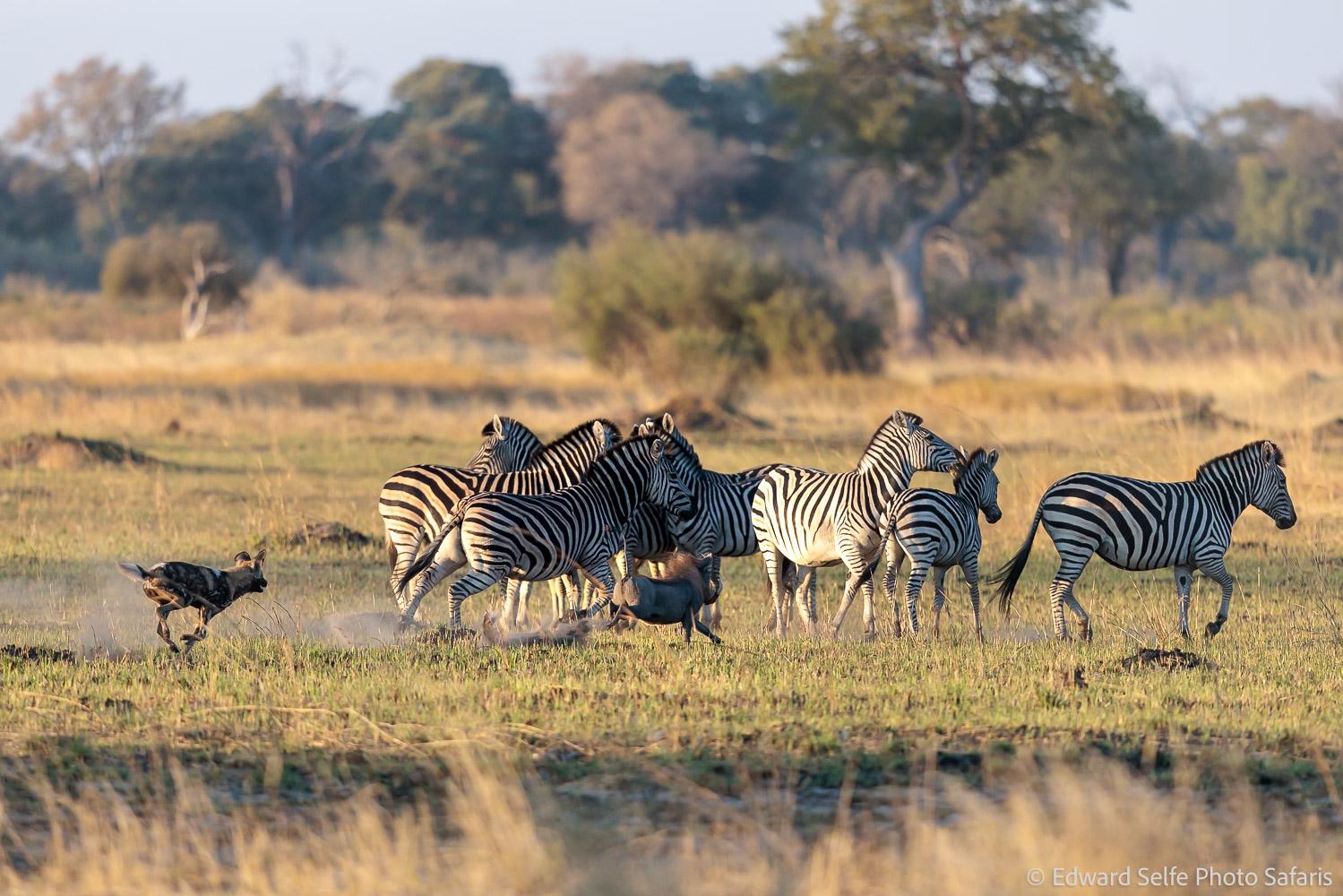
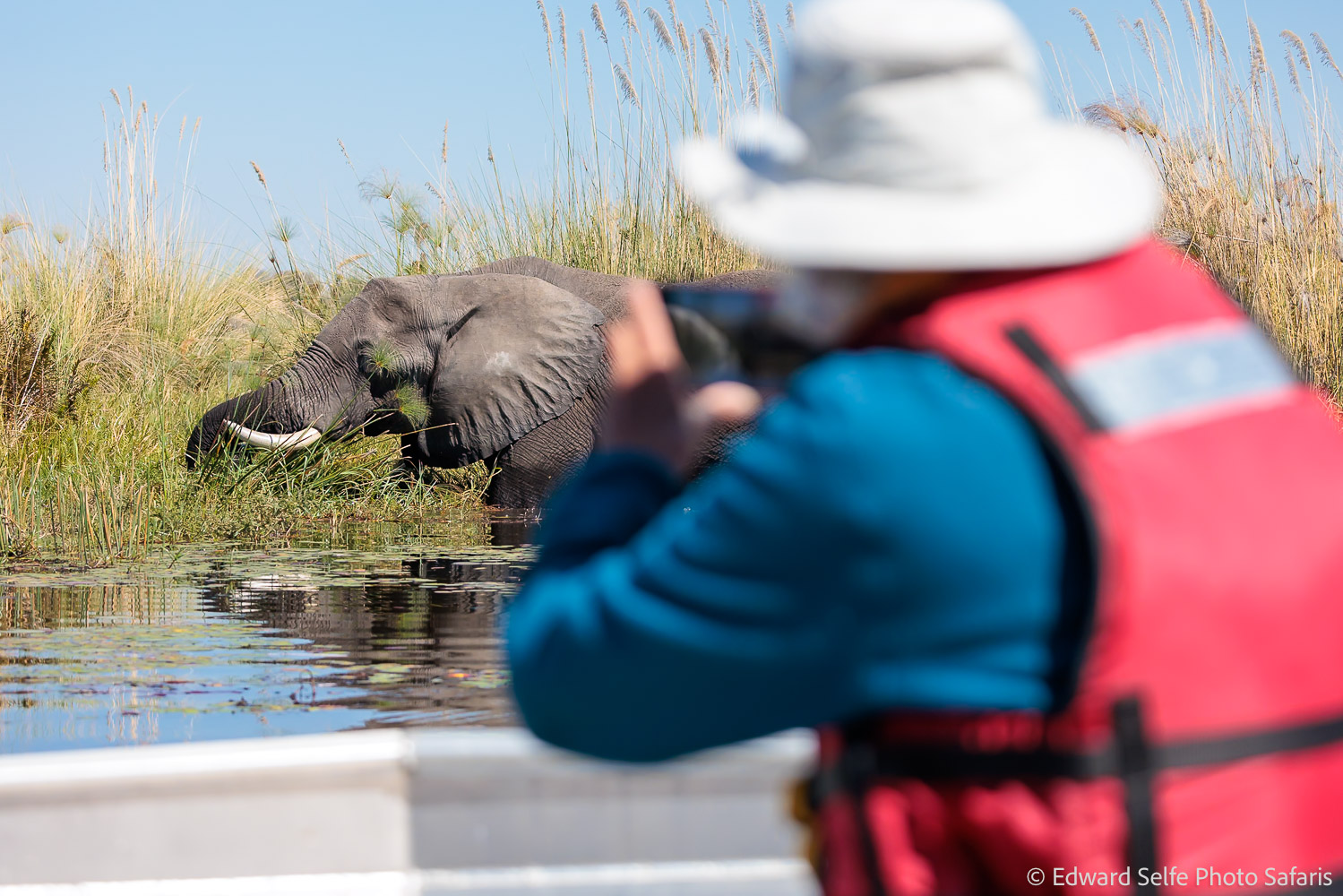
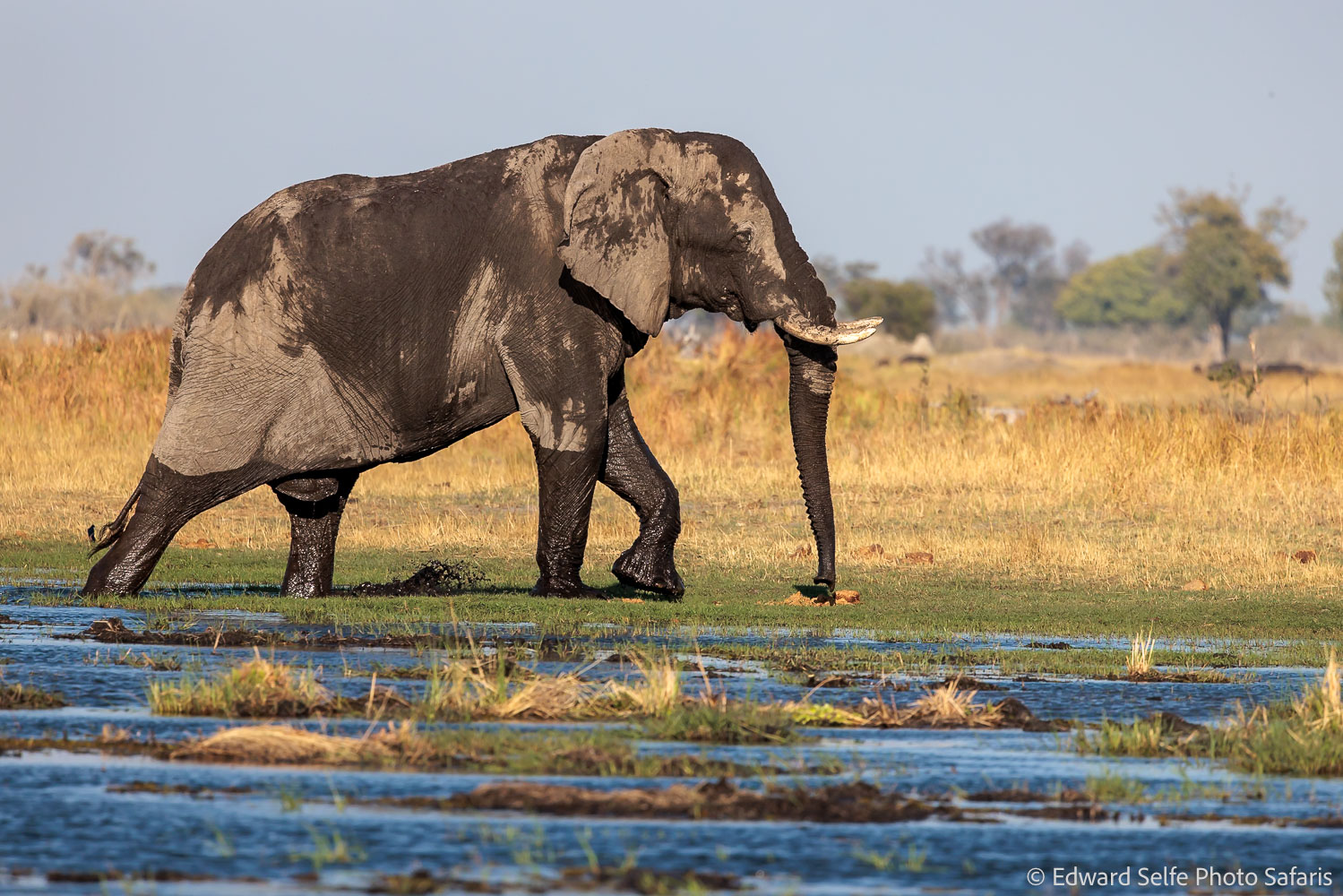
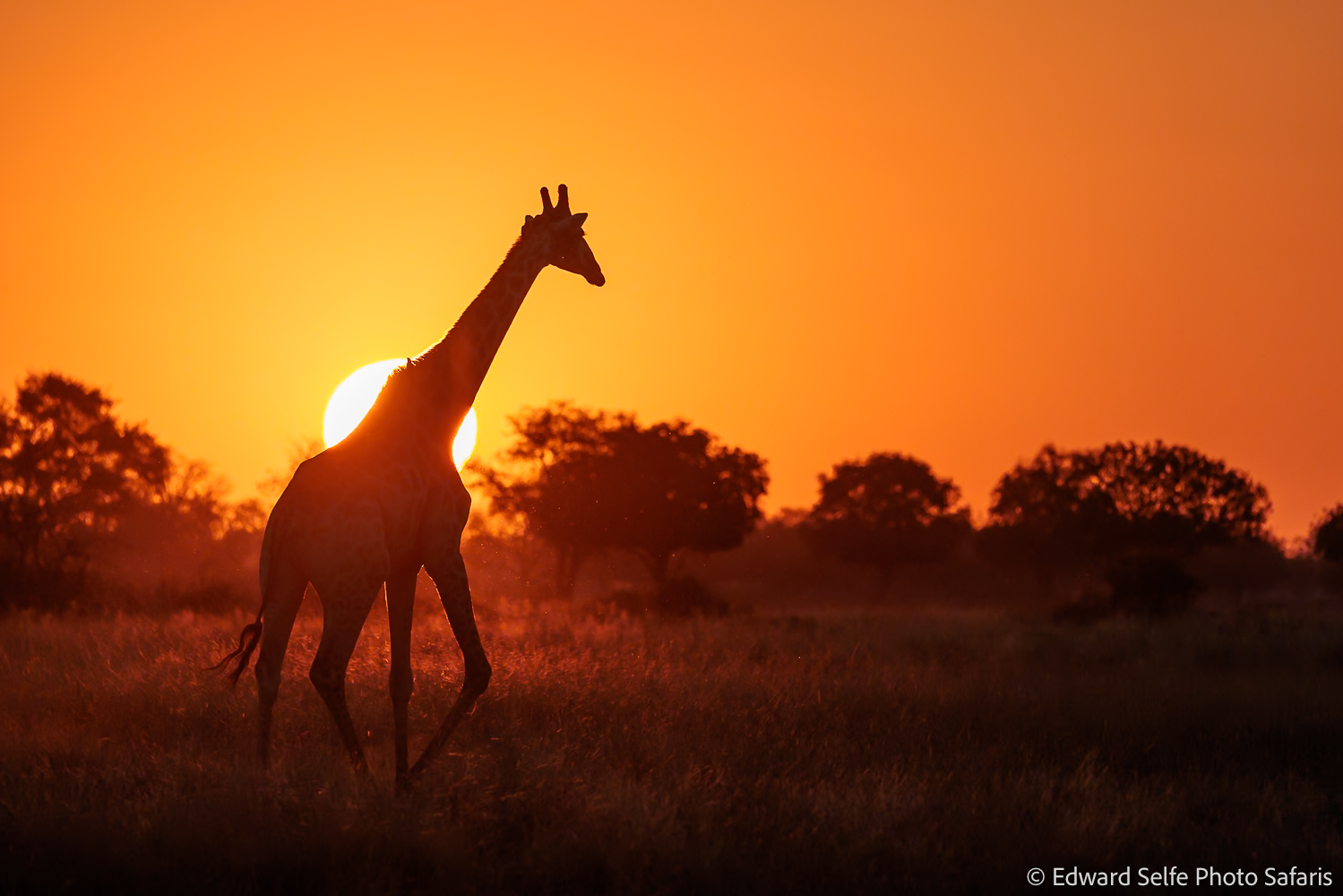
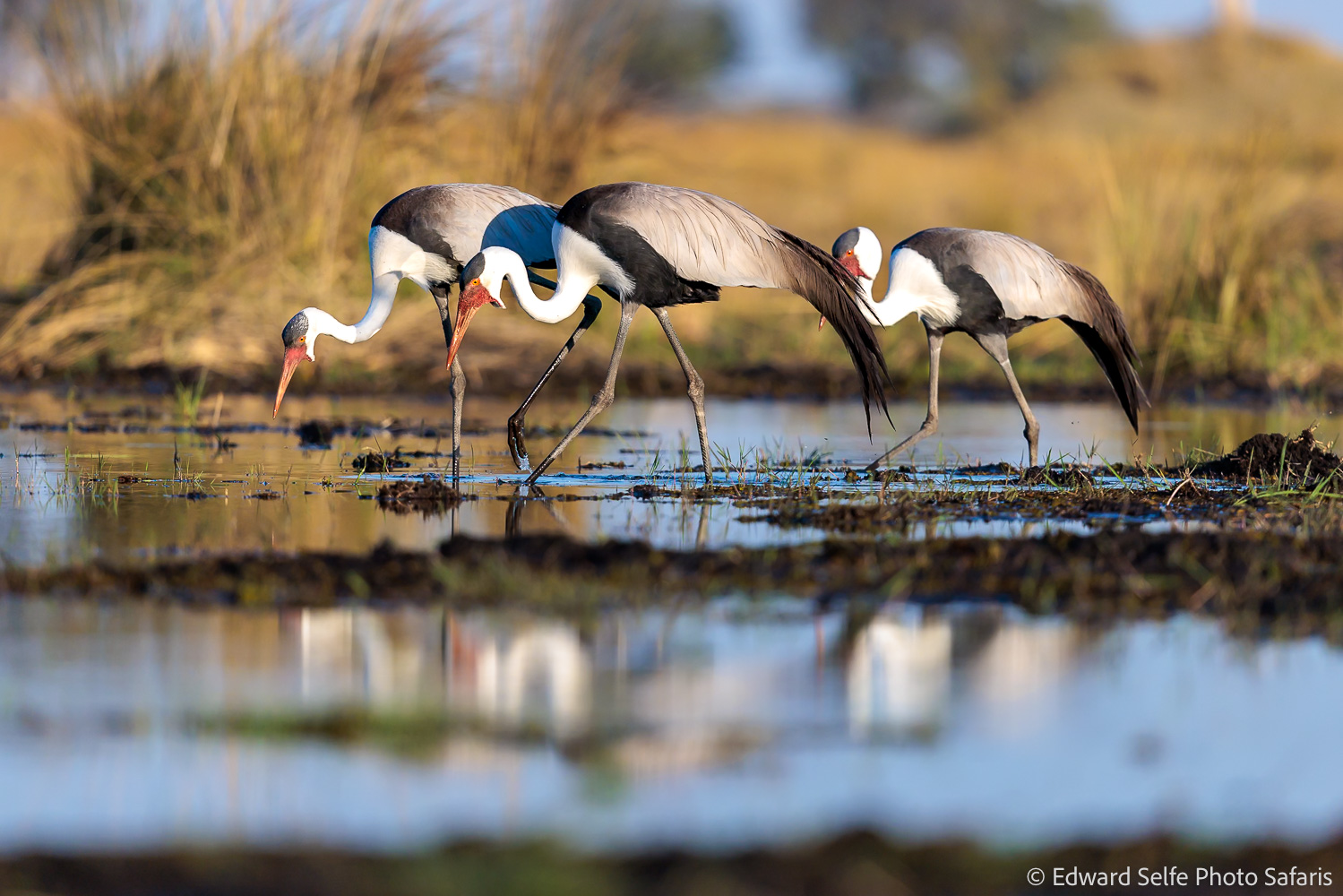
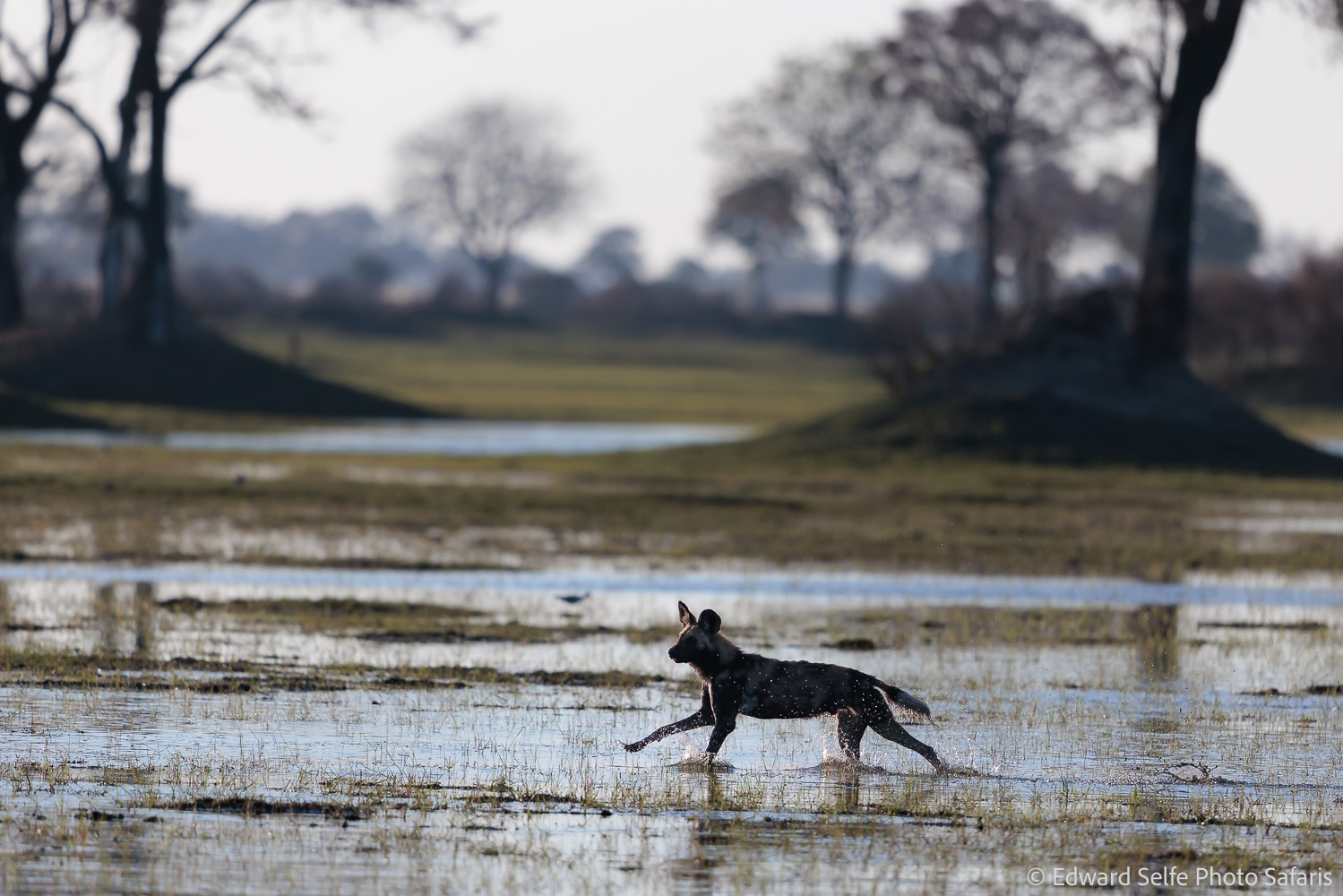
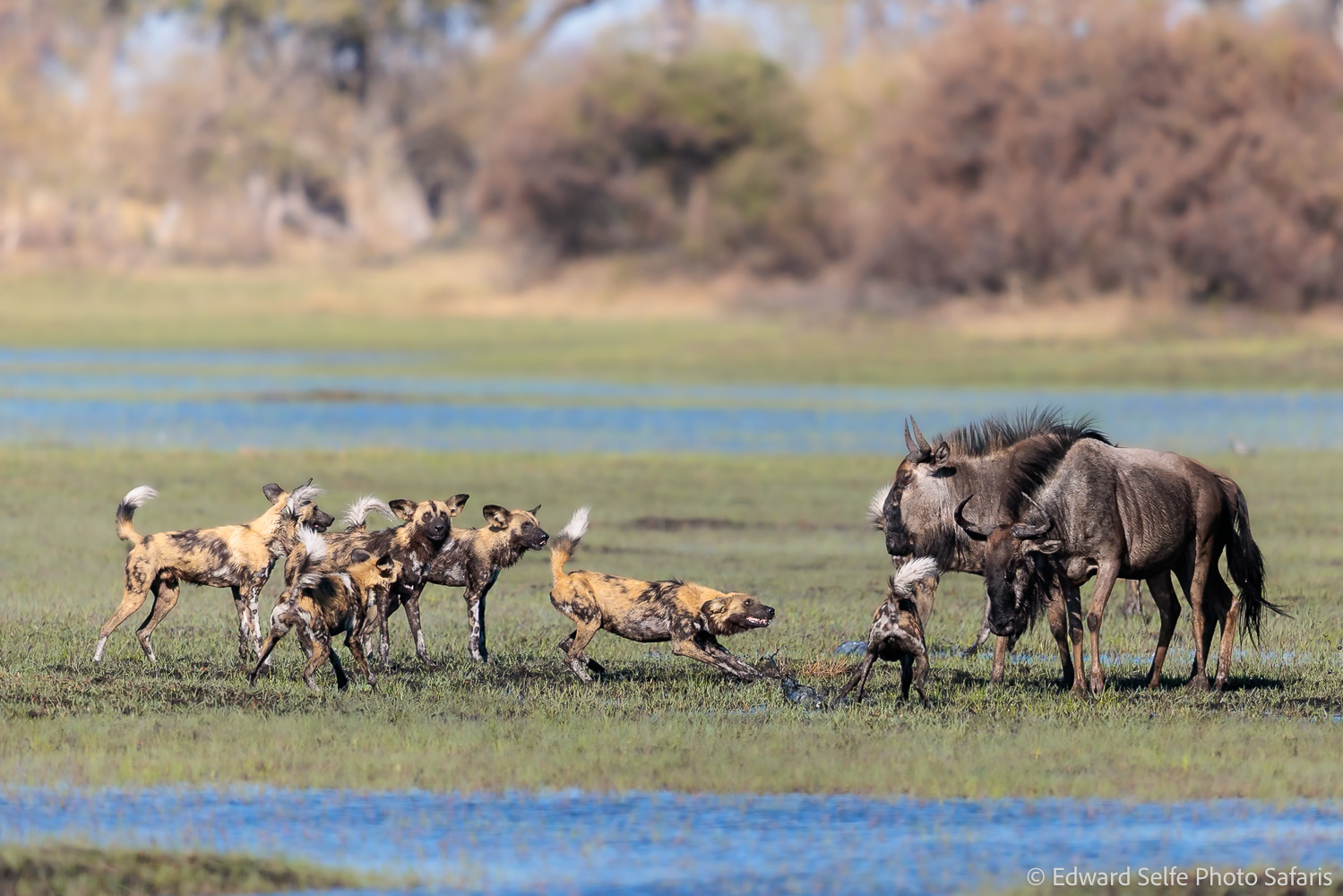
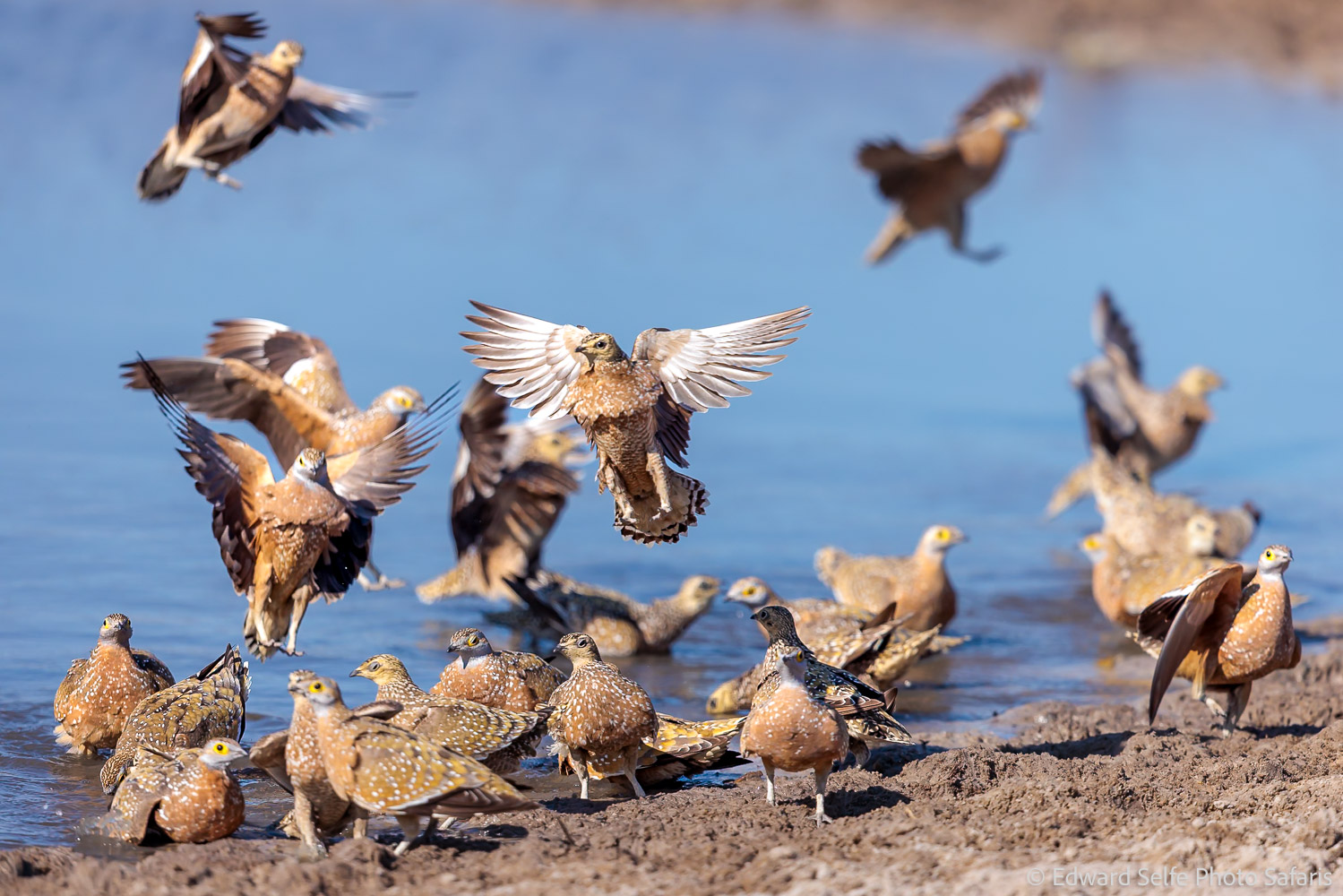
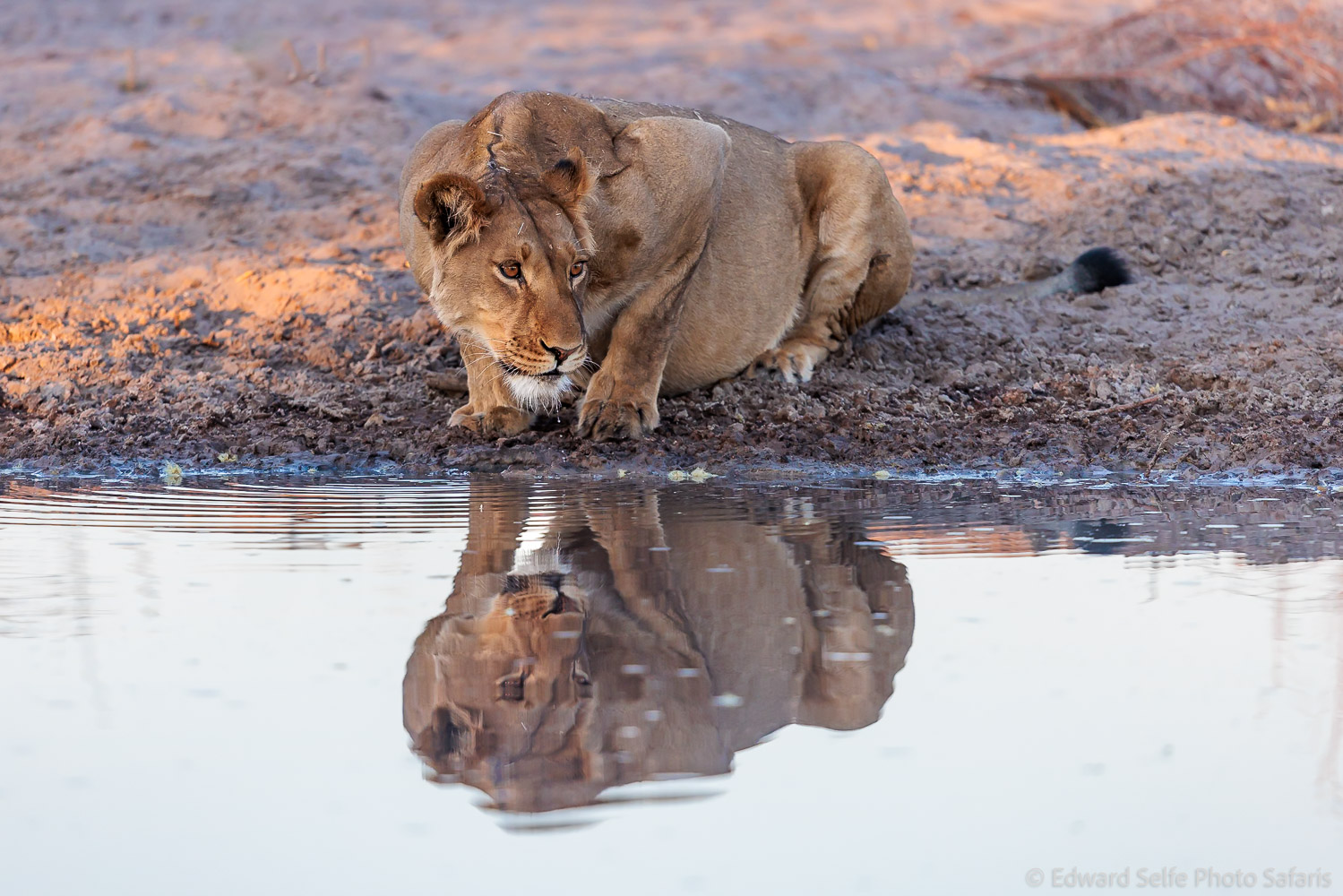
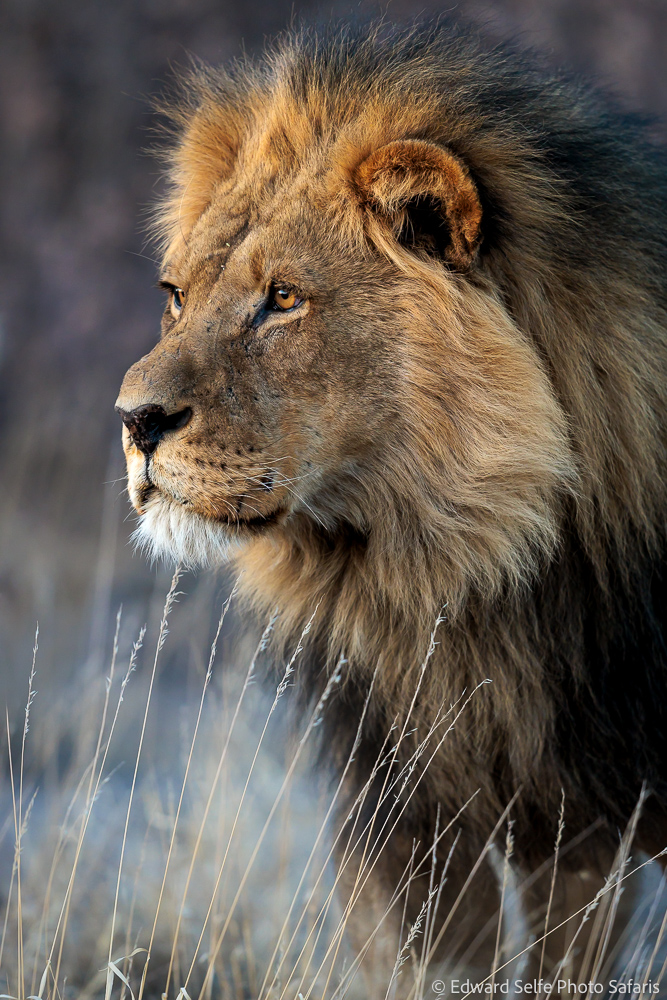
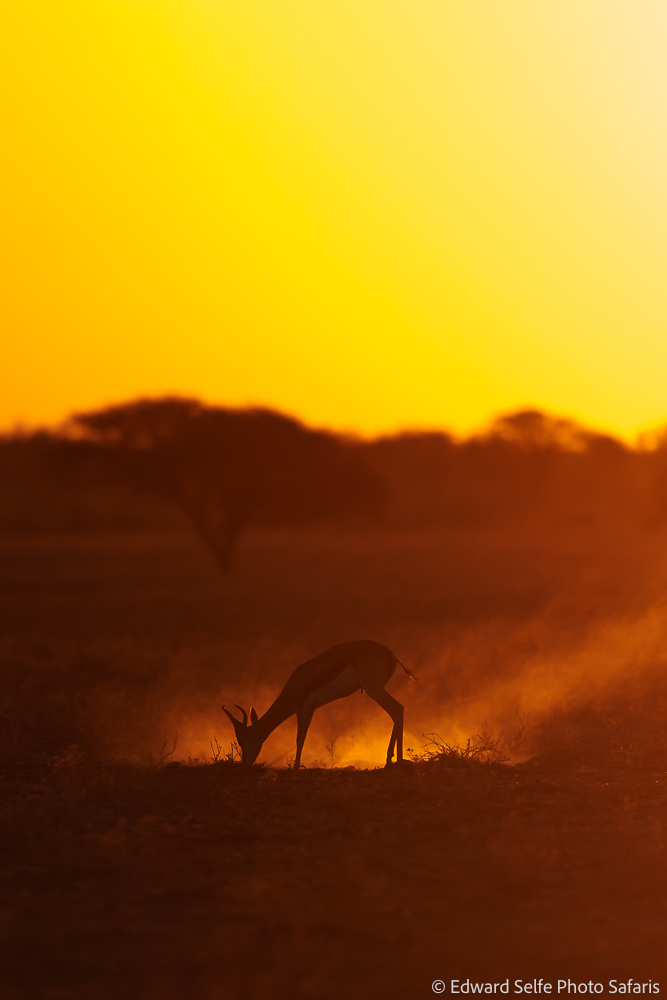
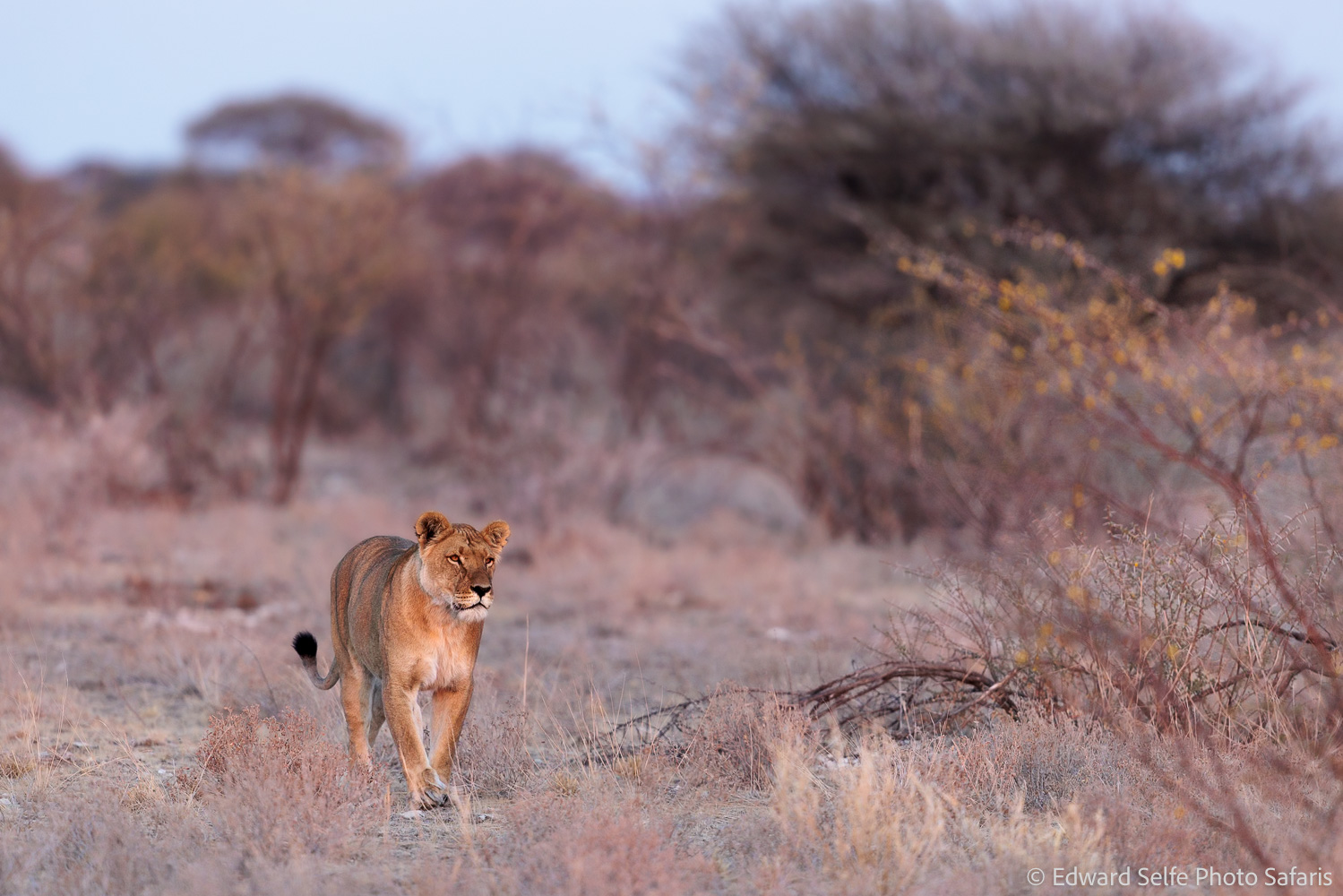
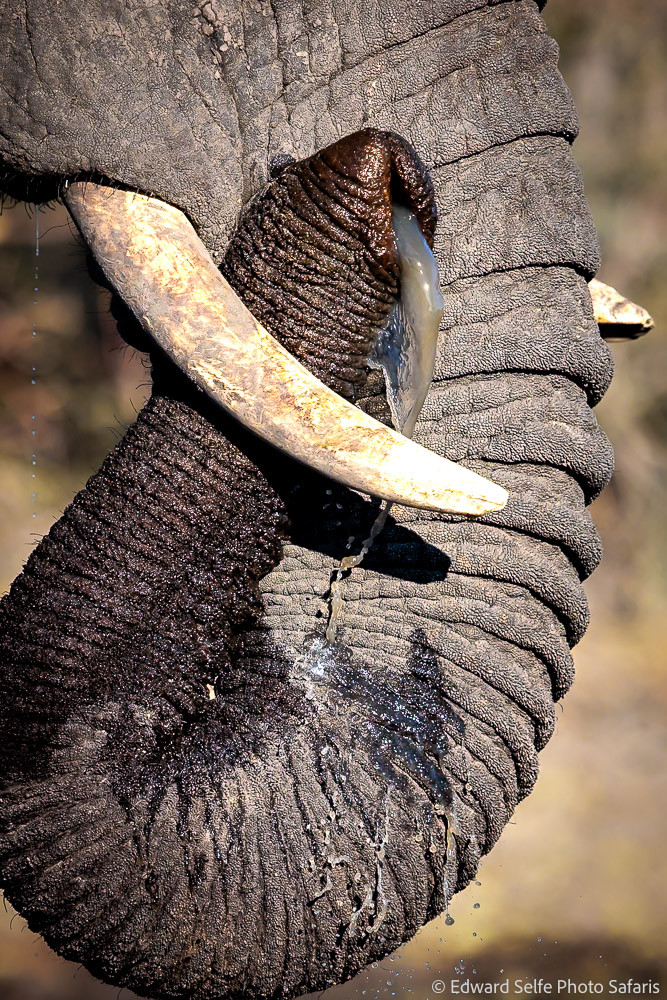
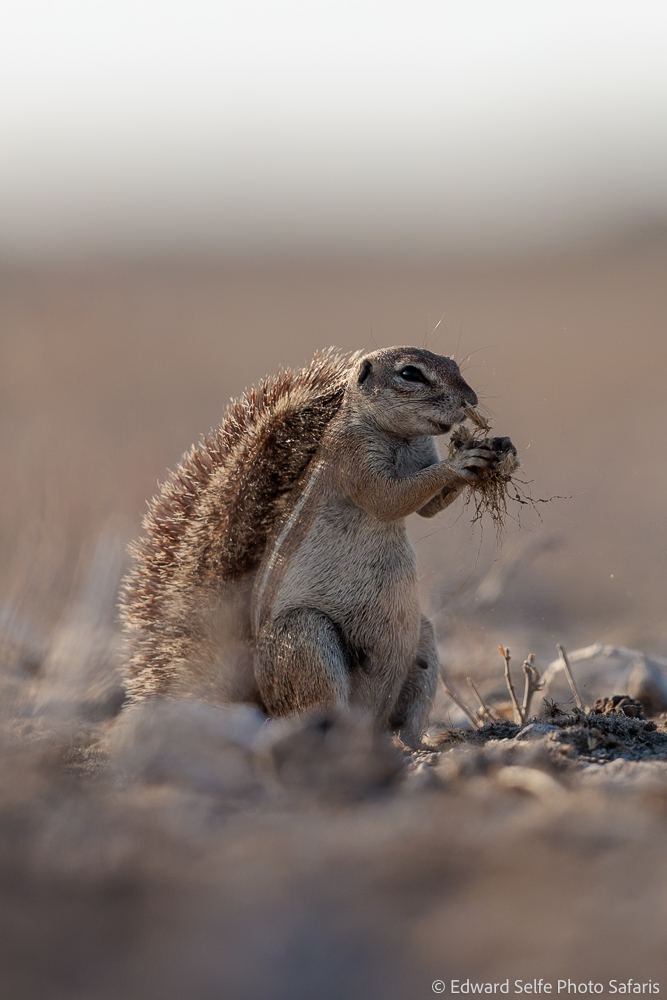
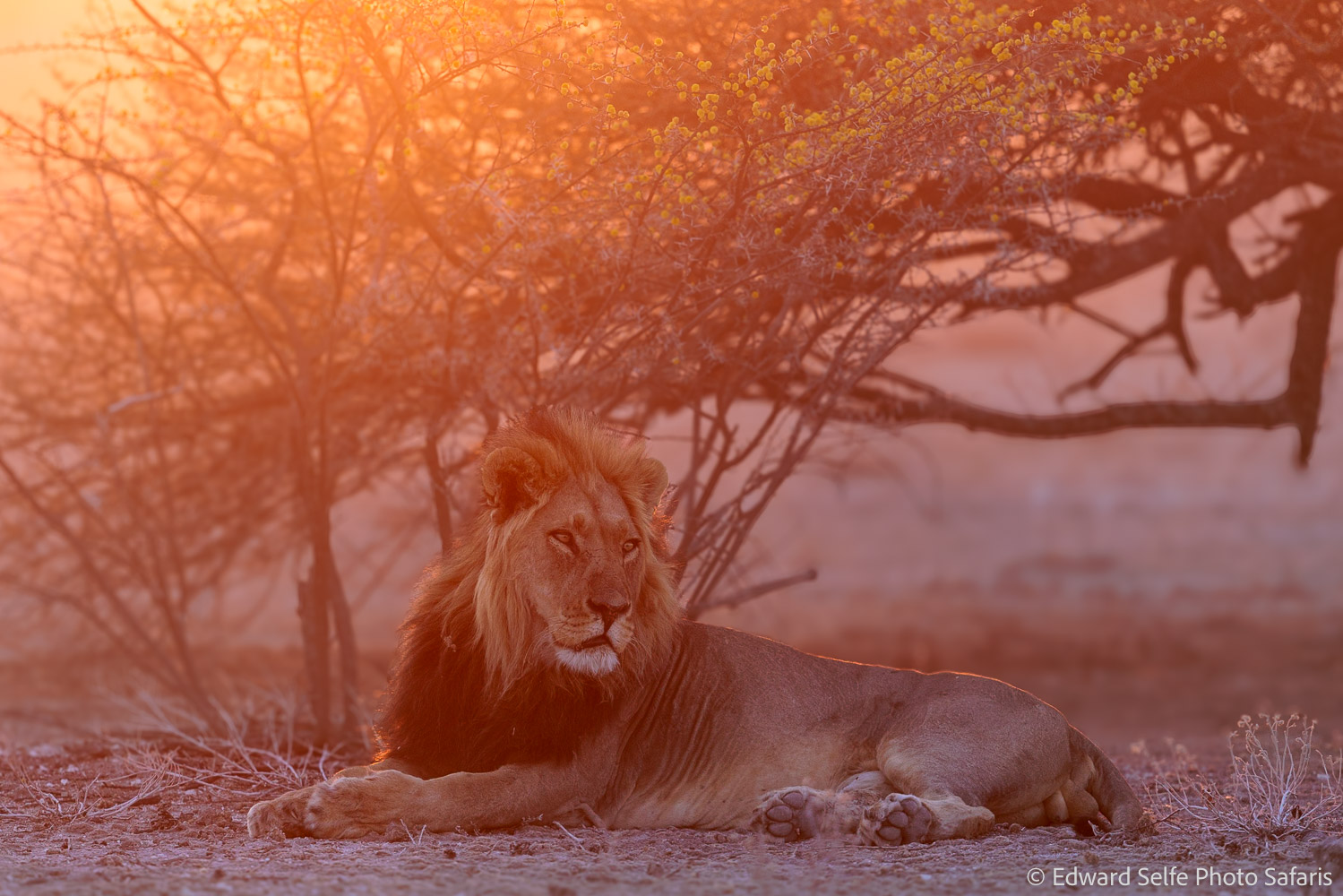
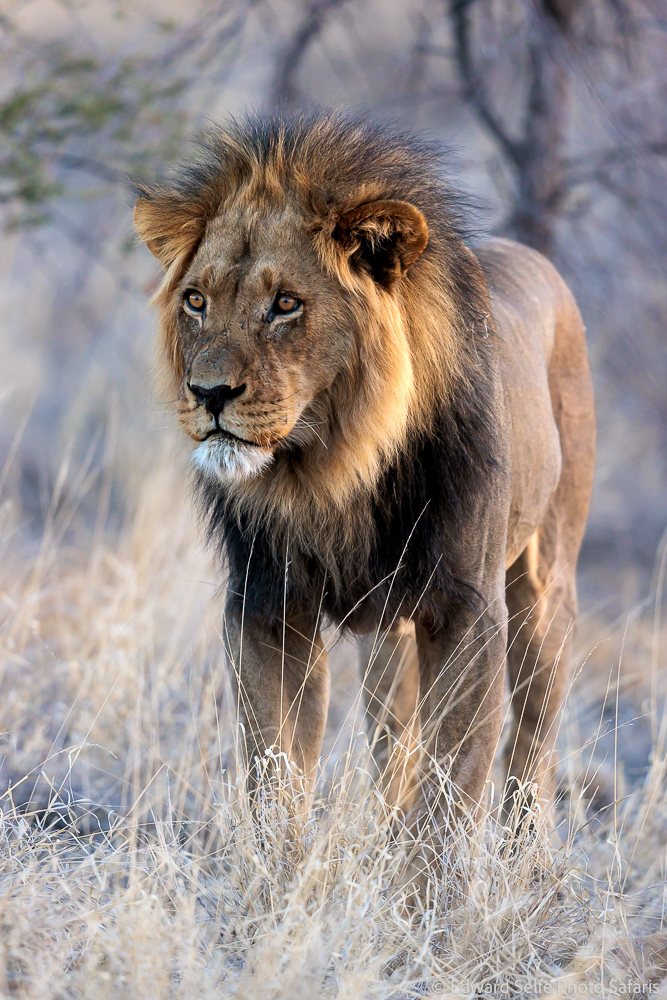
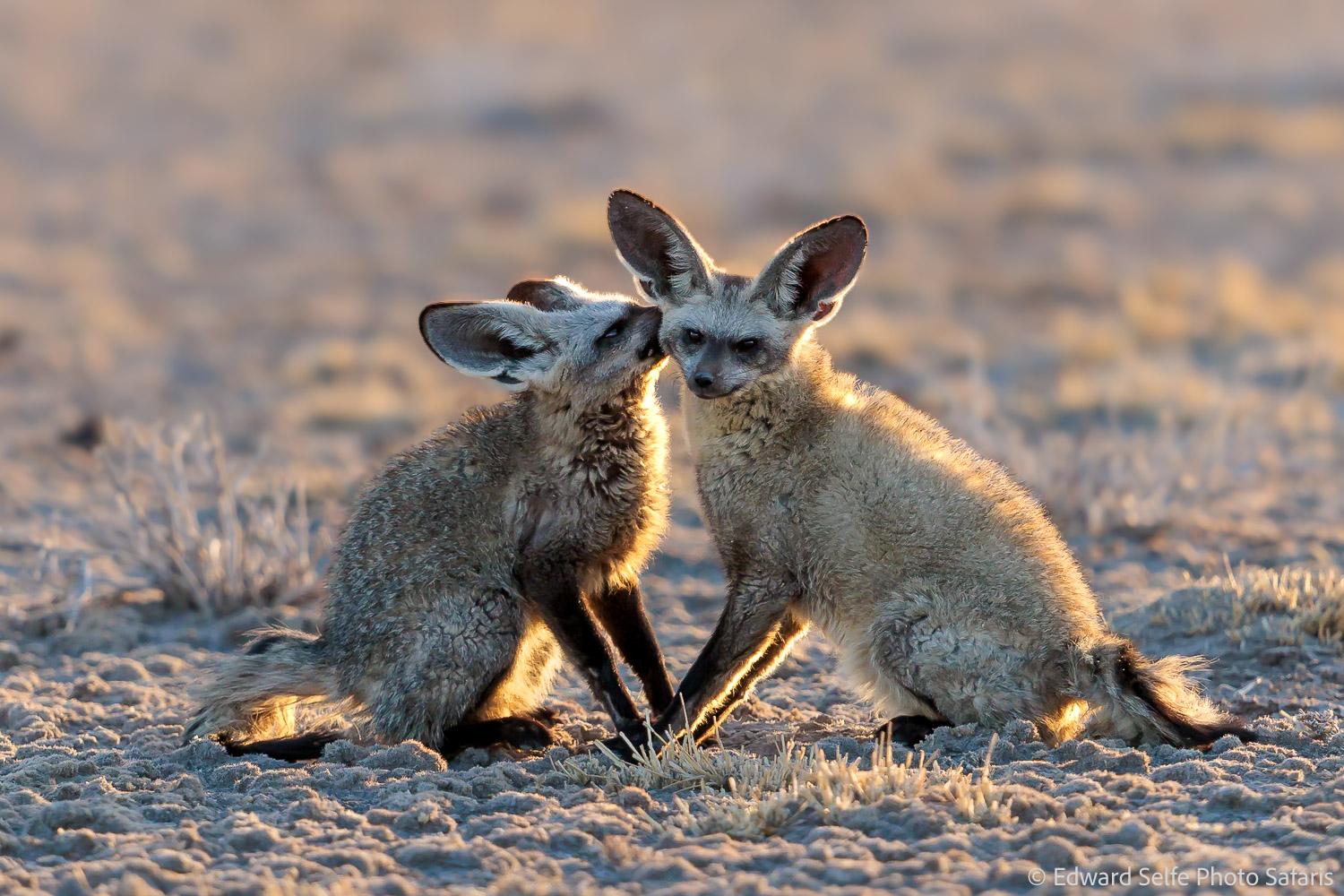
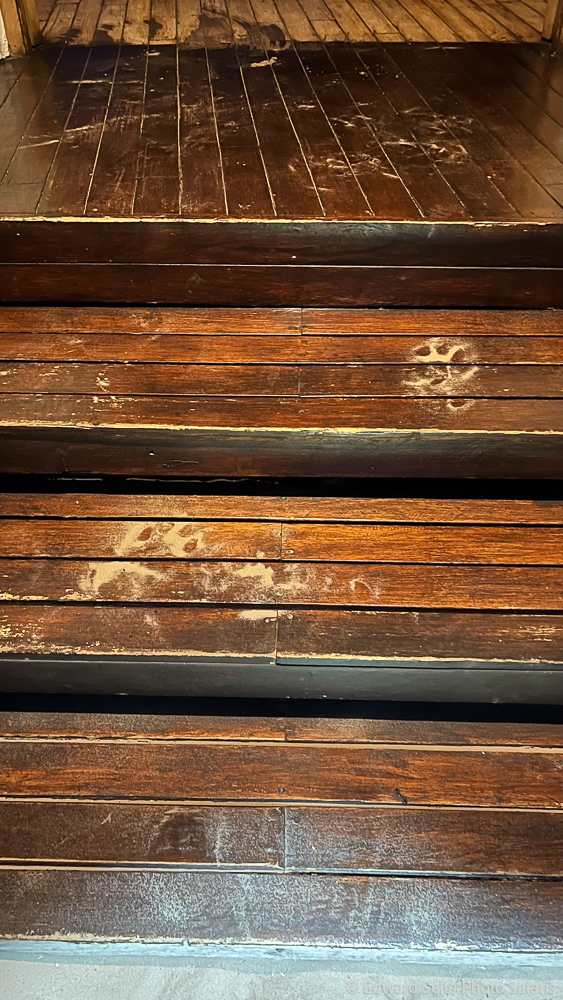
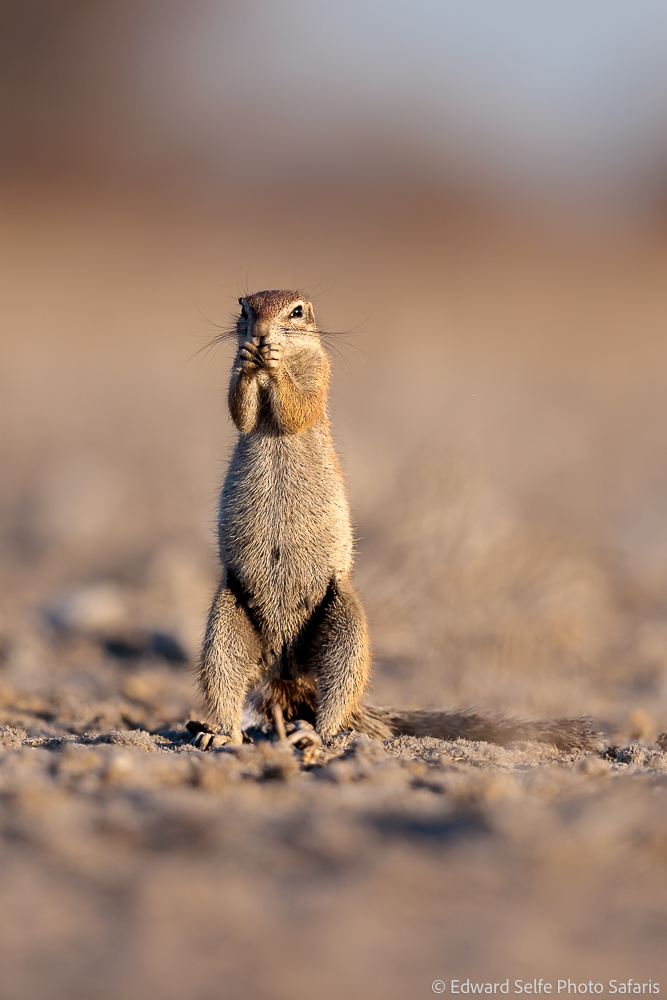
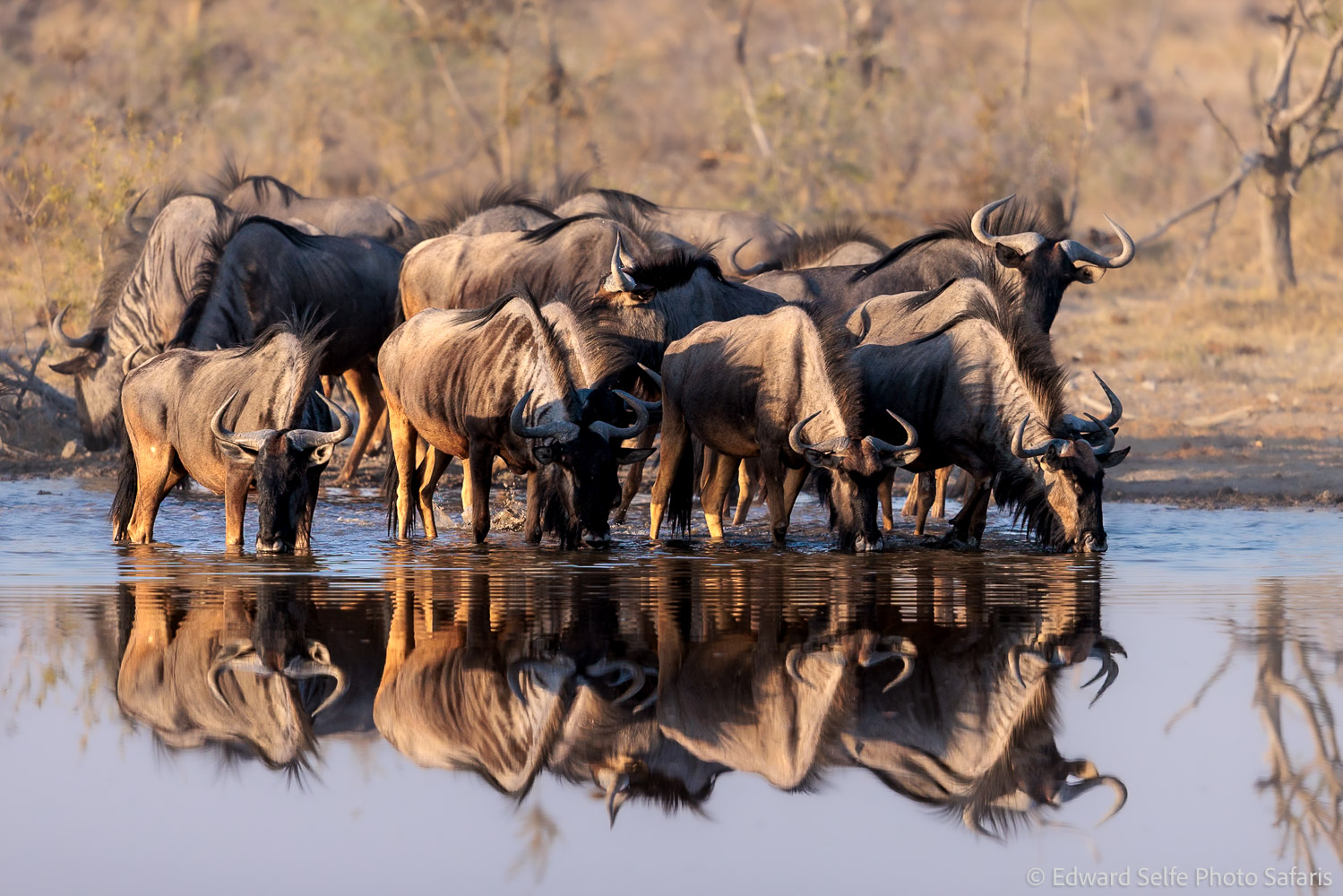
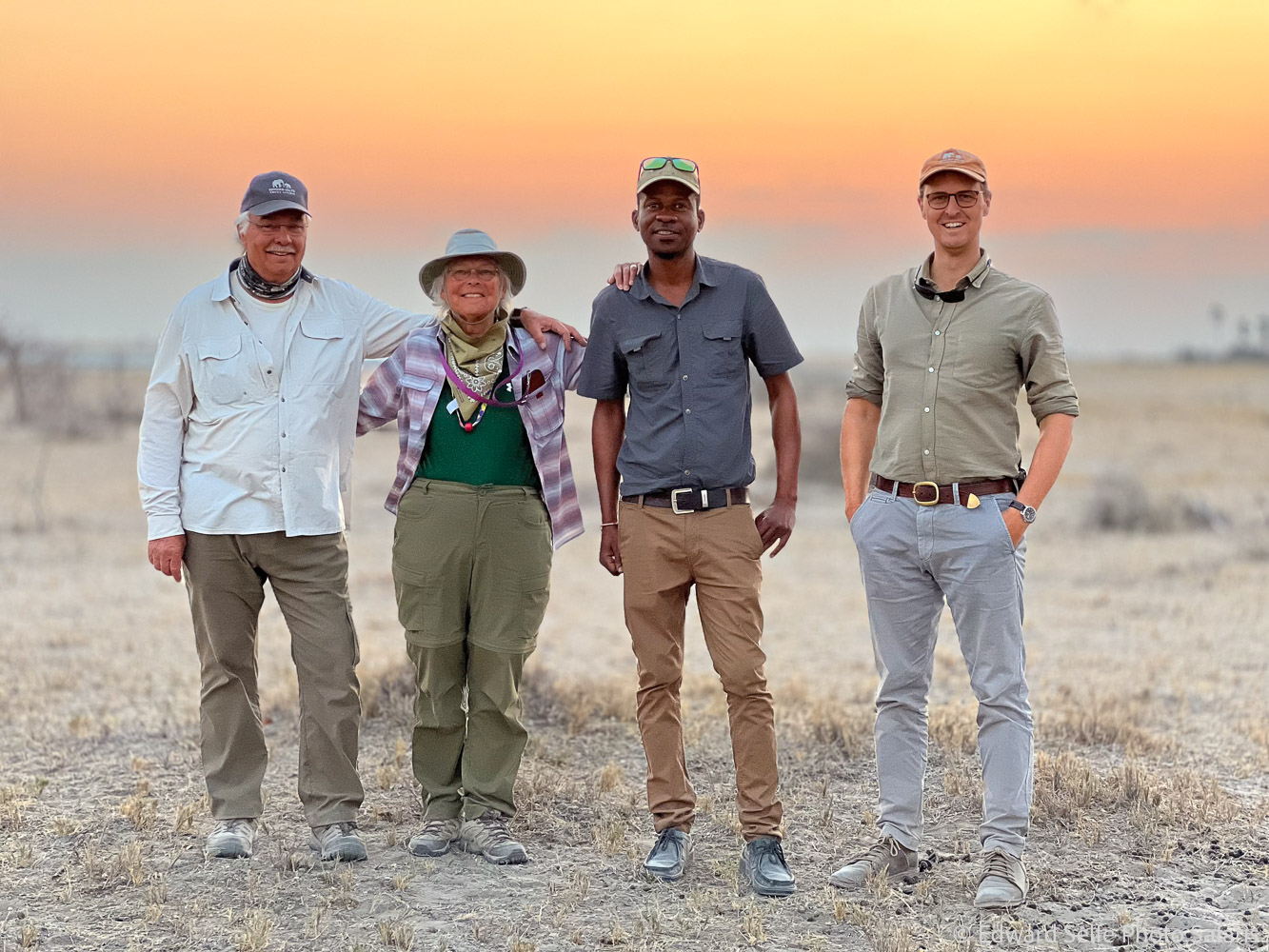
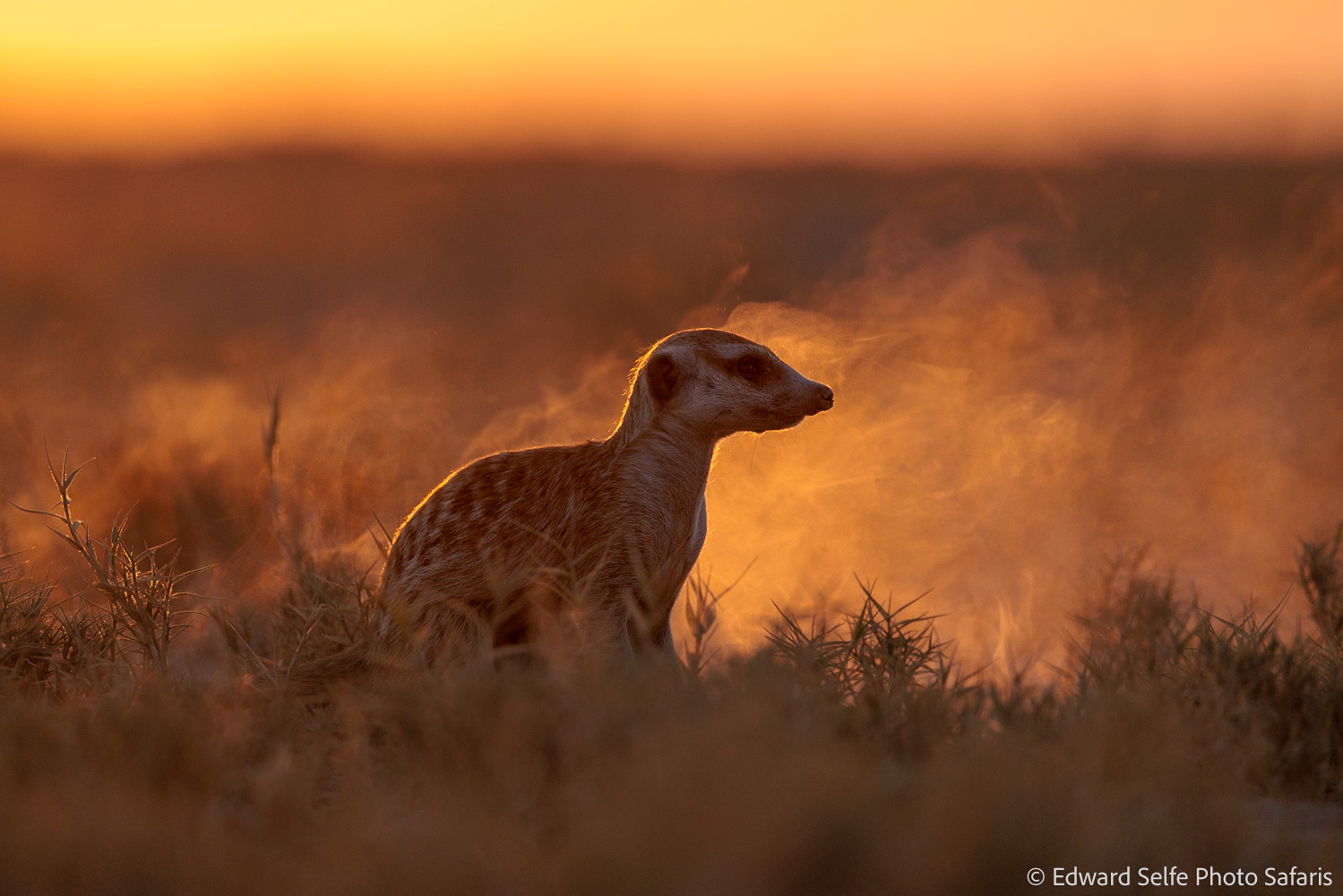
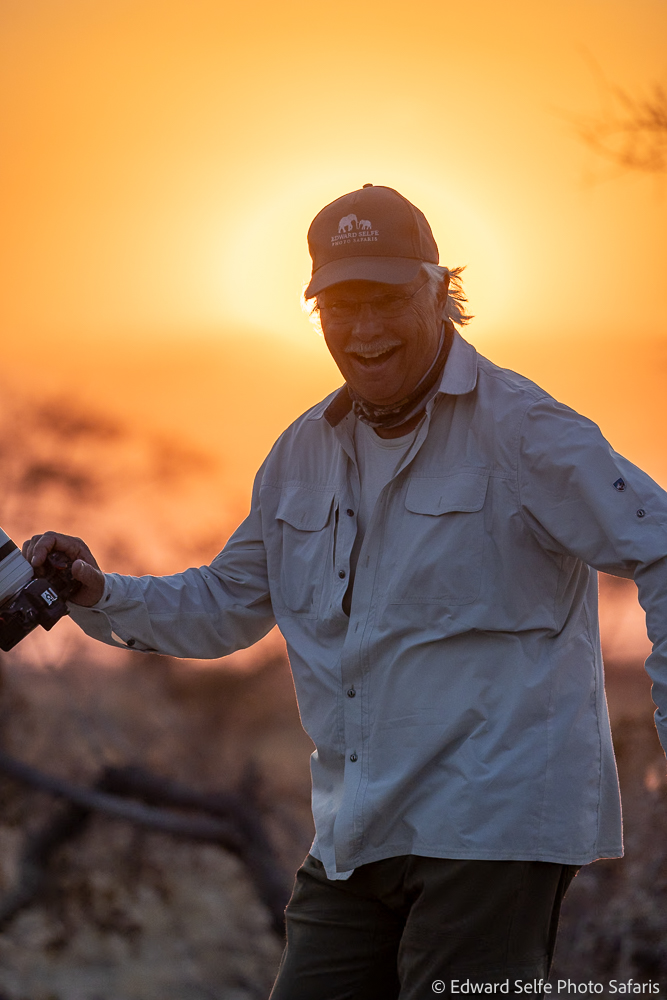
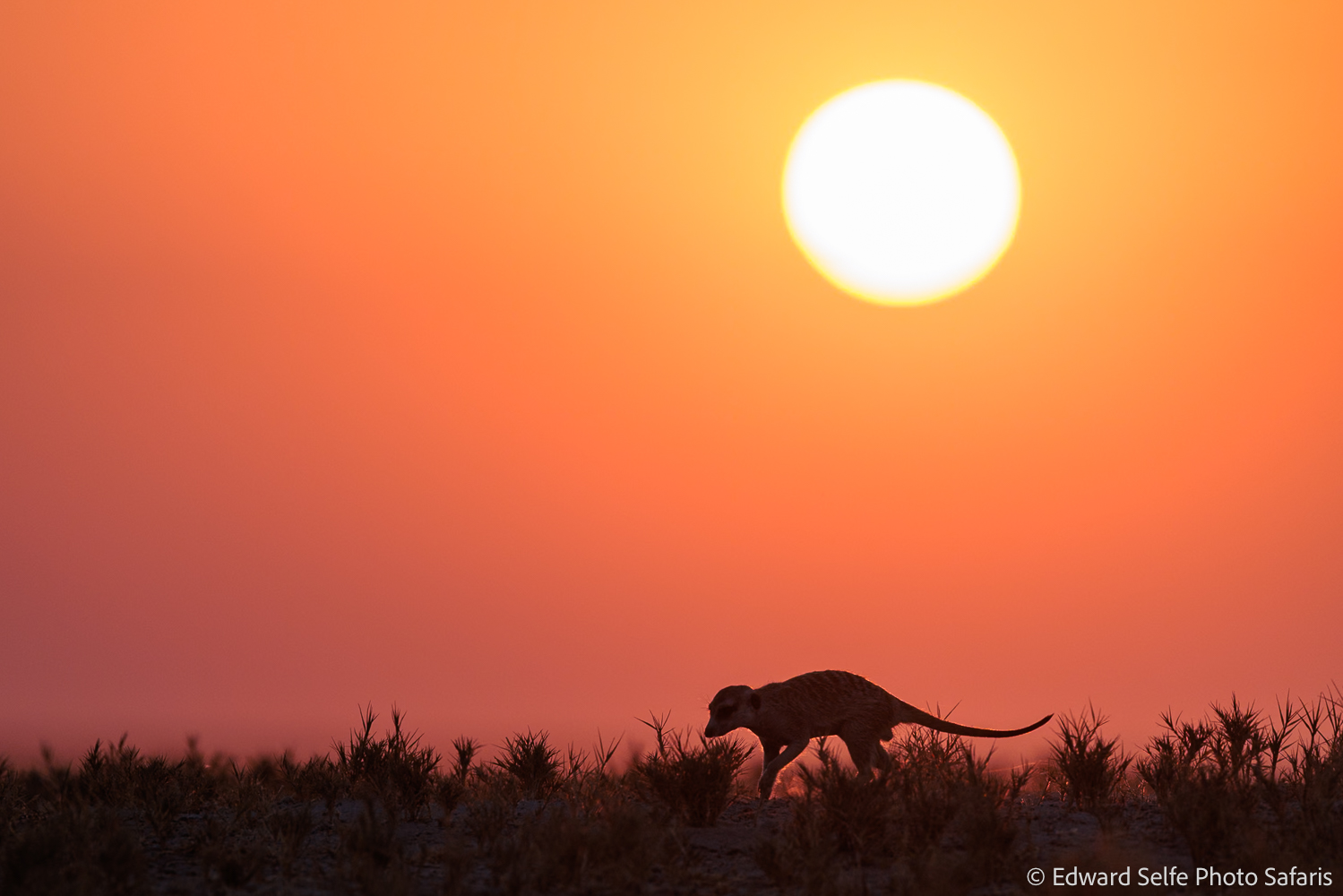
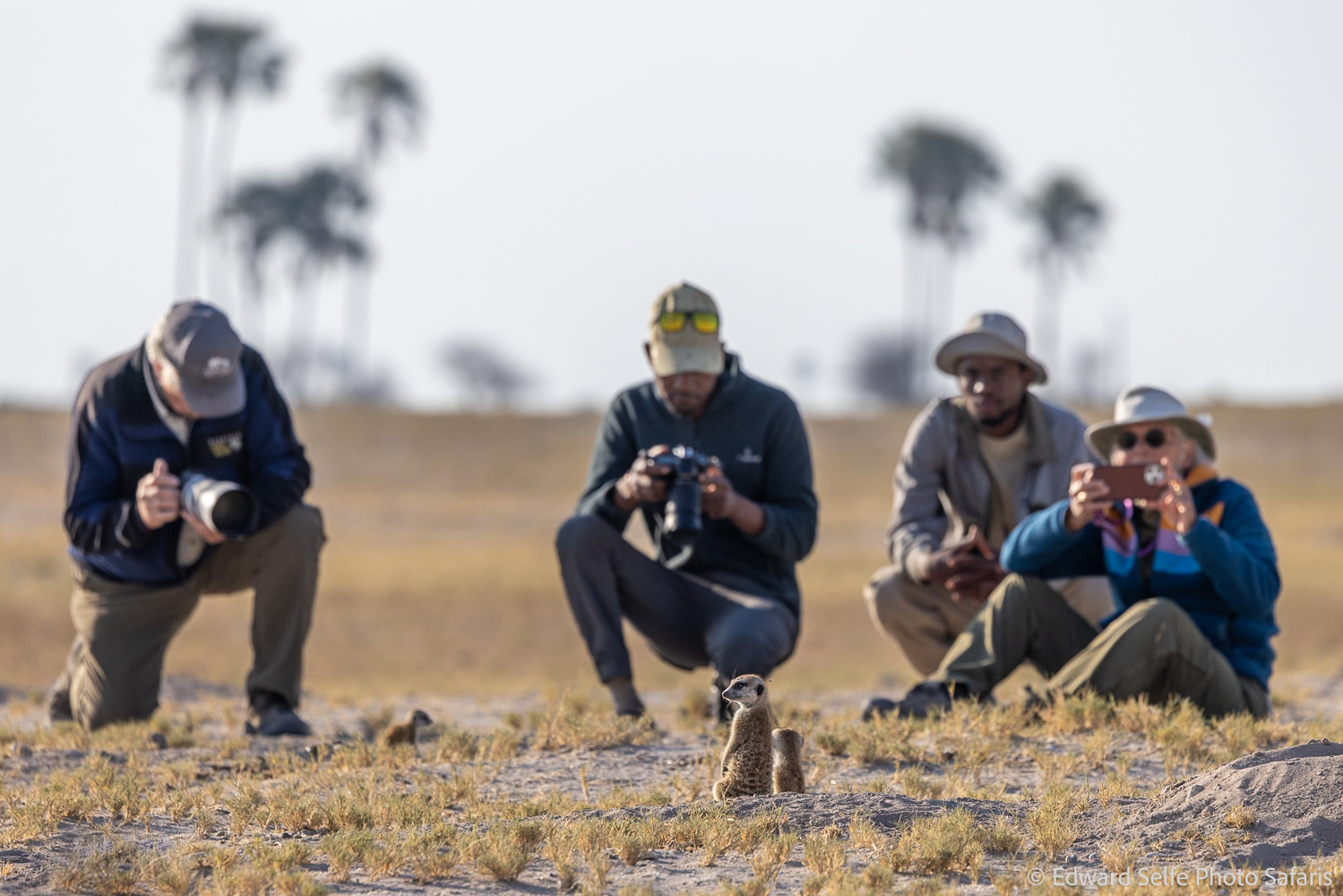
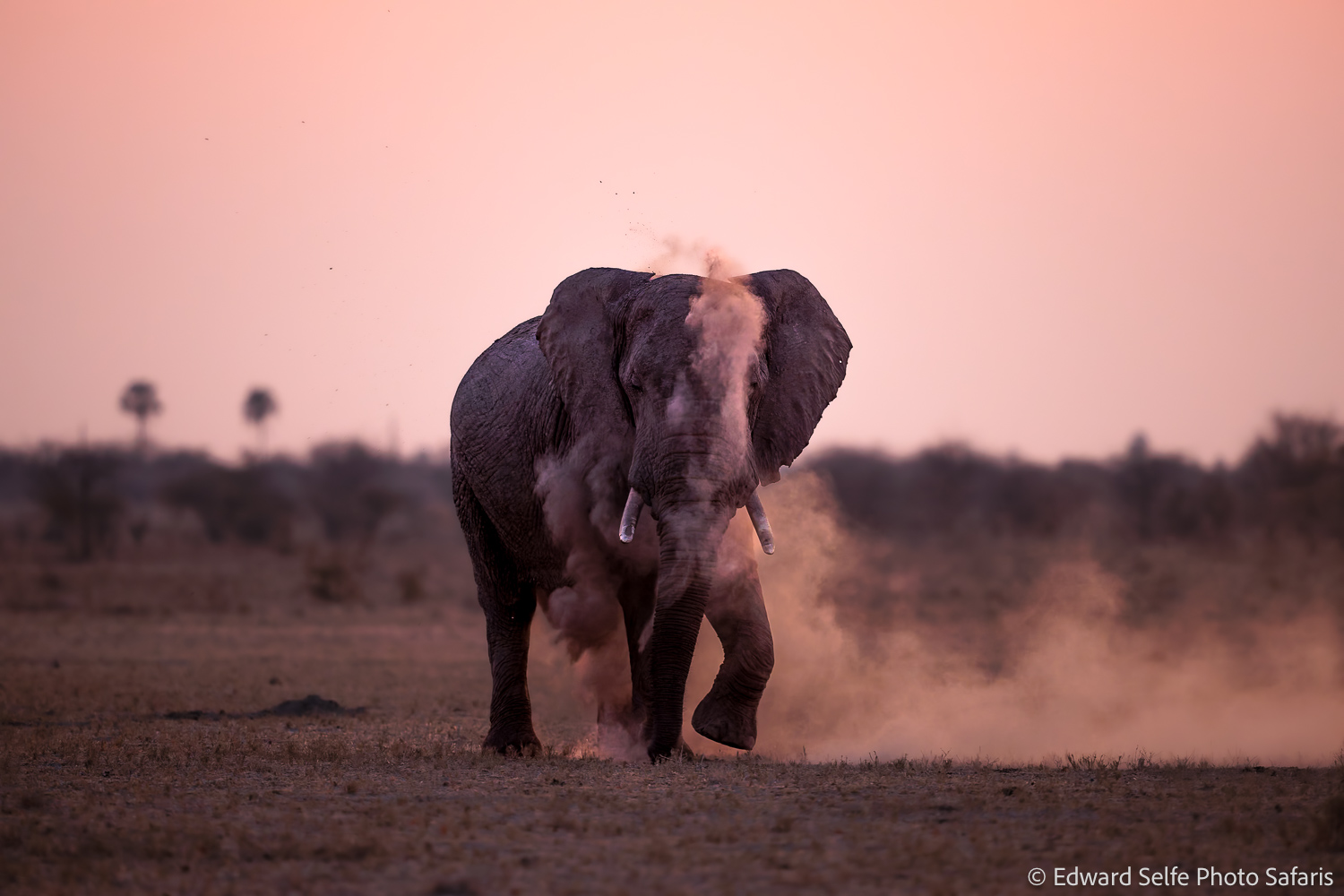
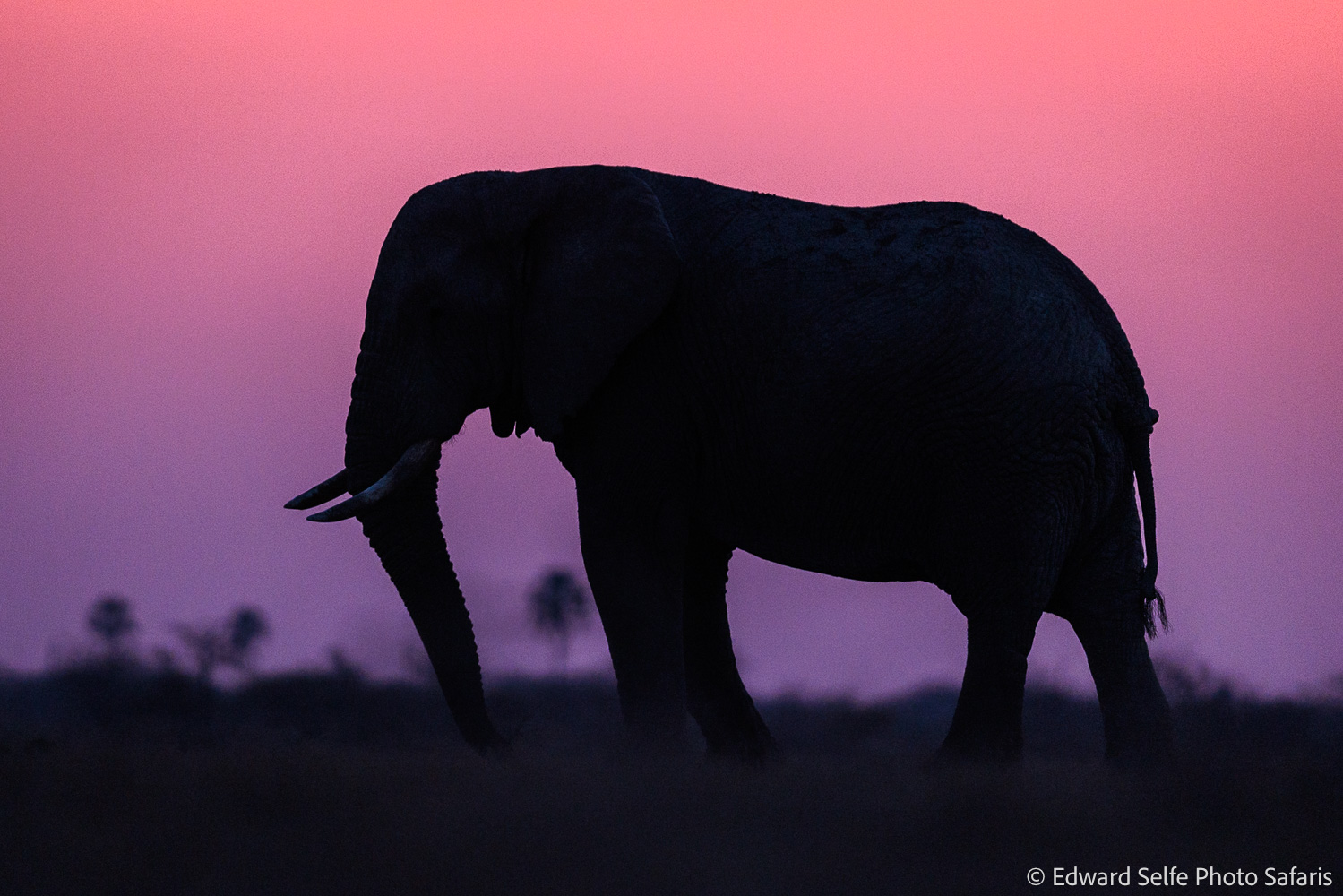
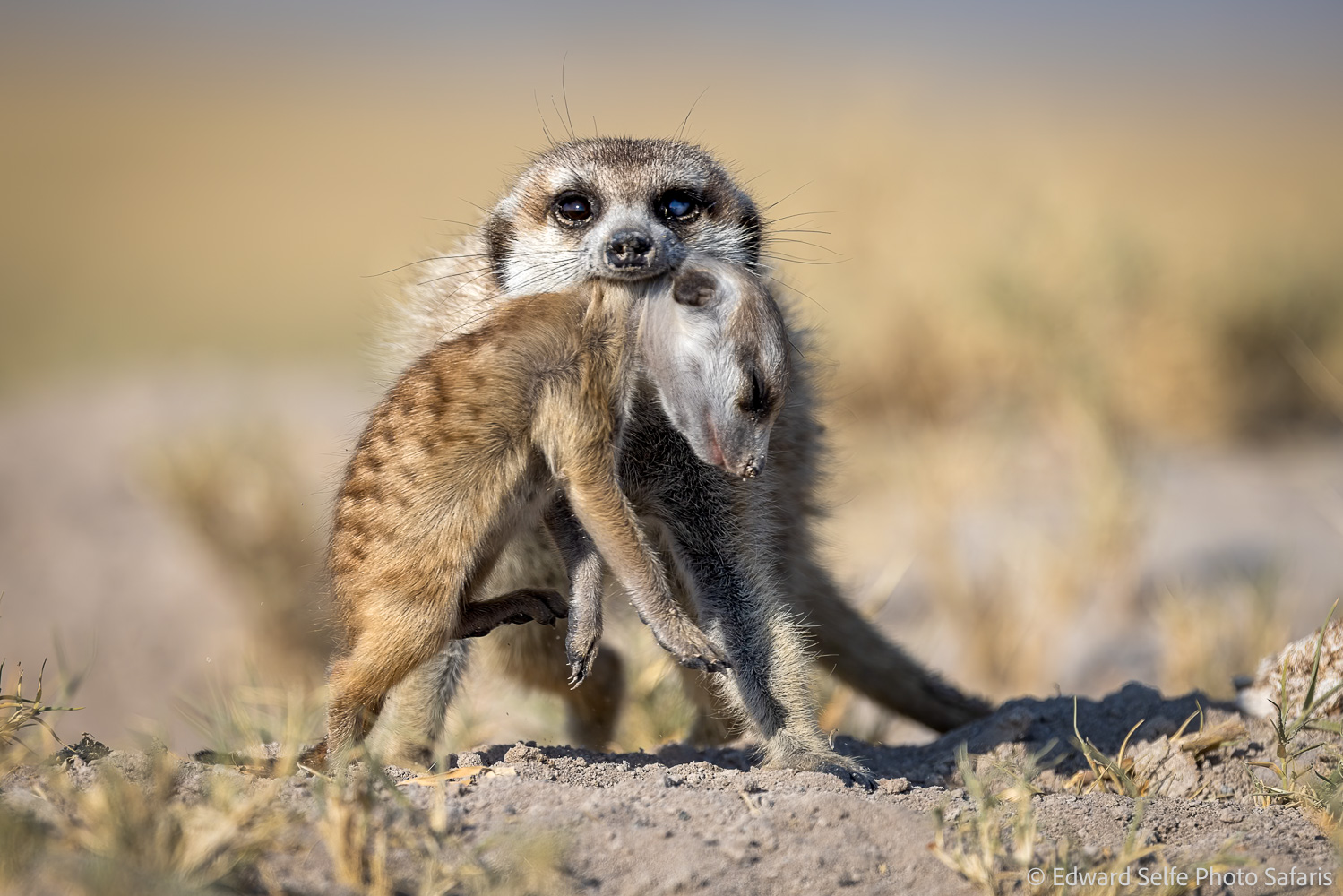
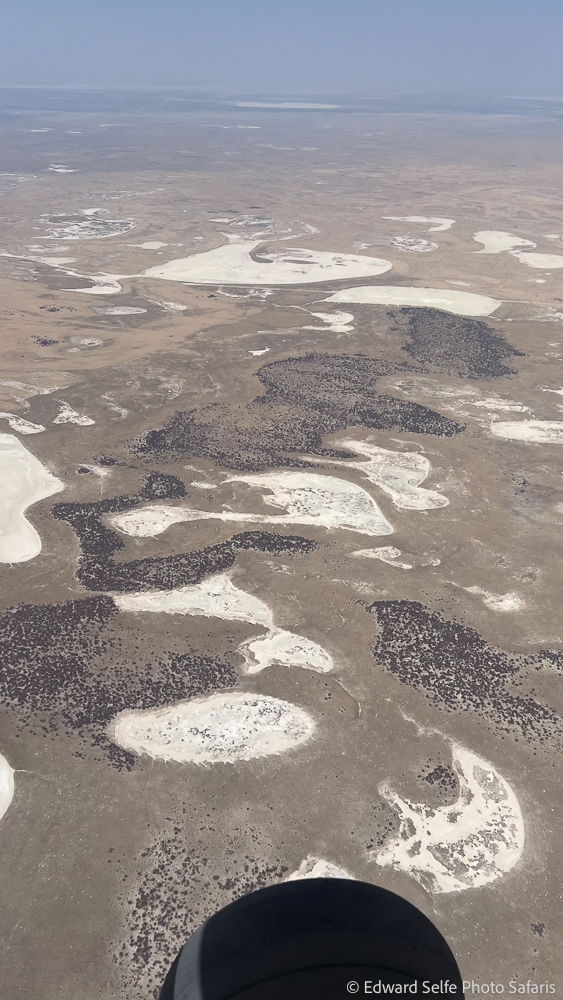
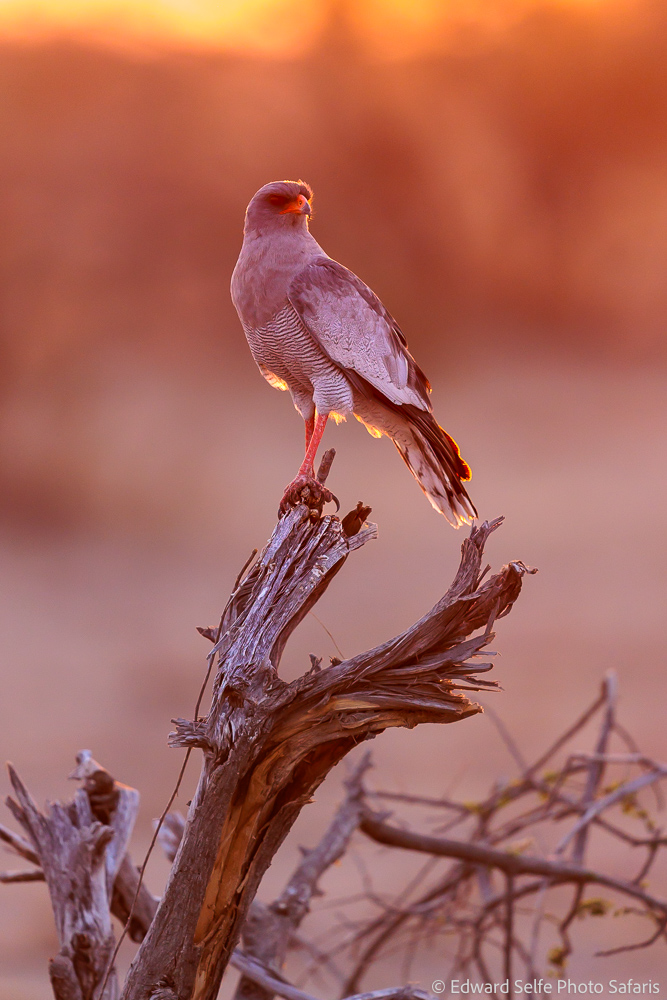
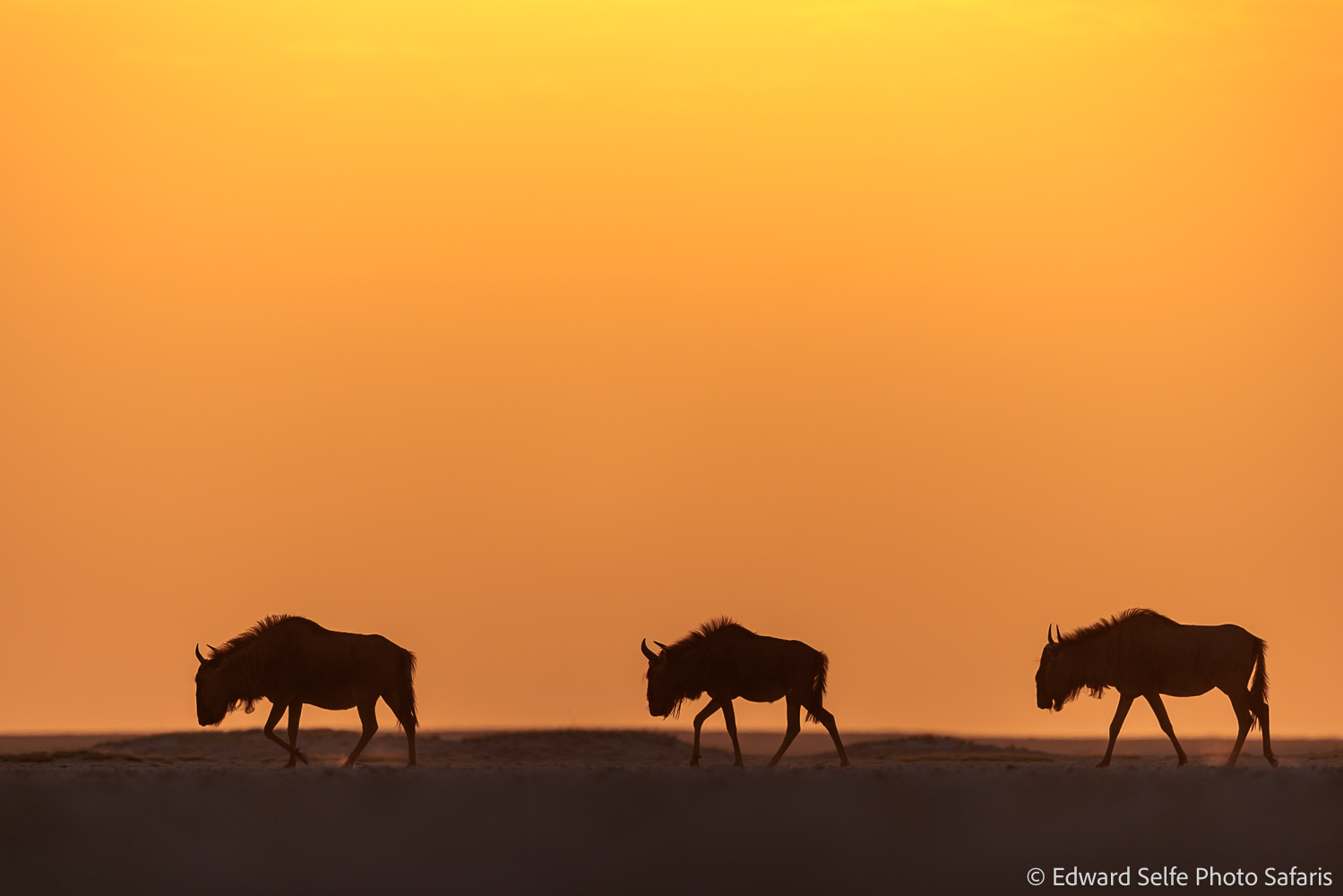
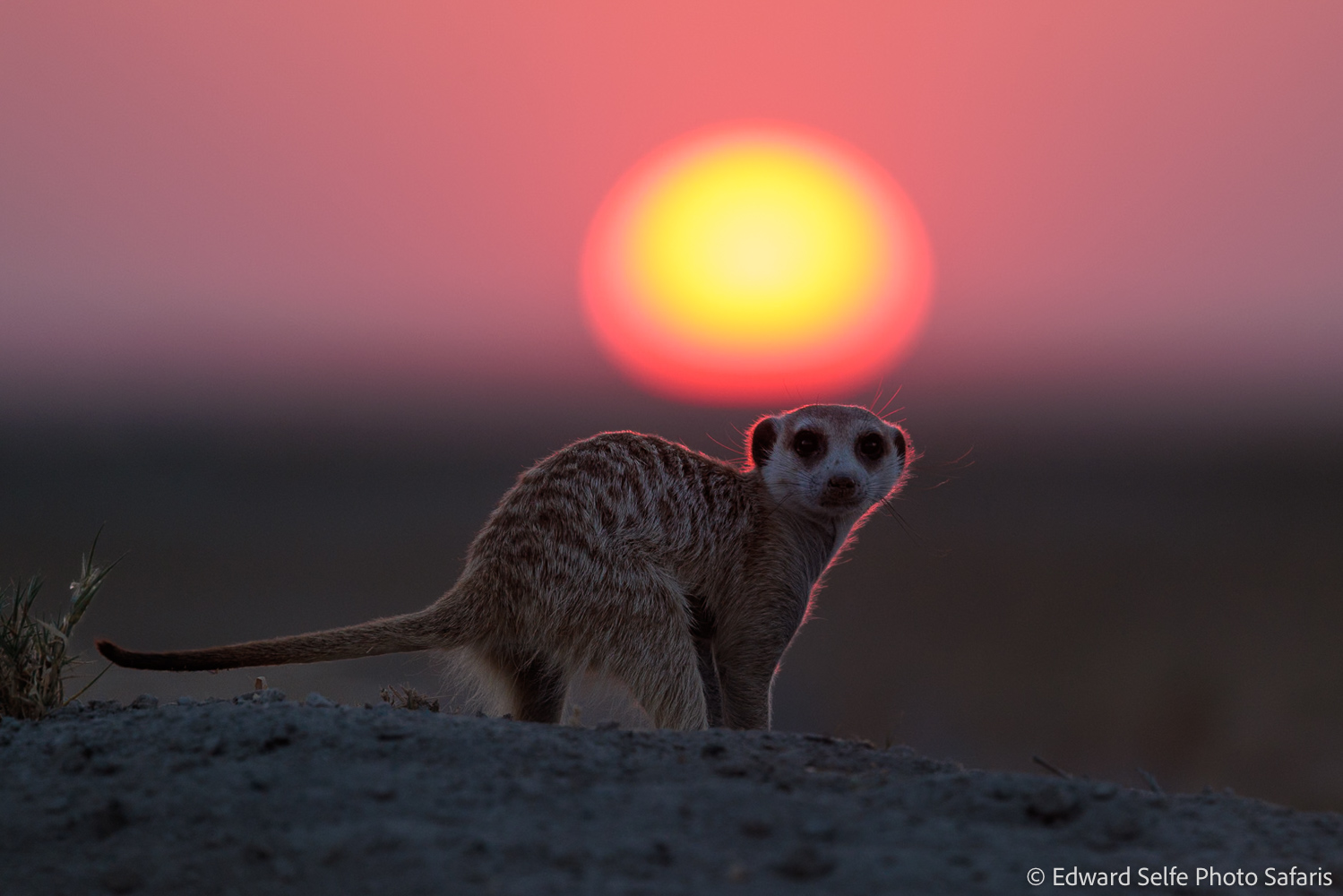

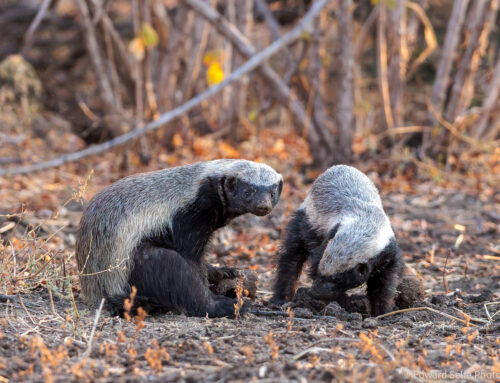
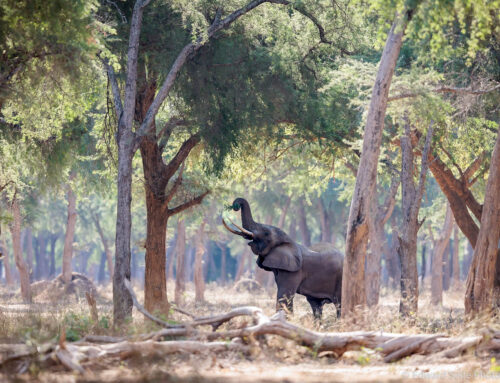
Leave A Comment